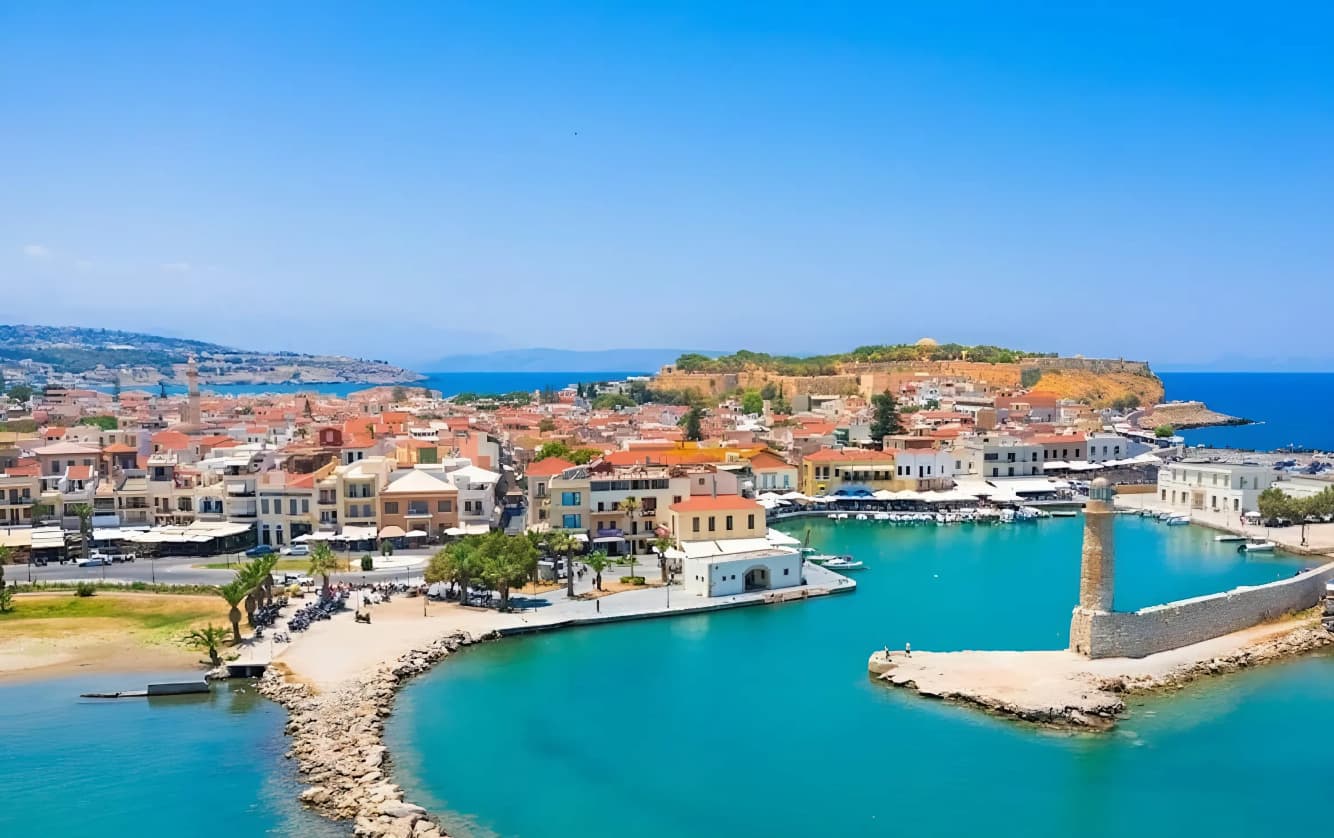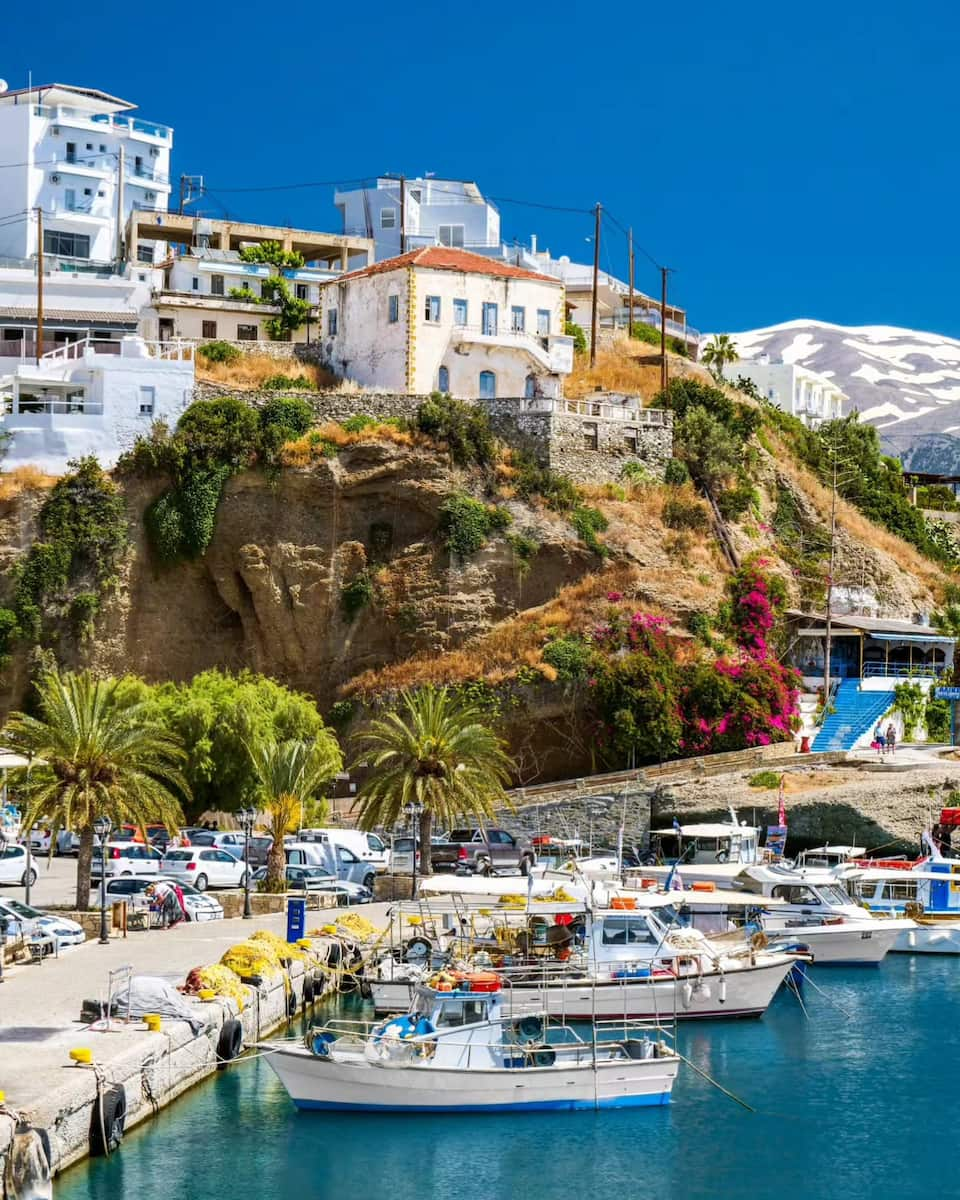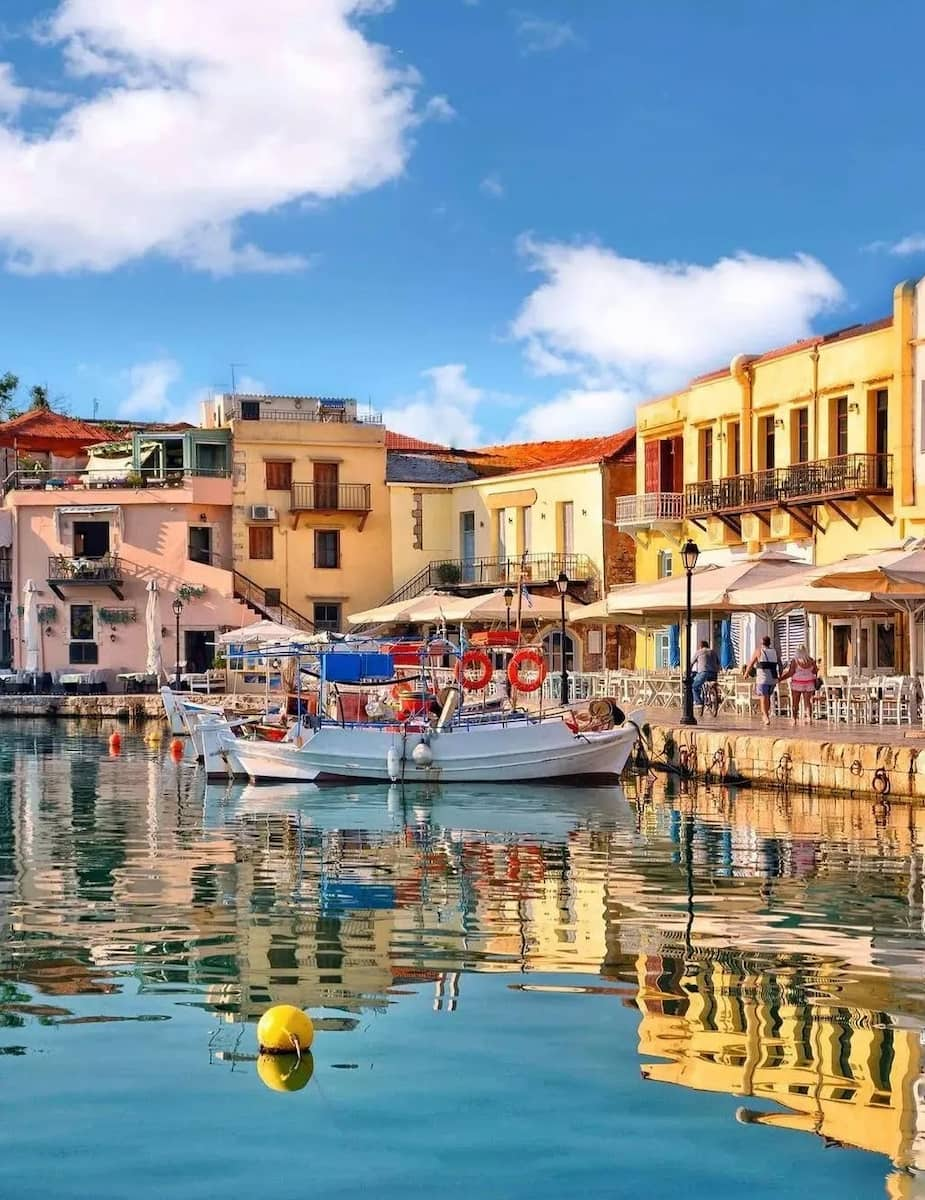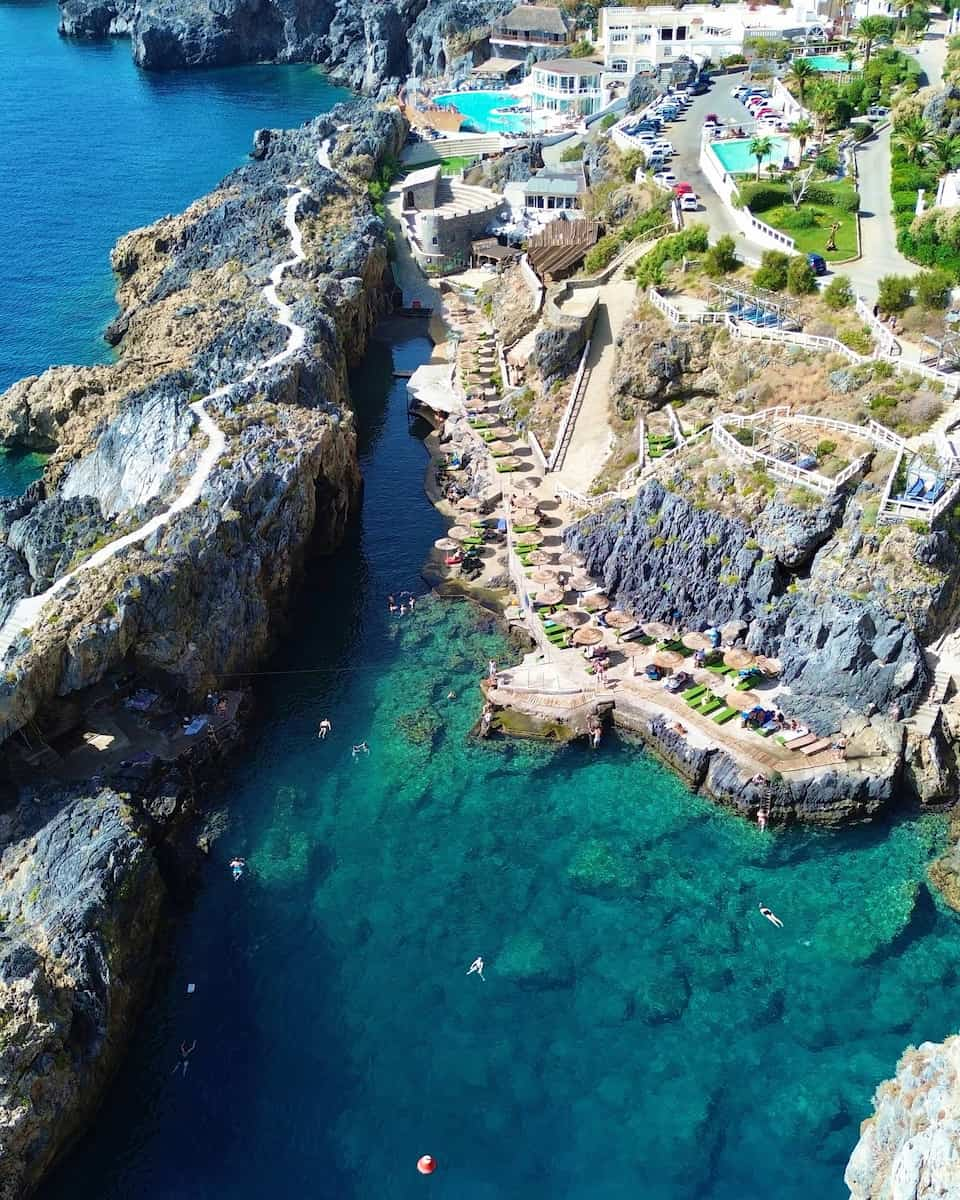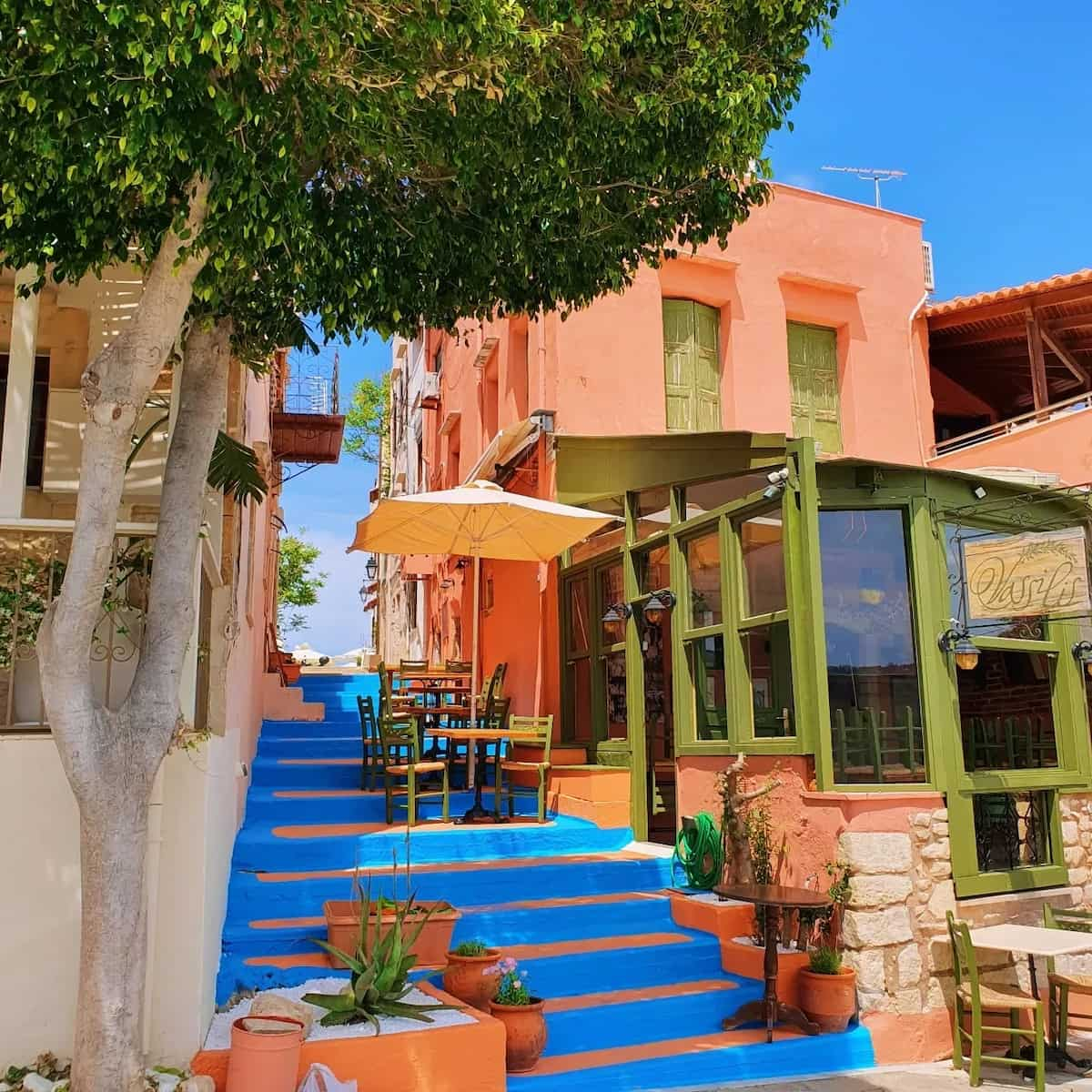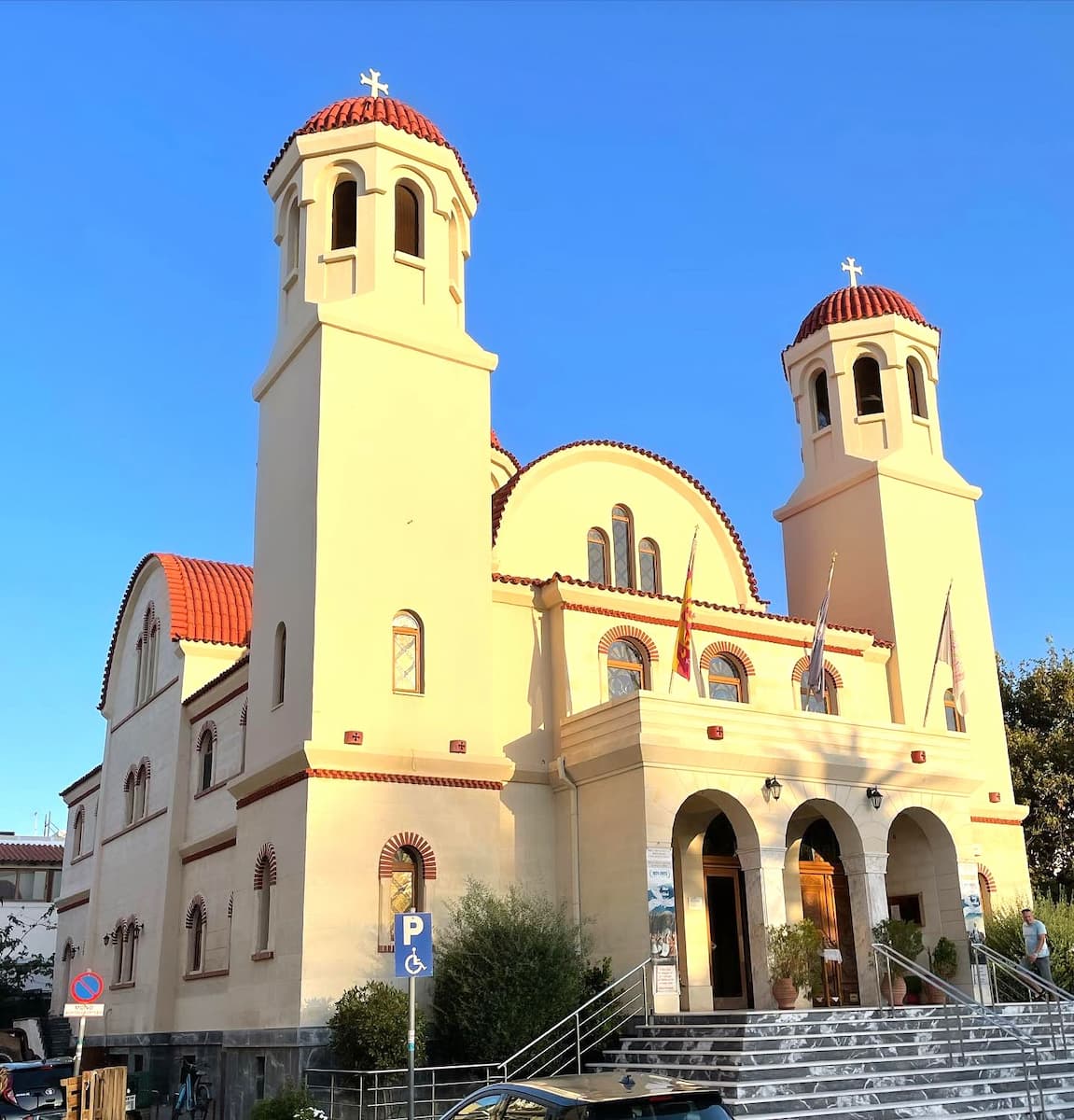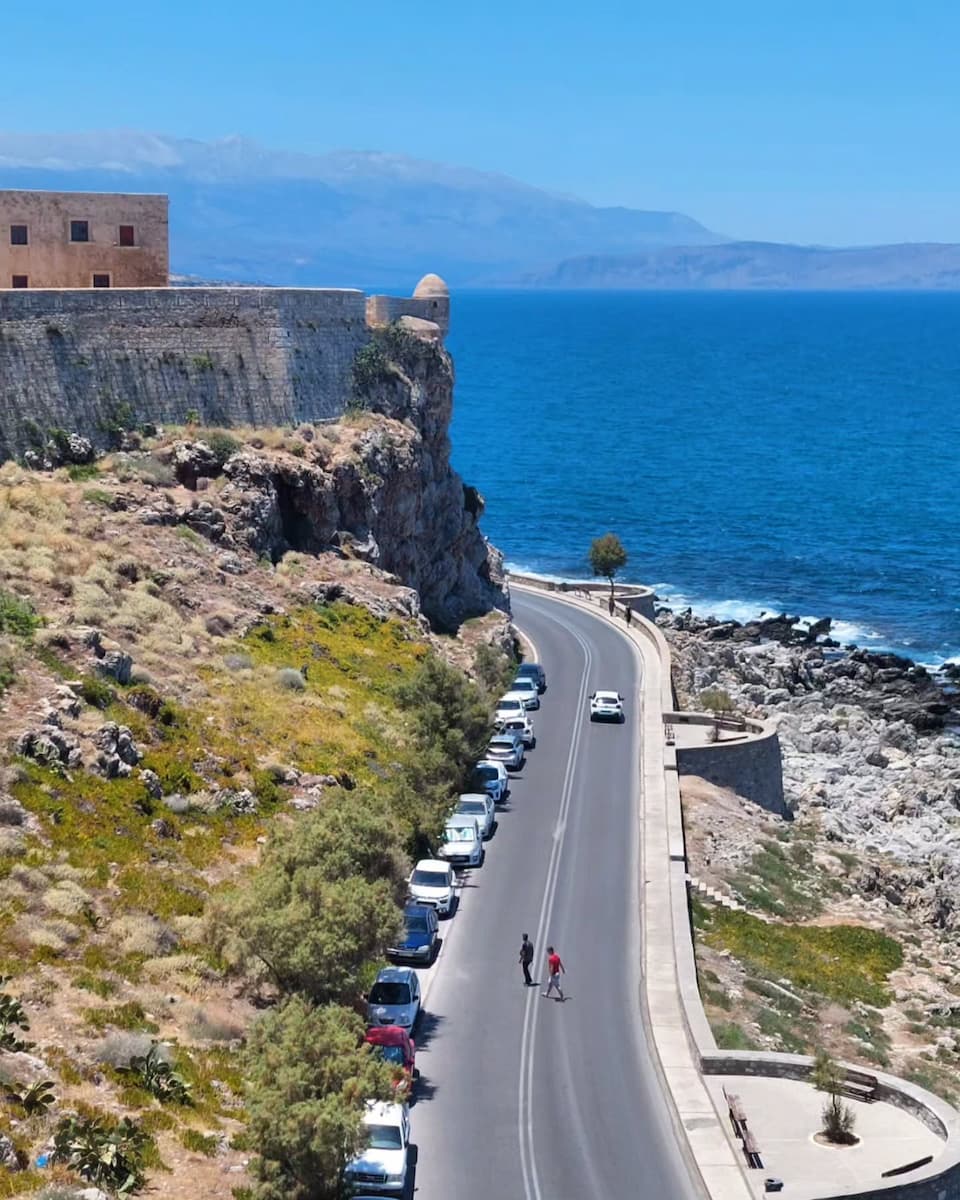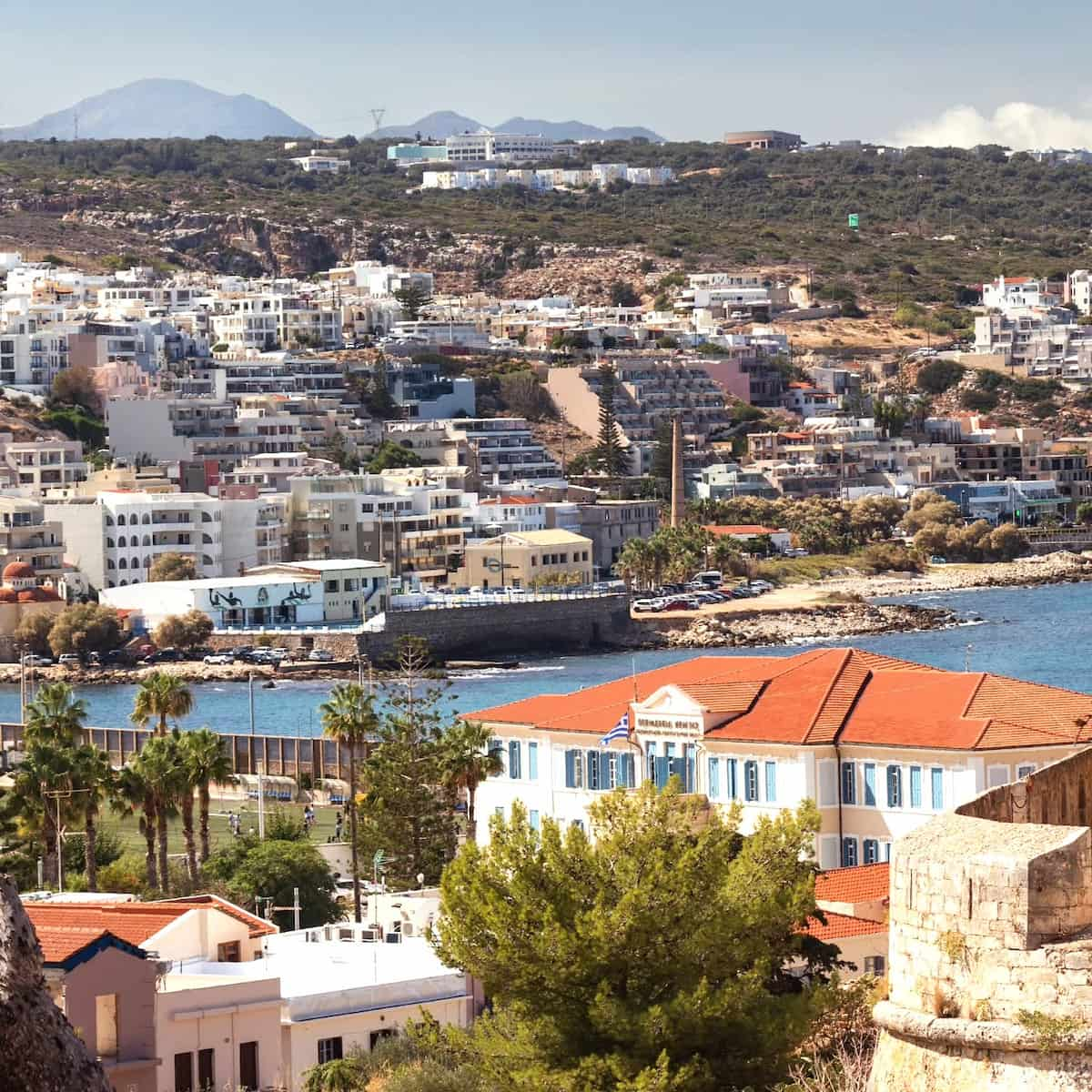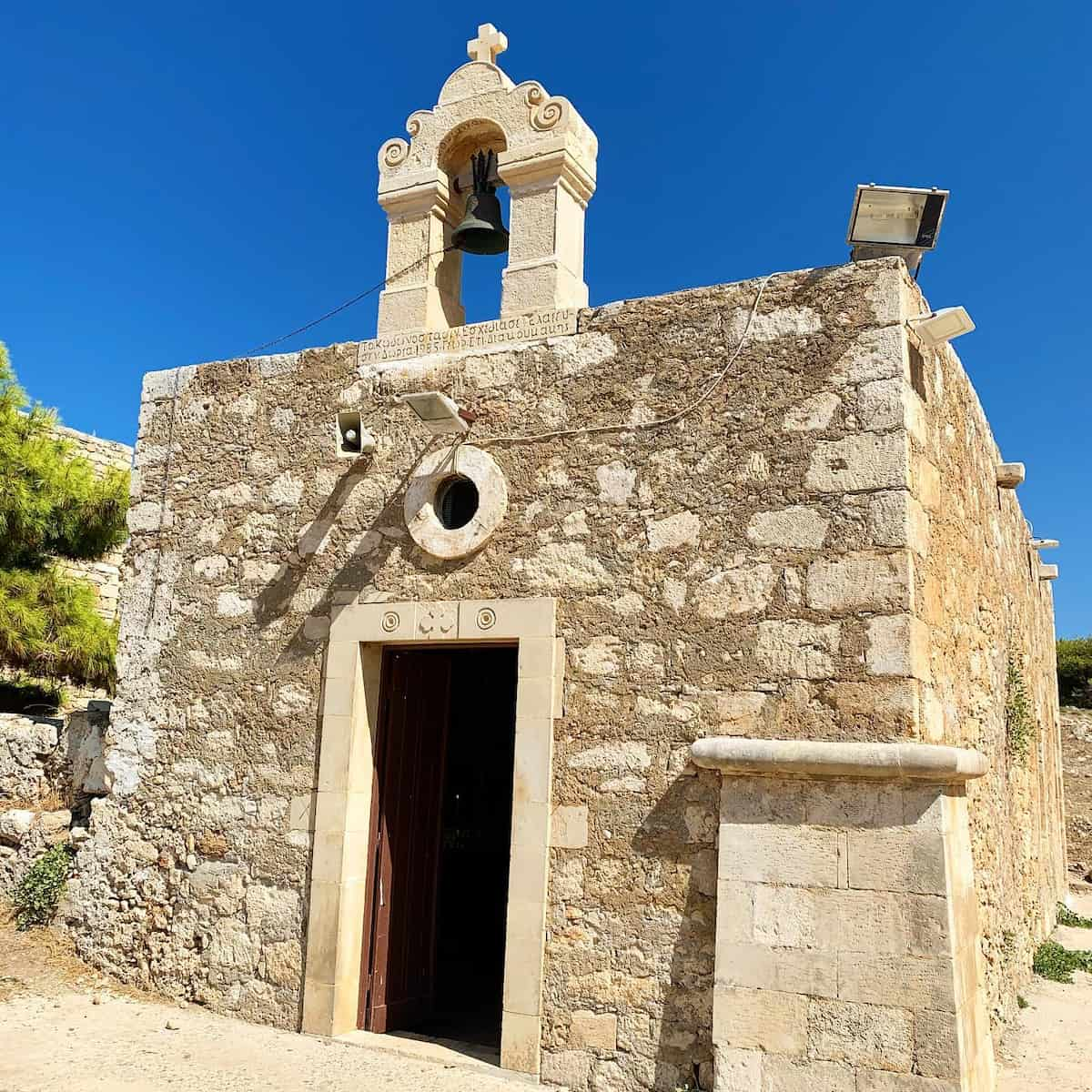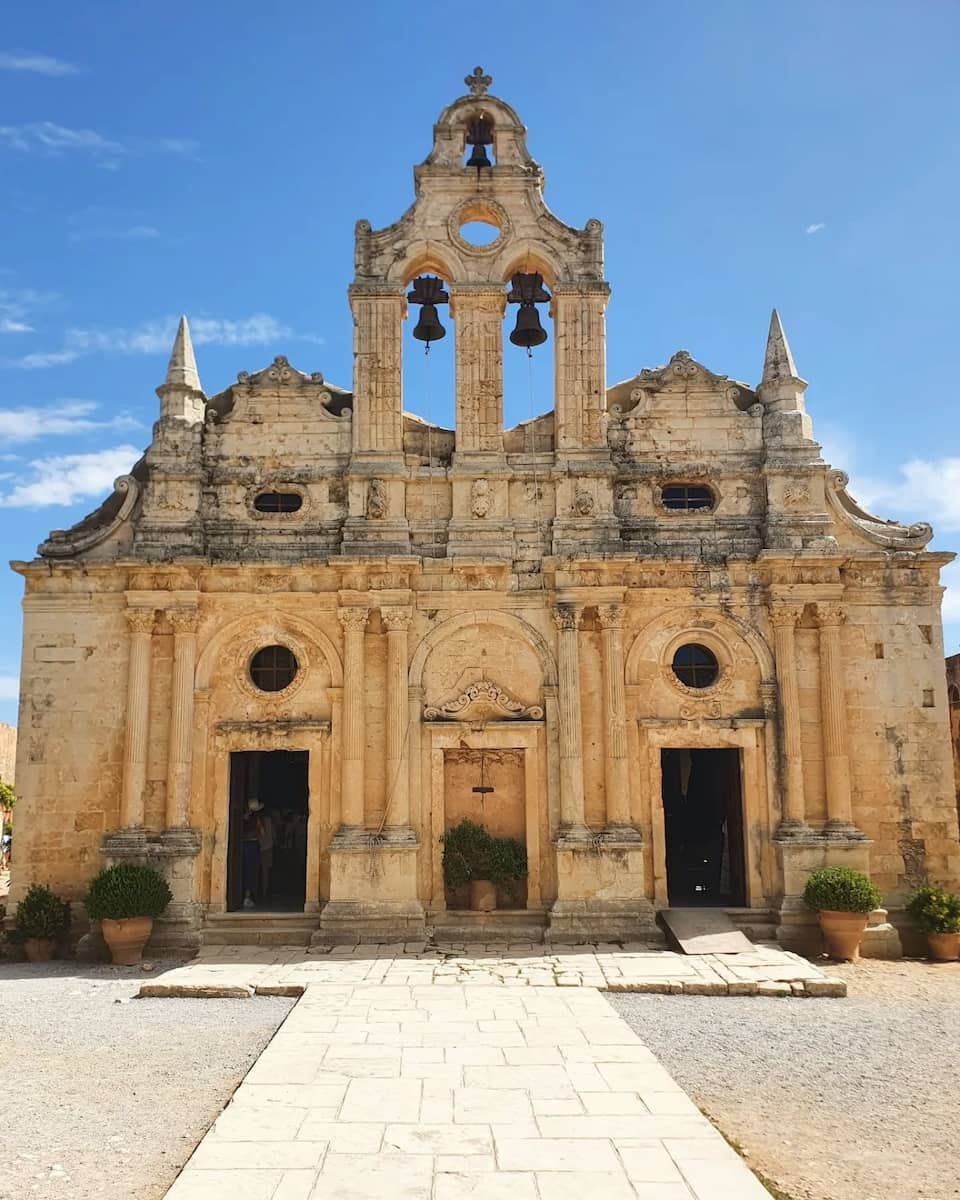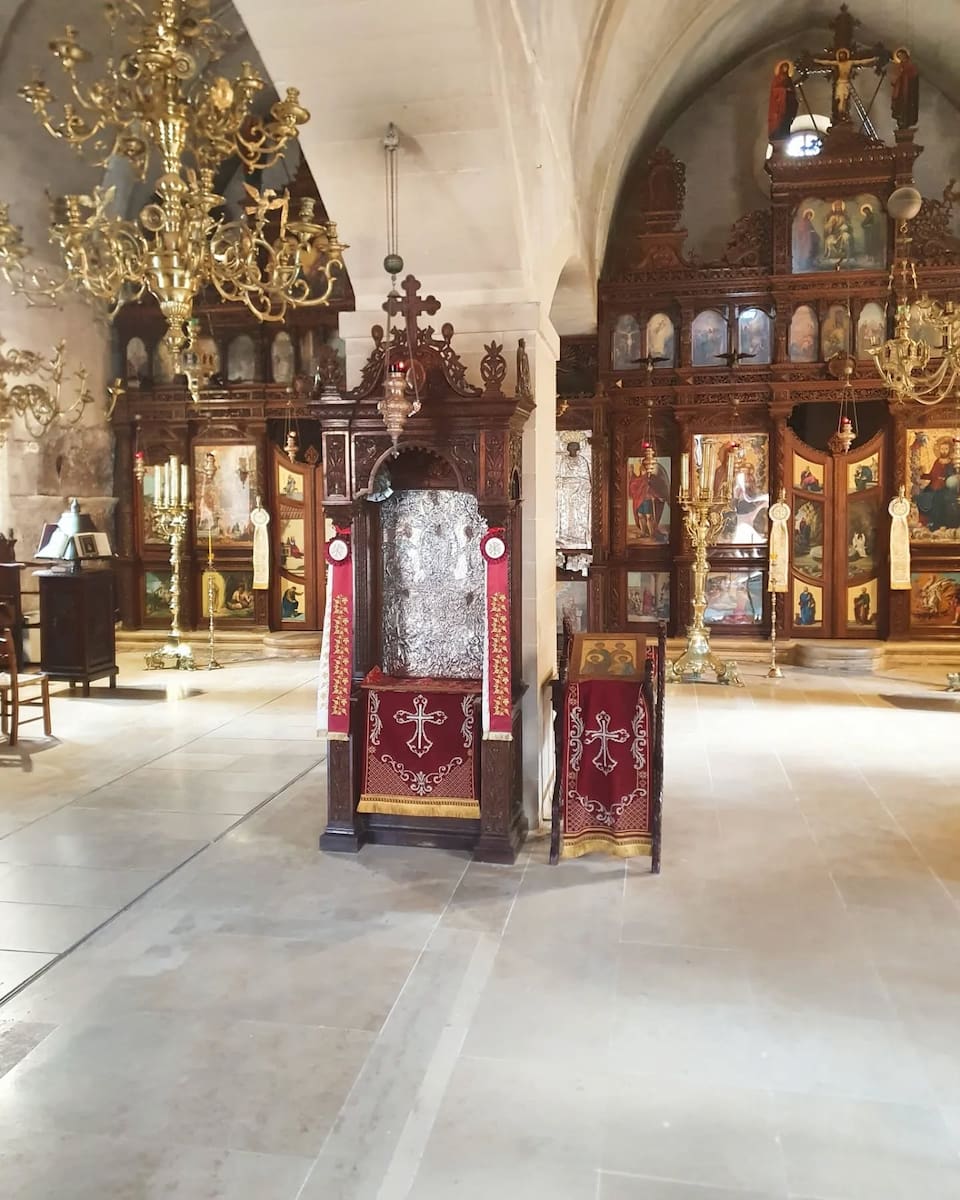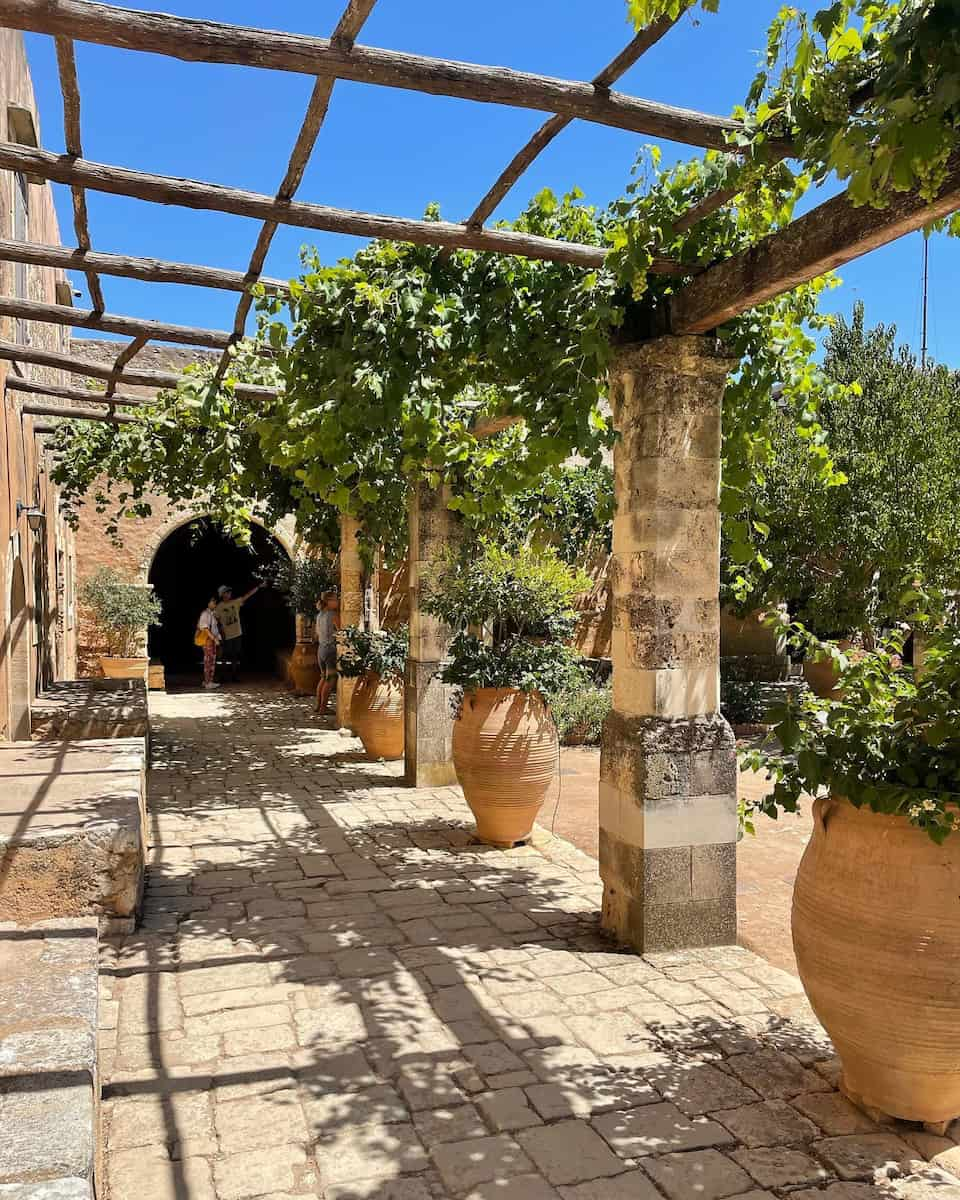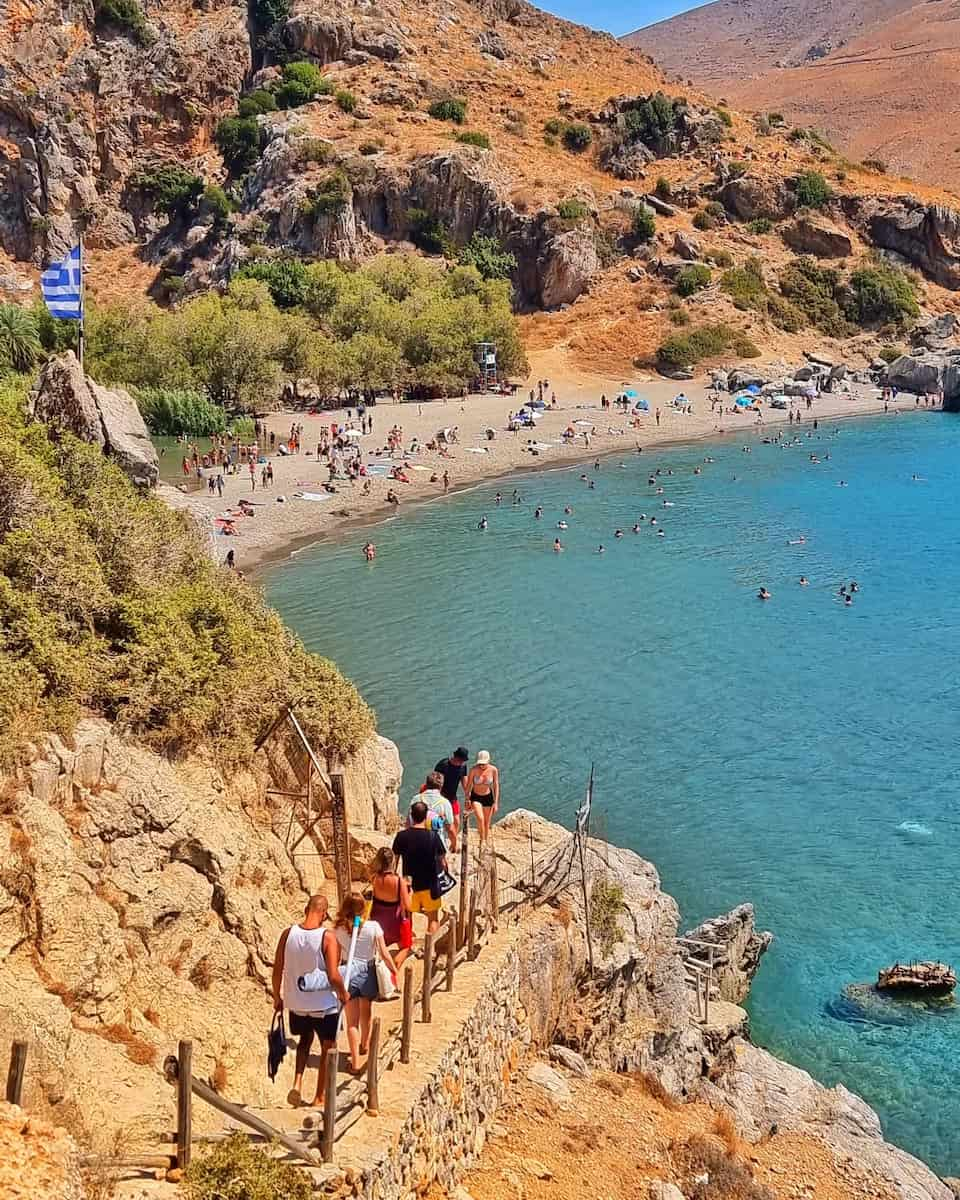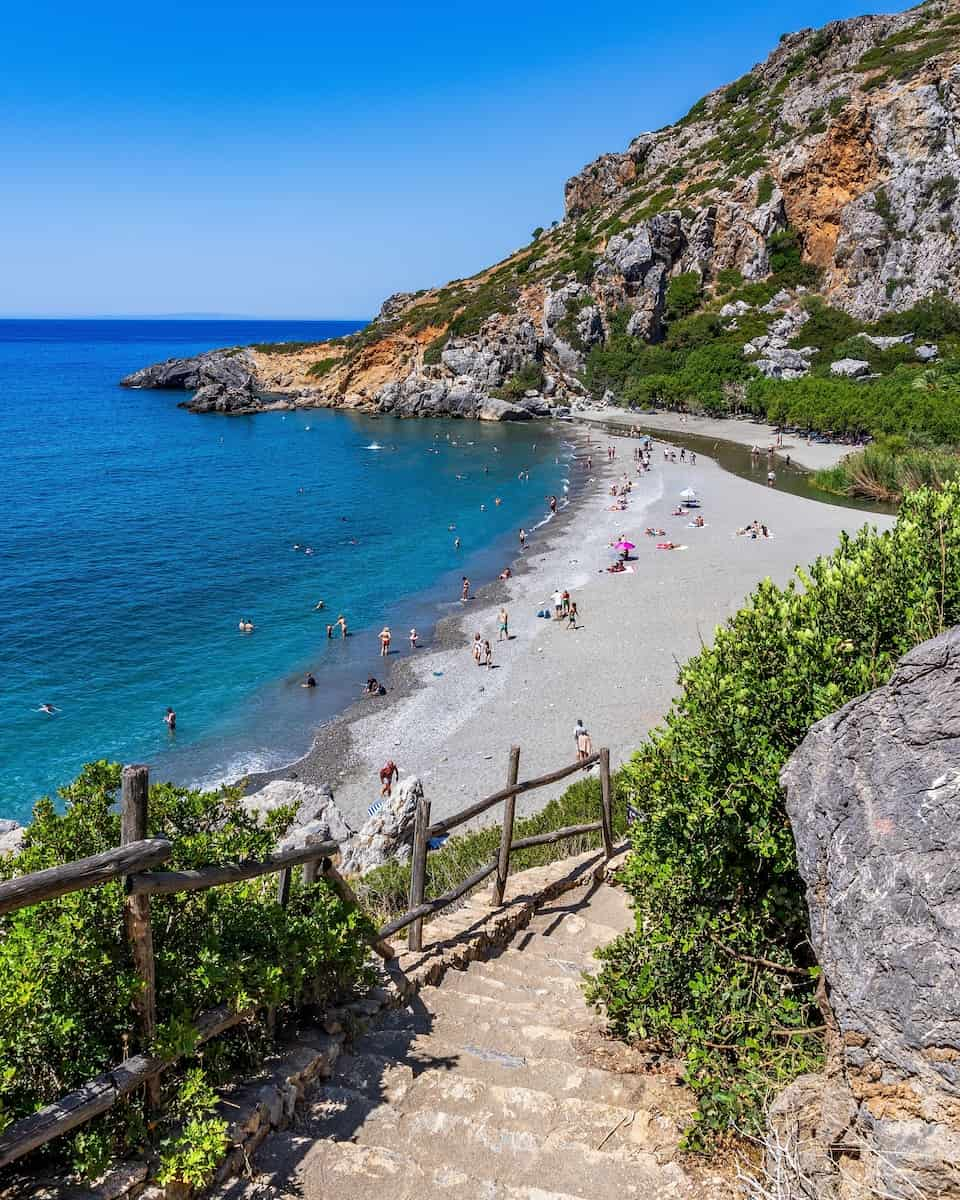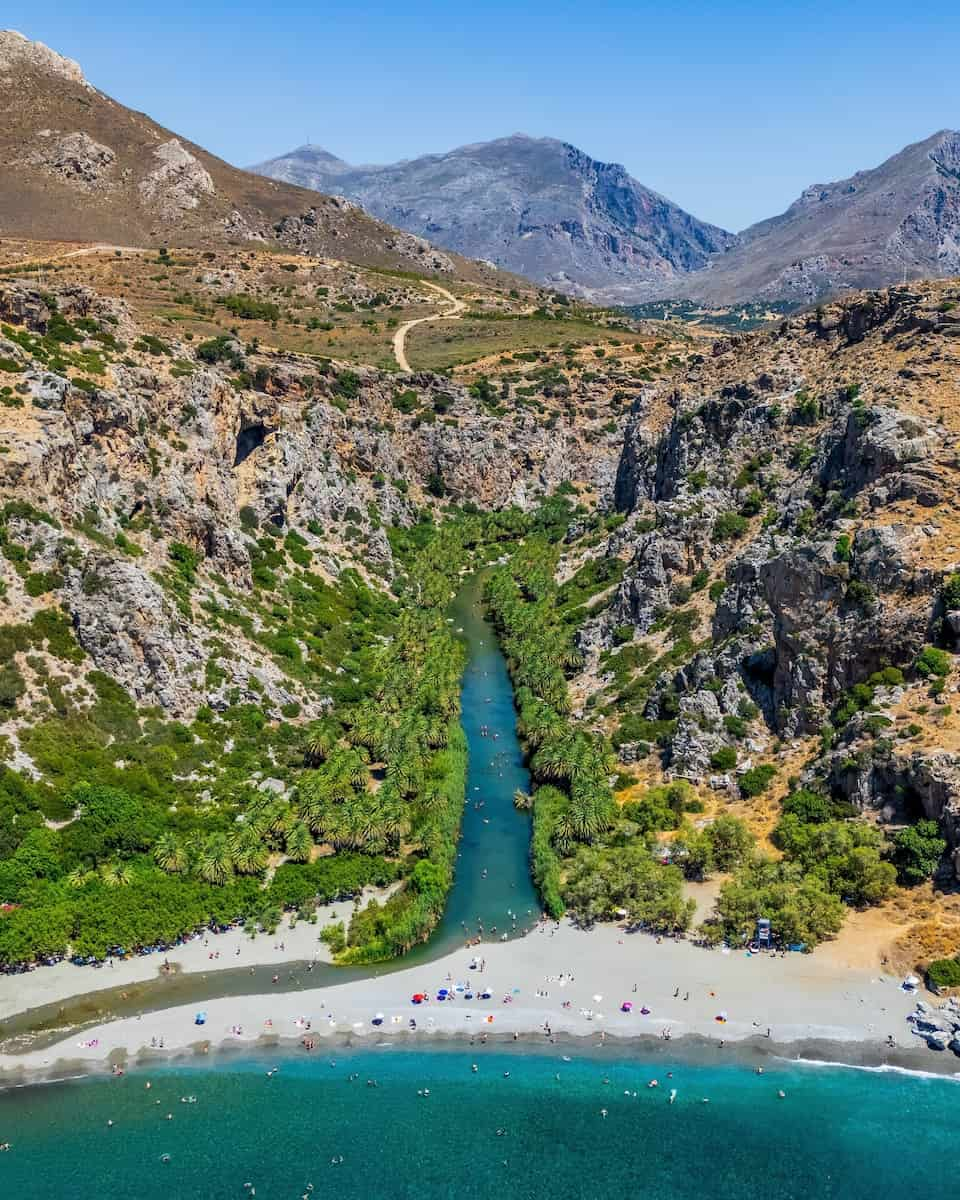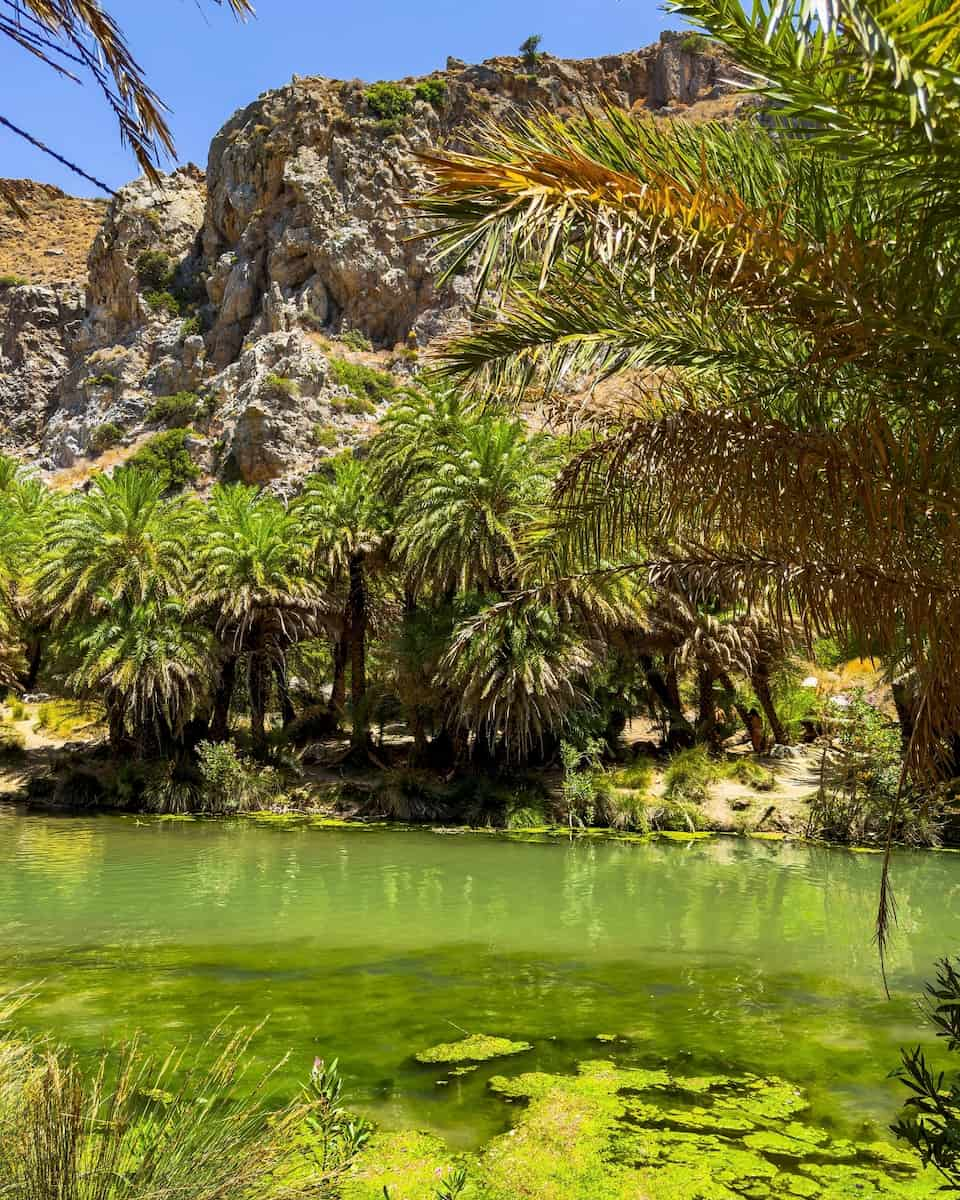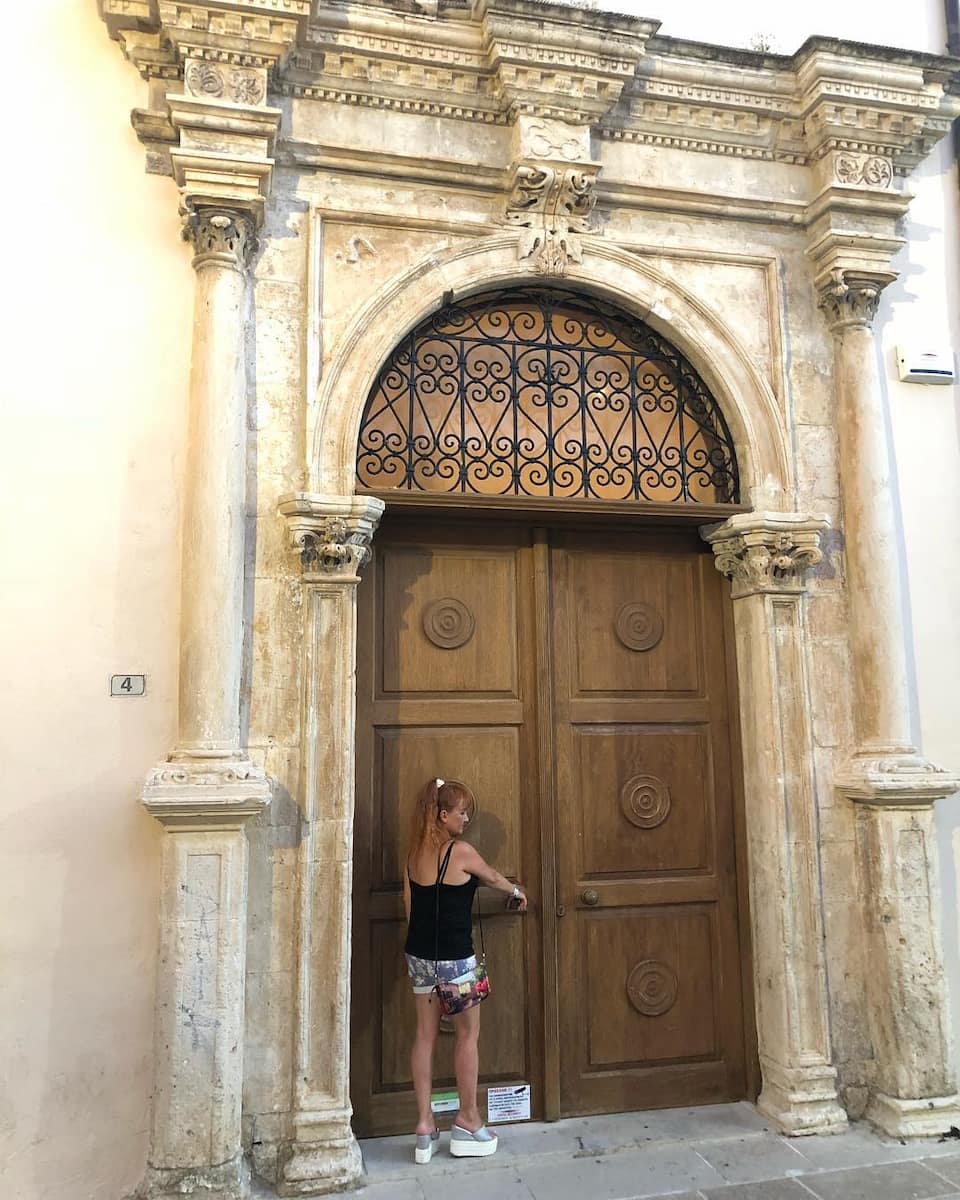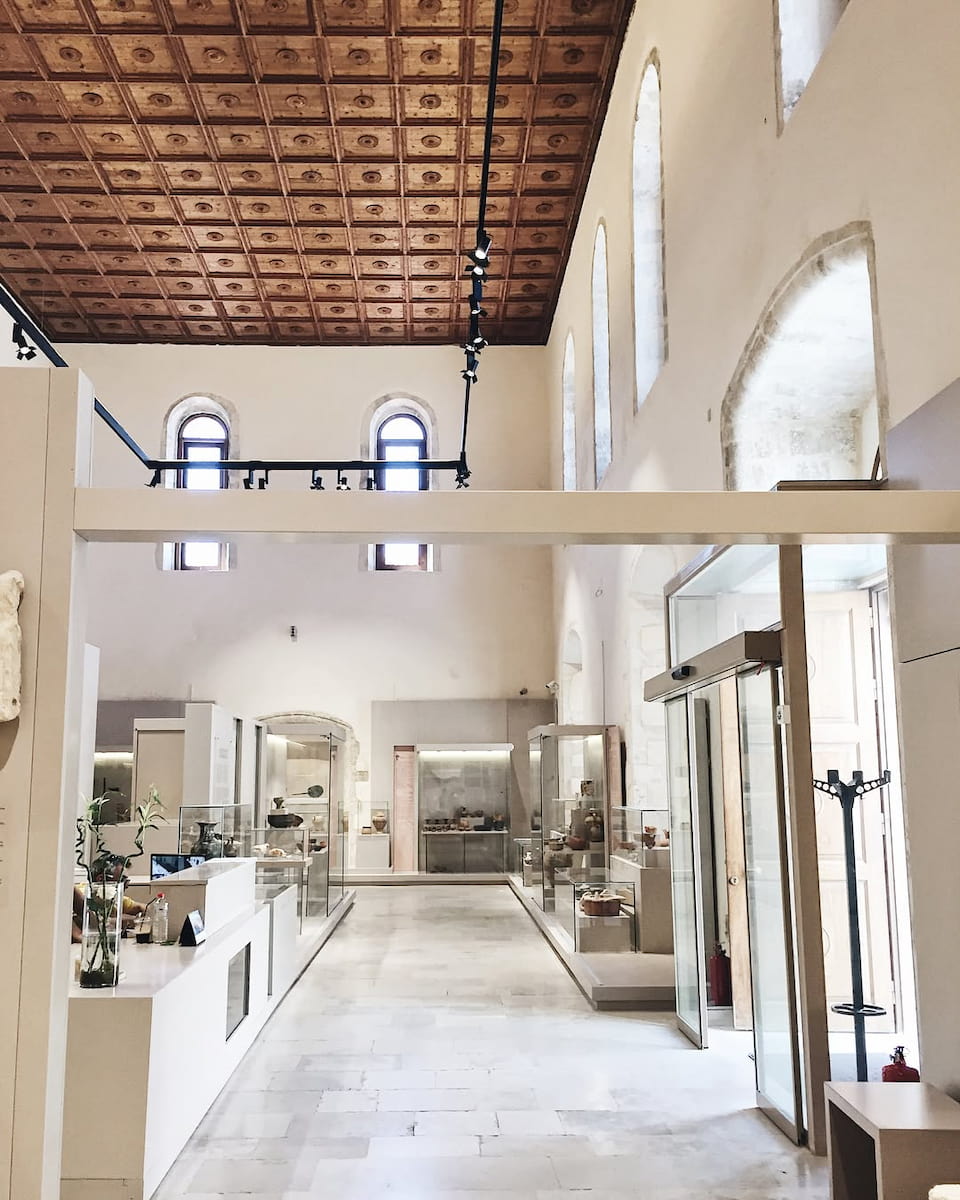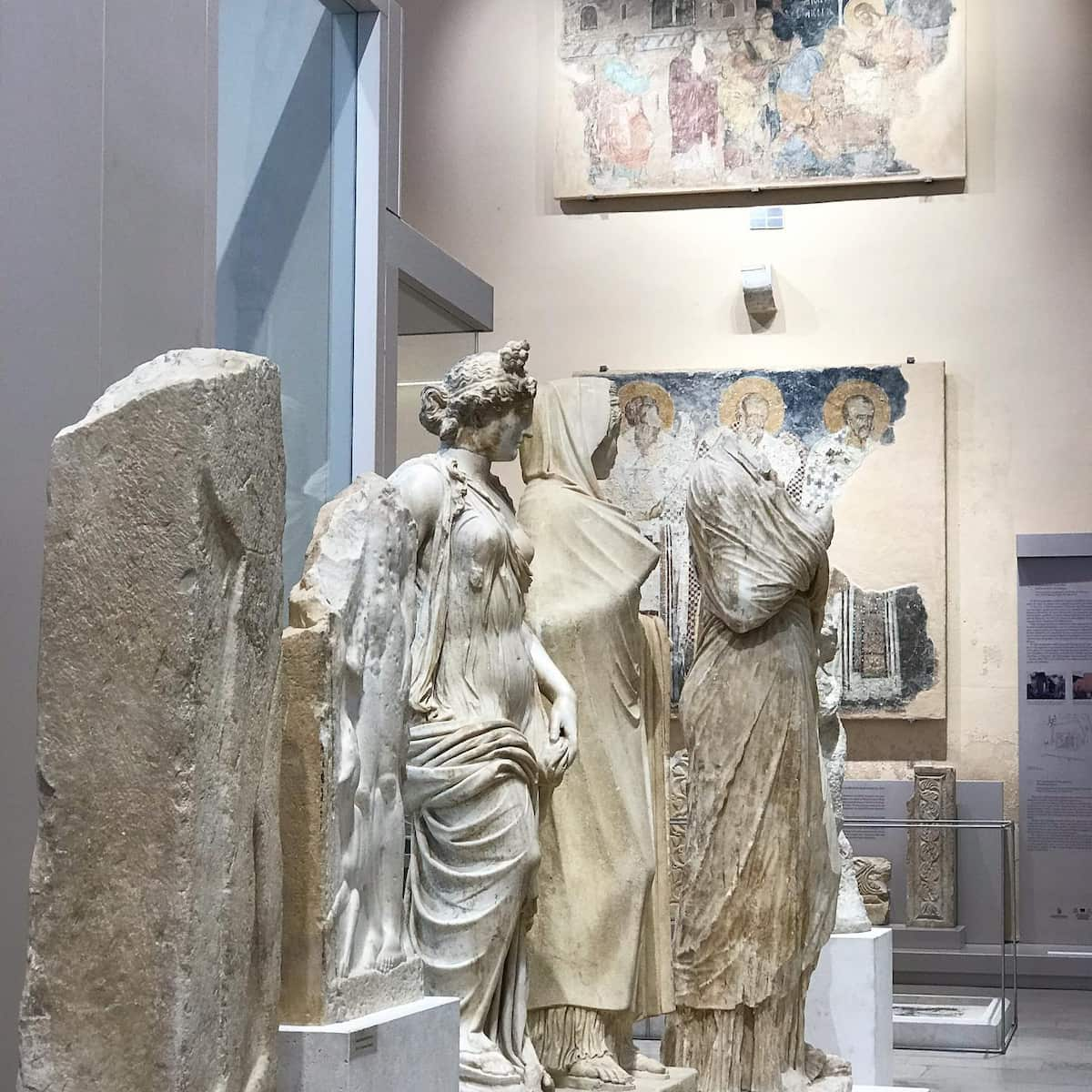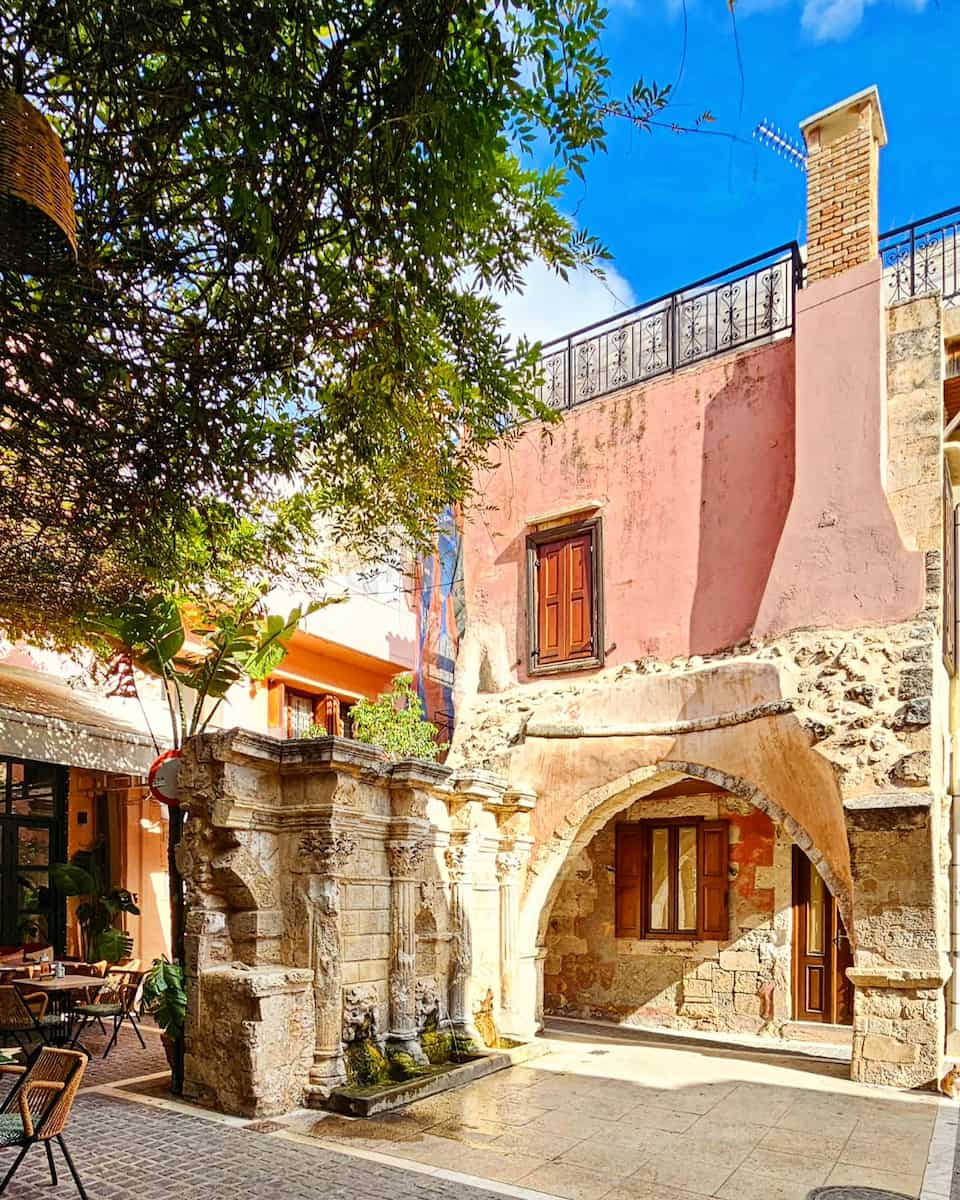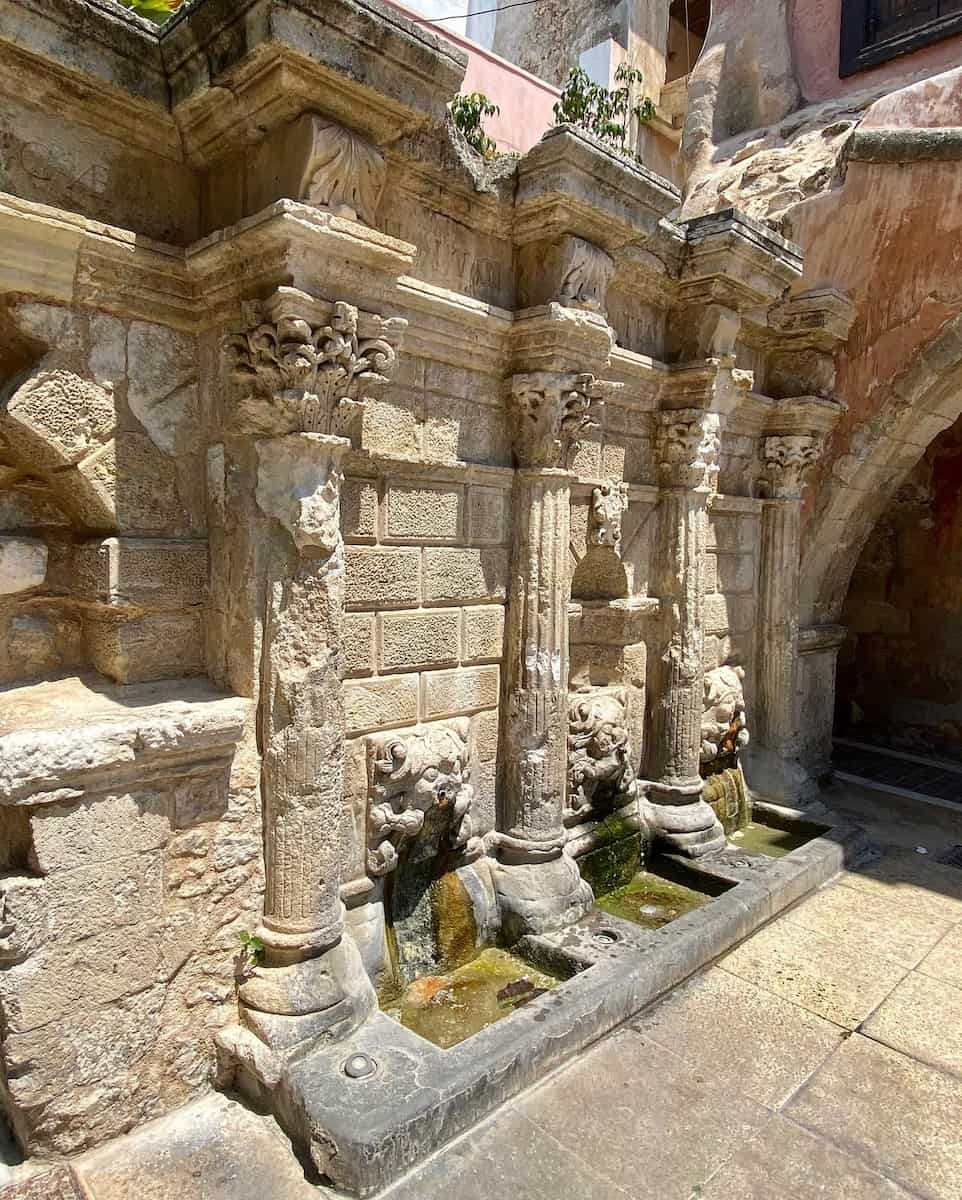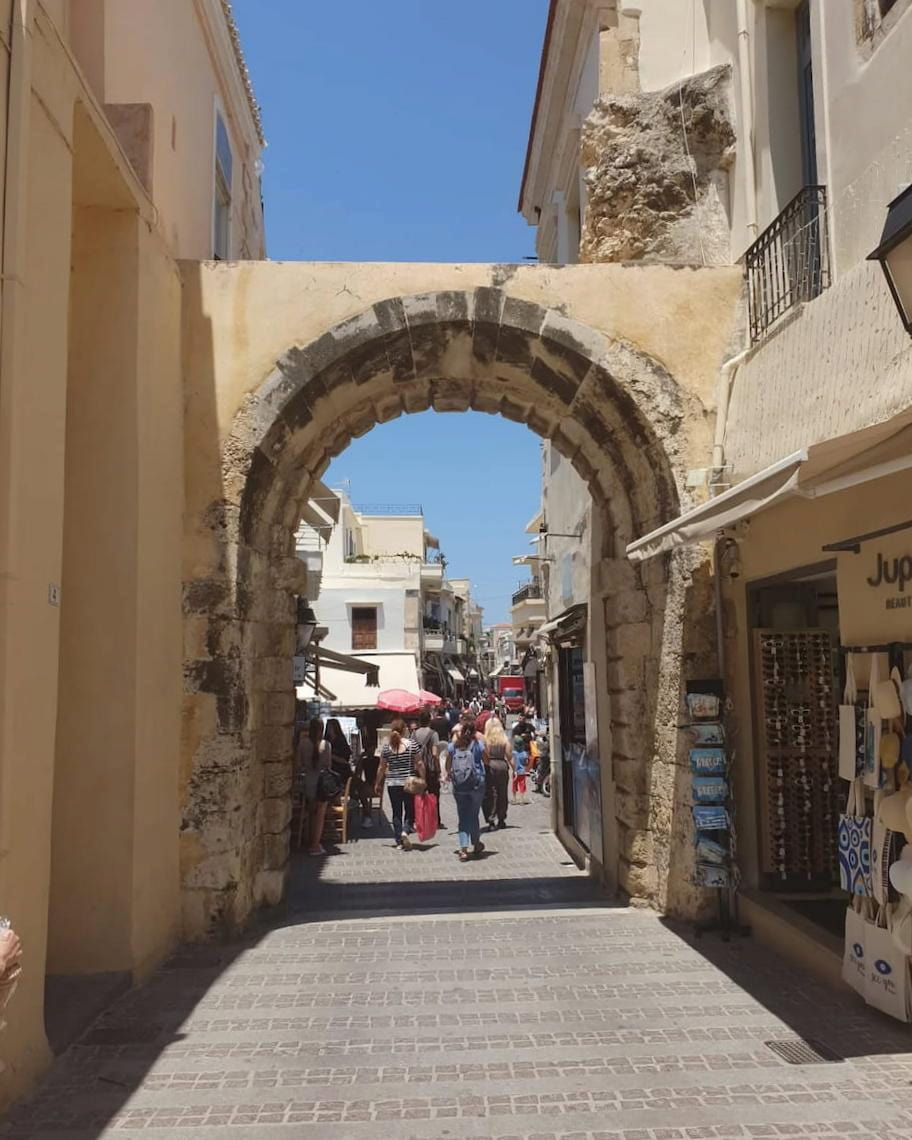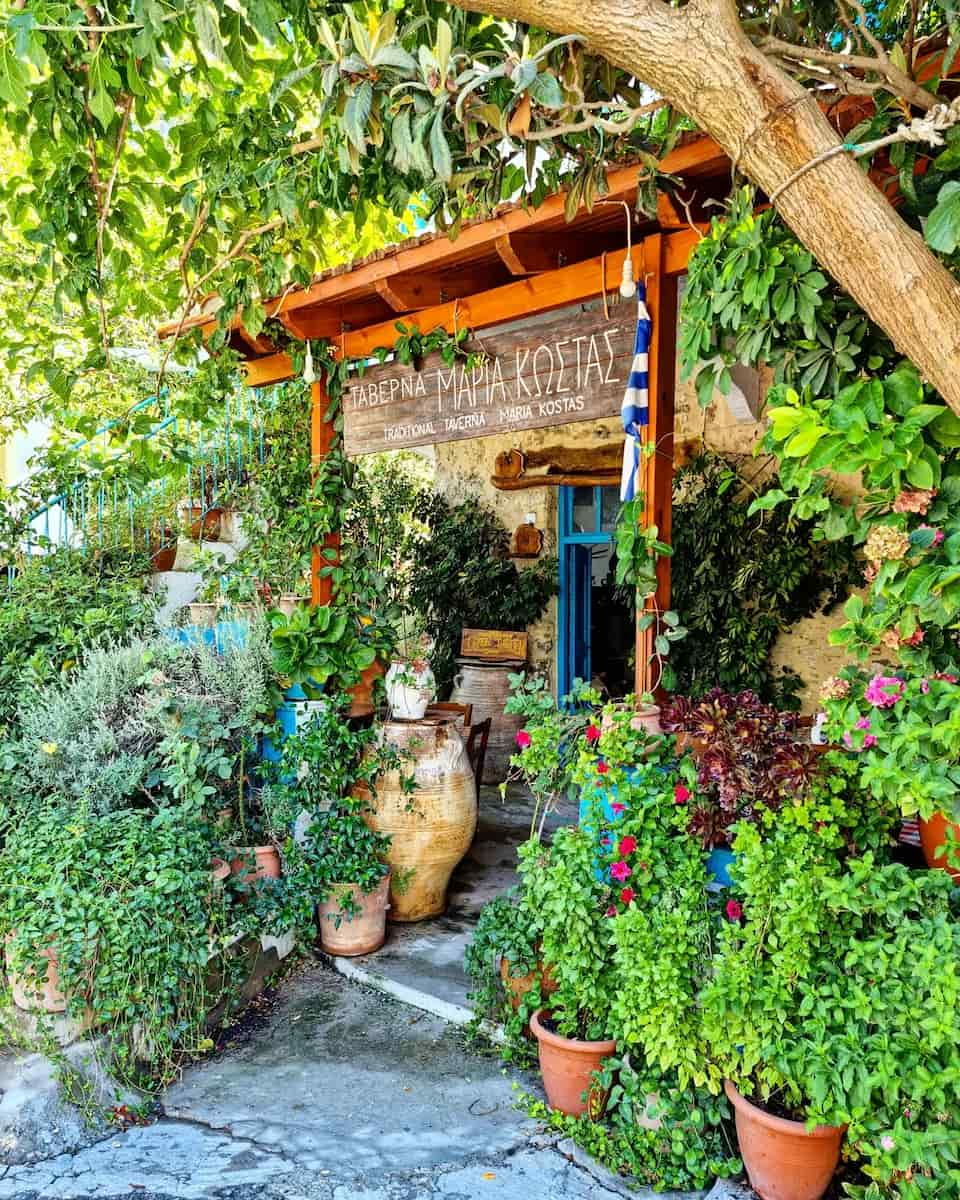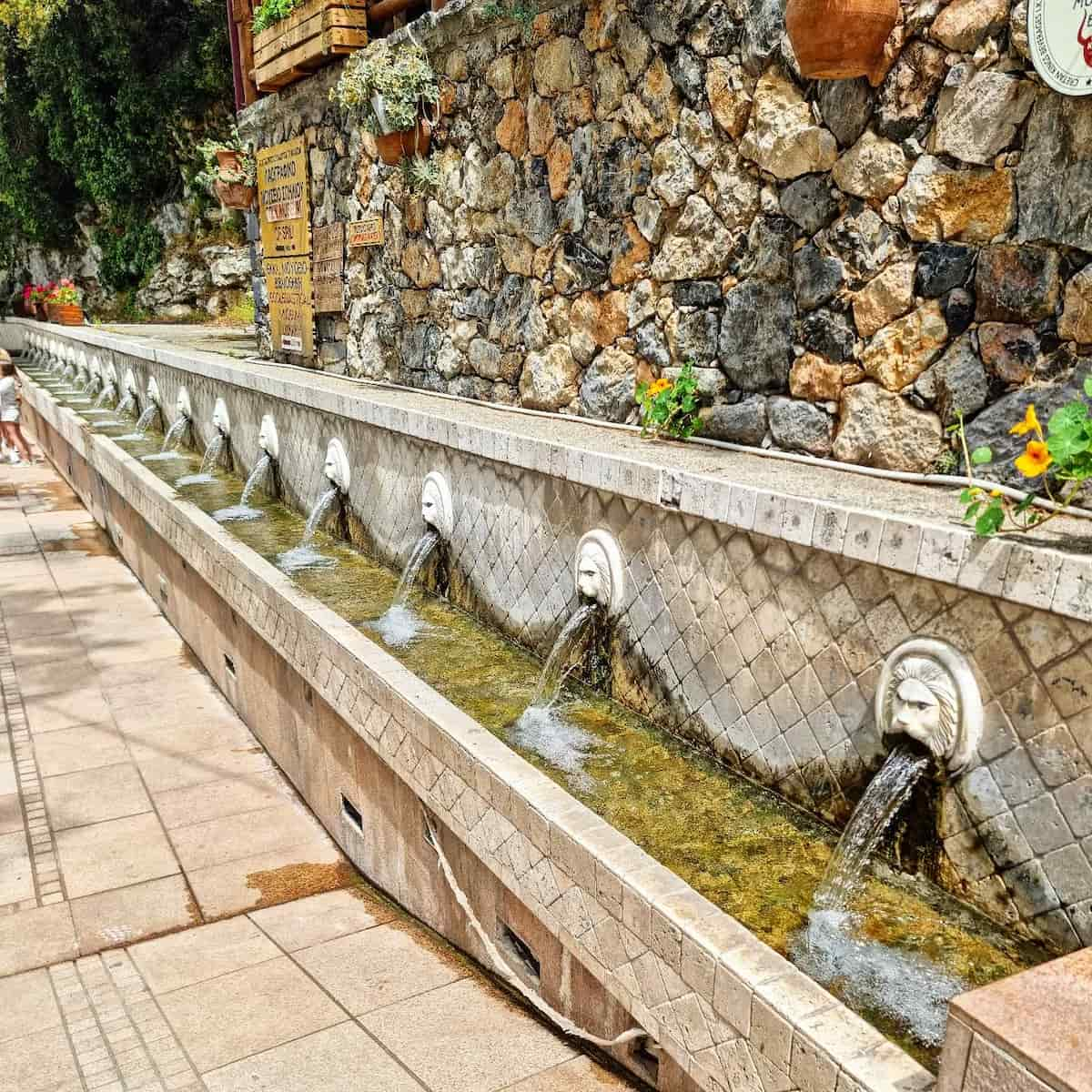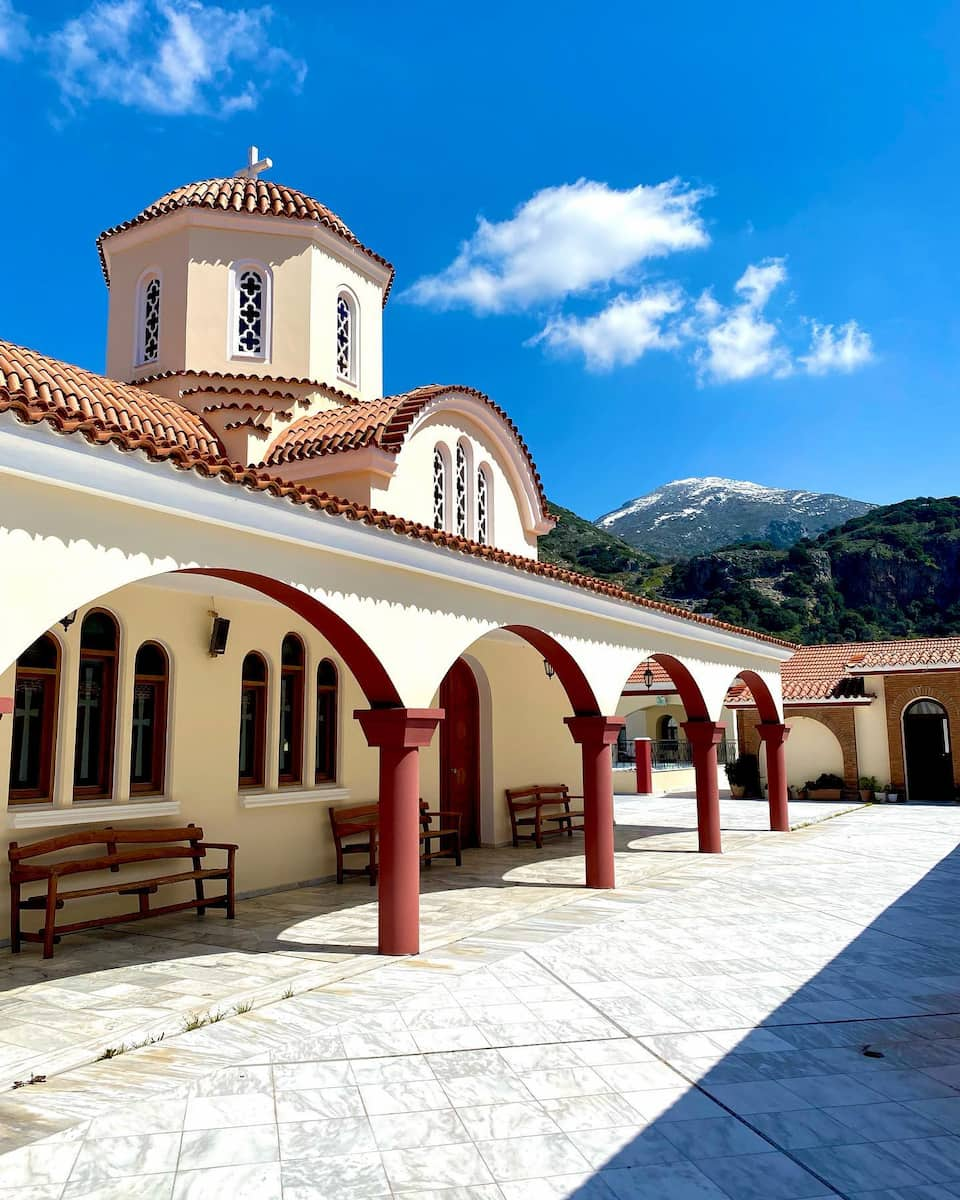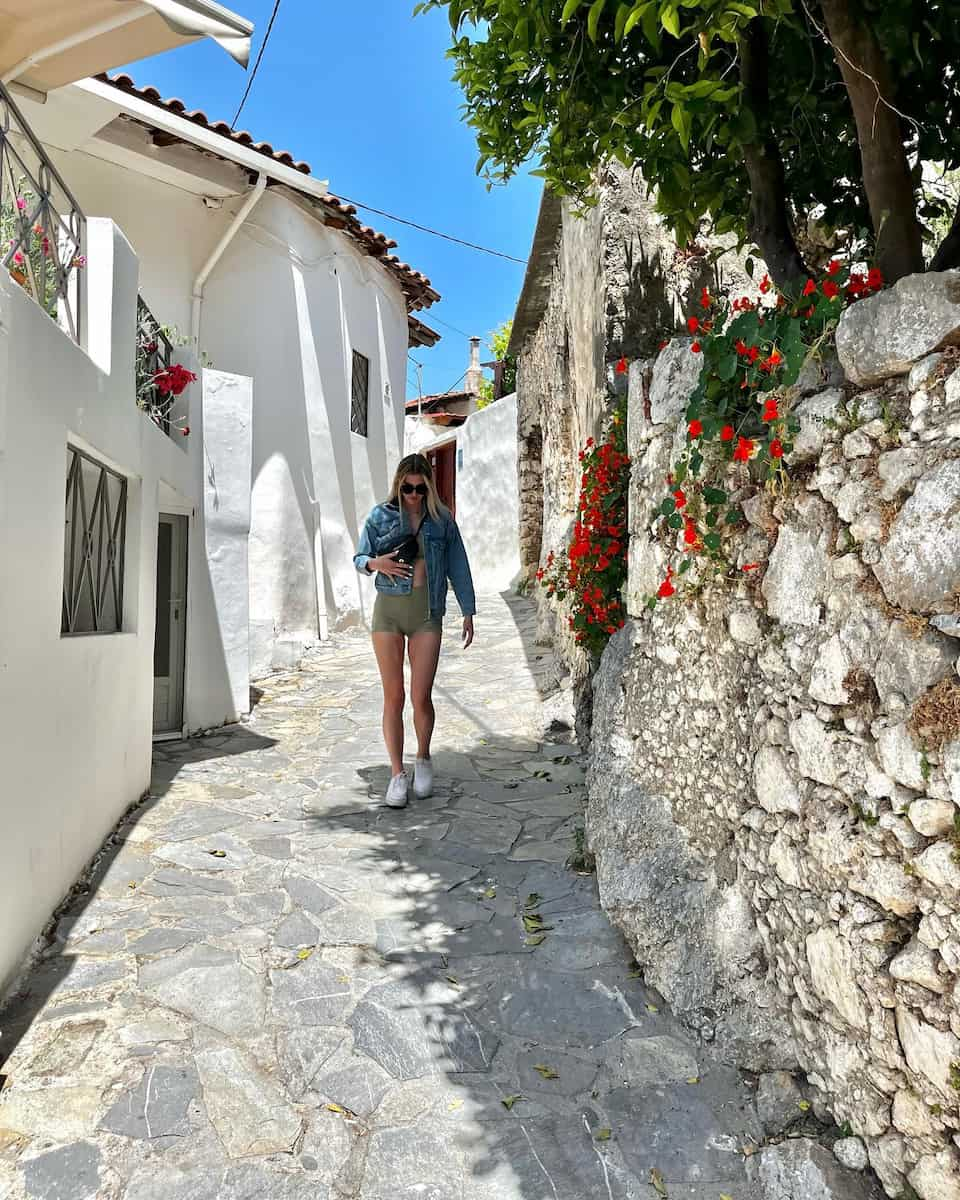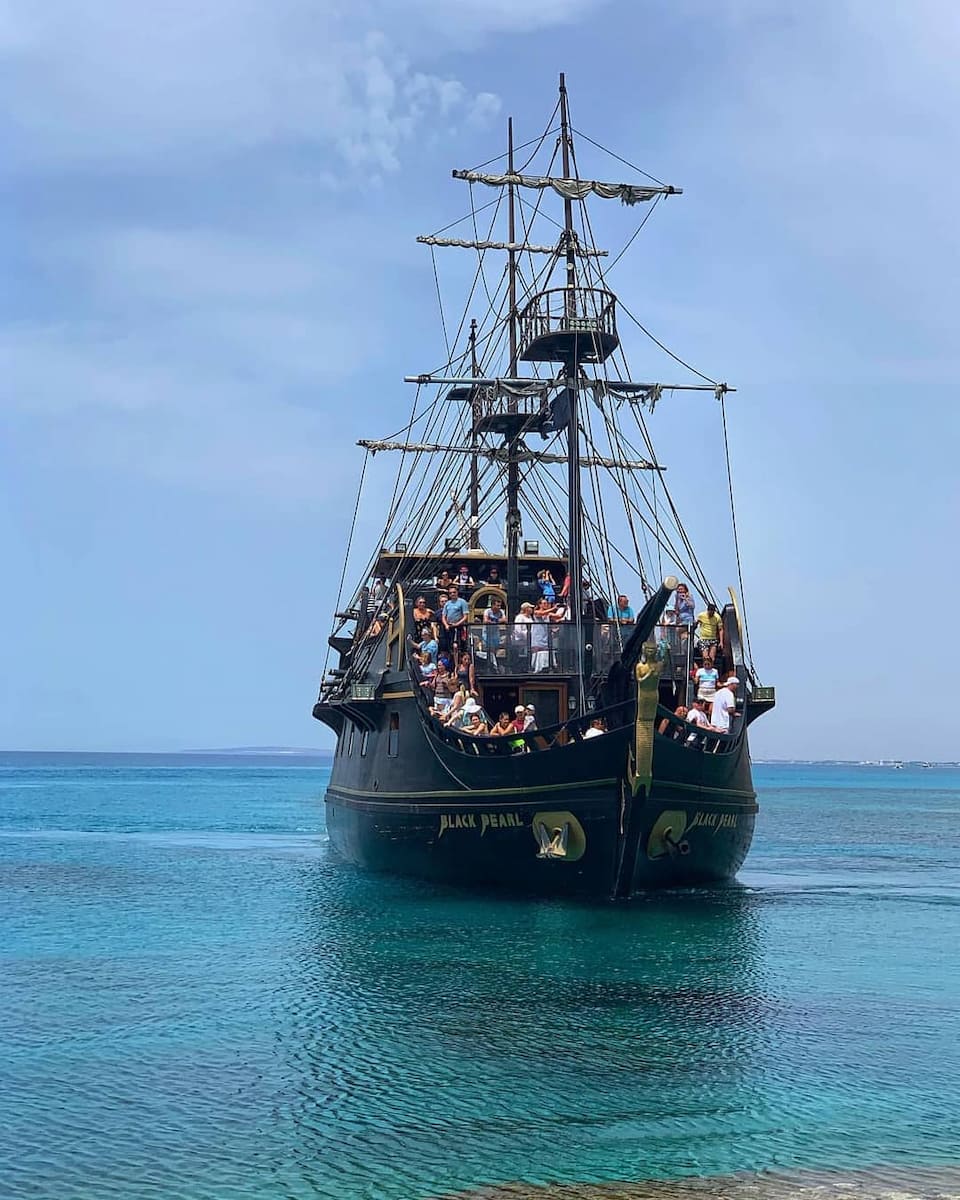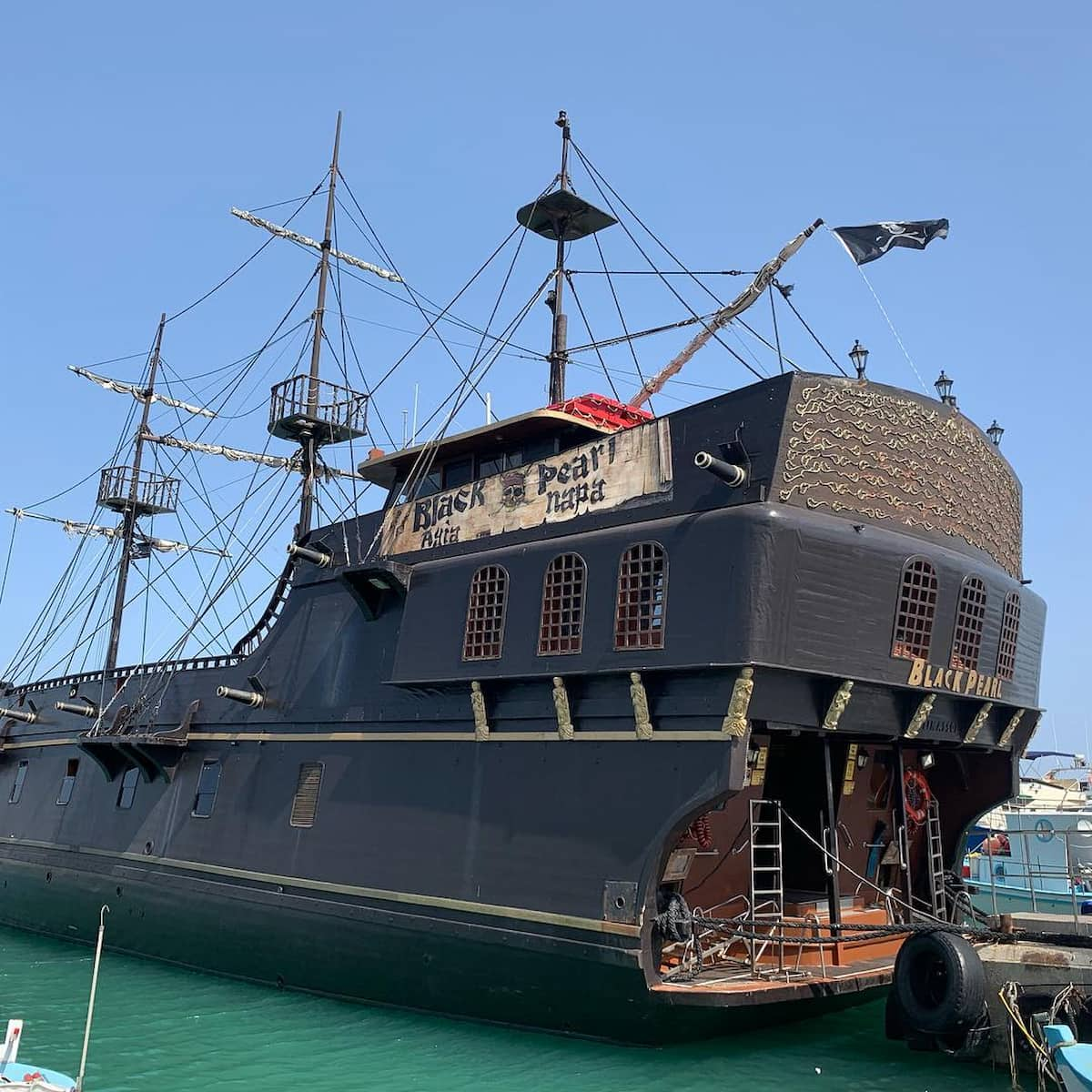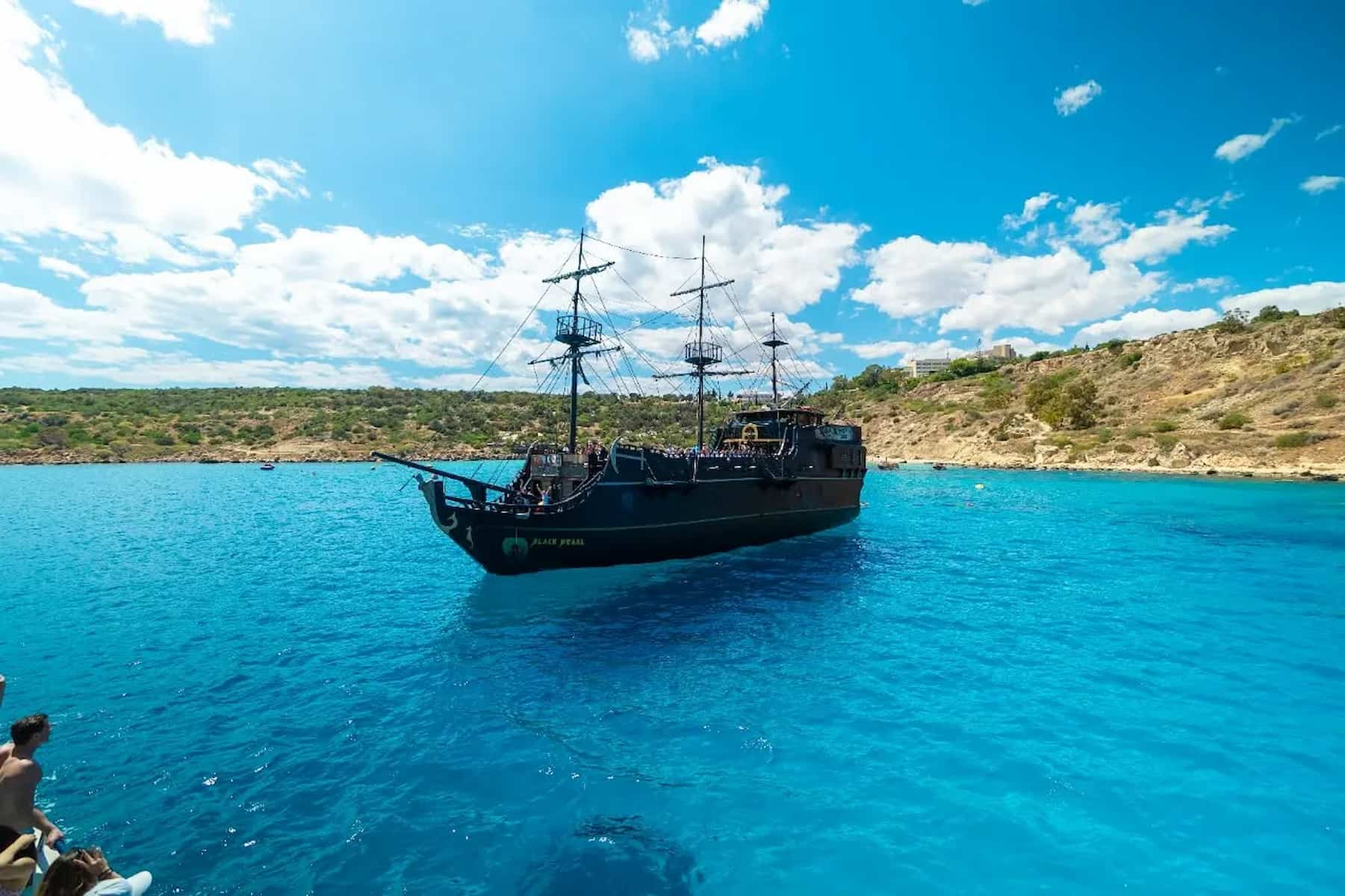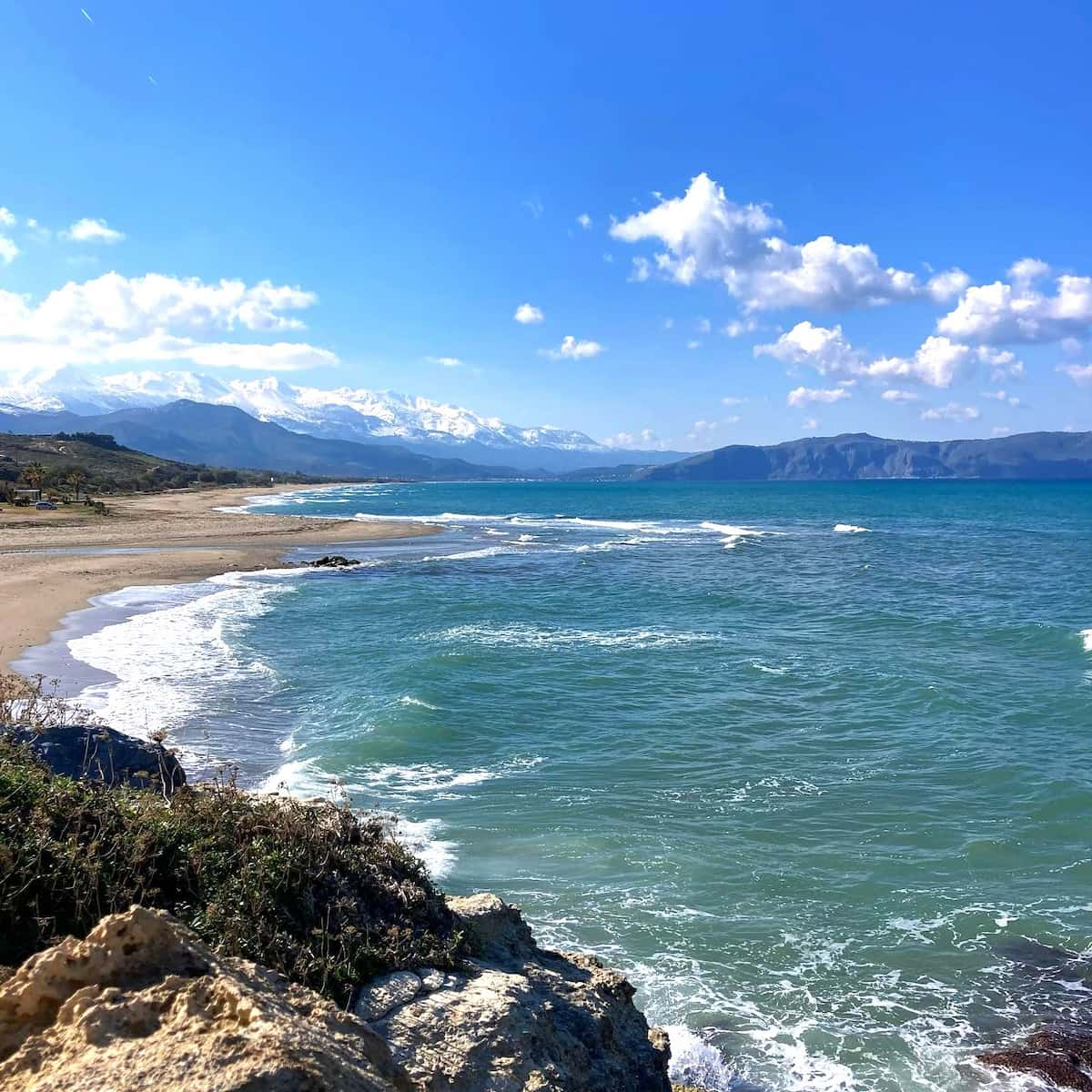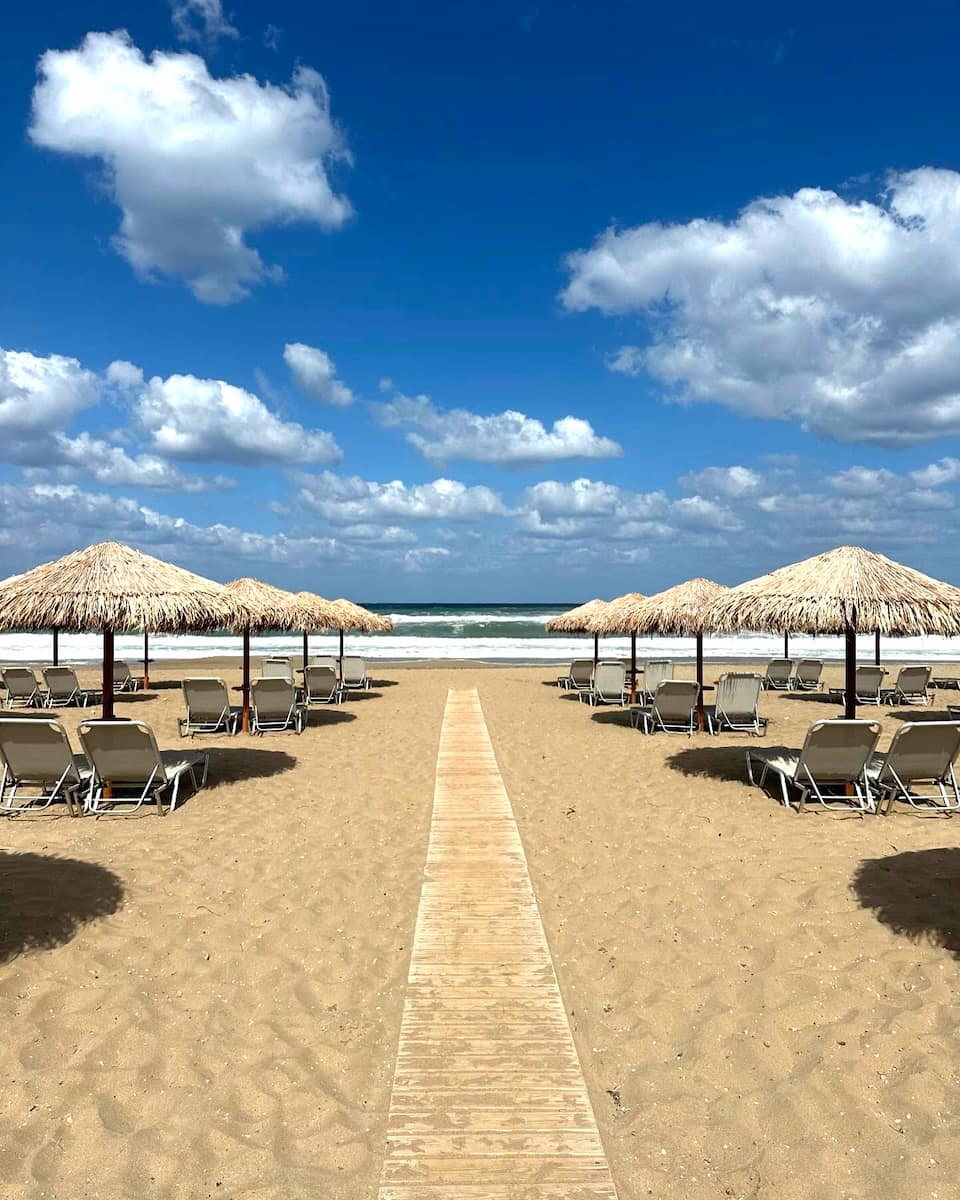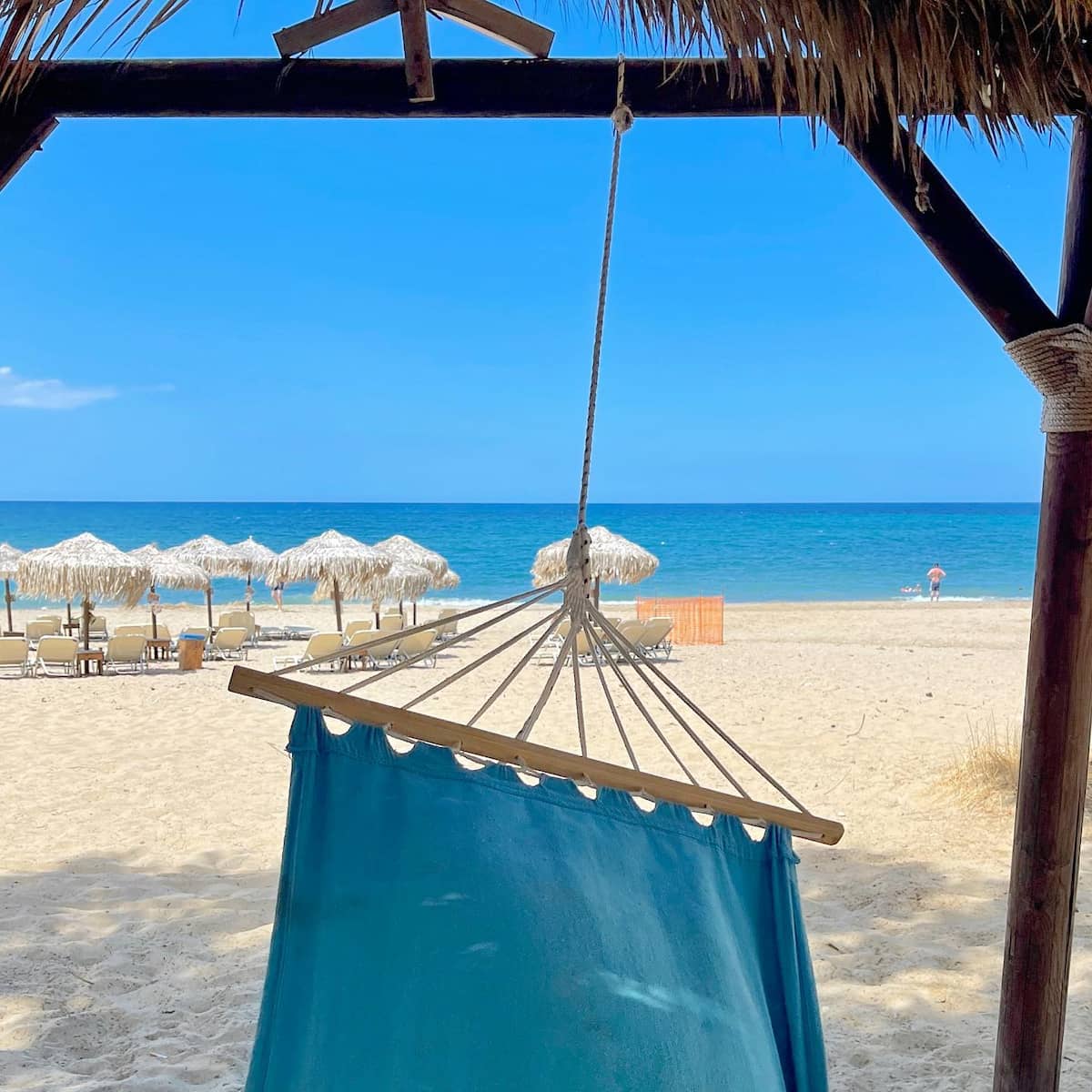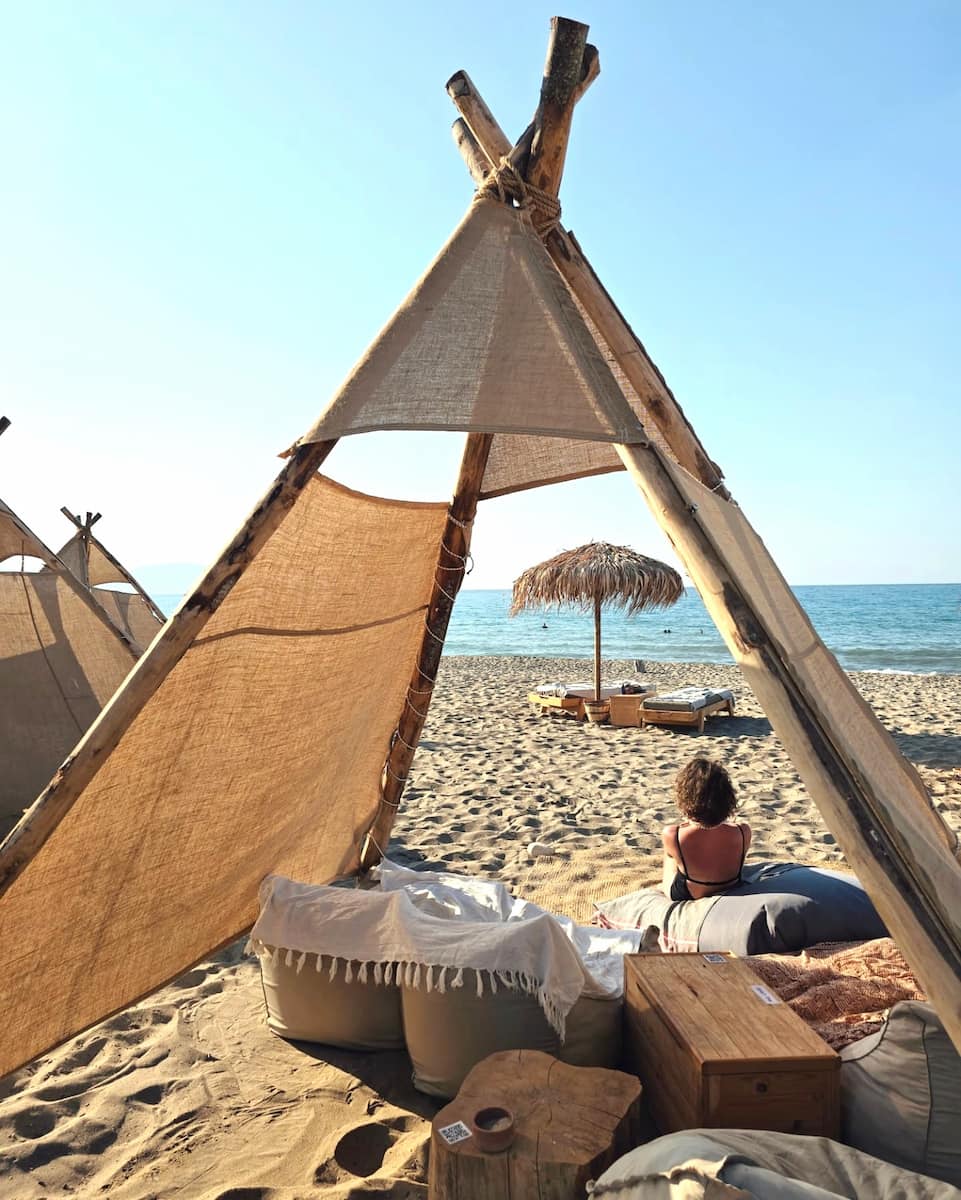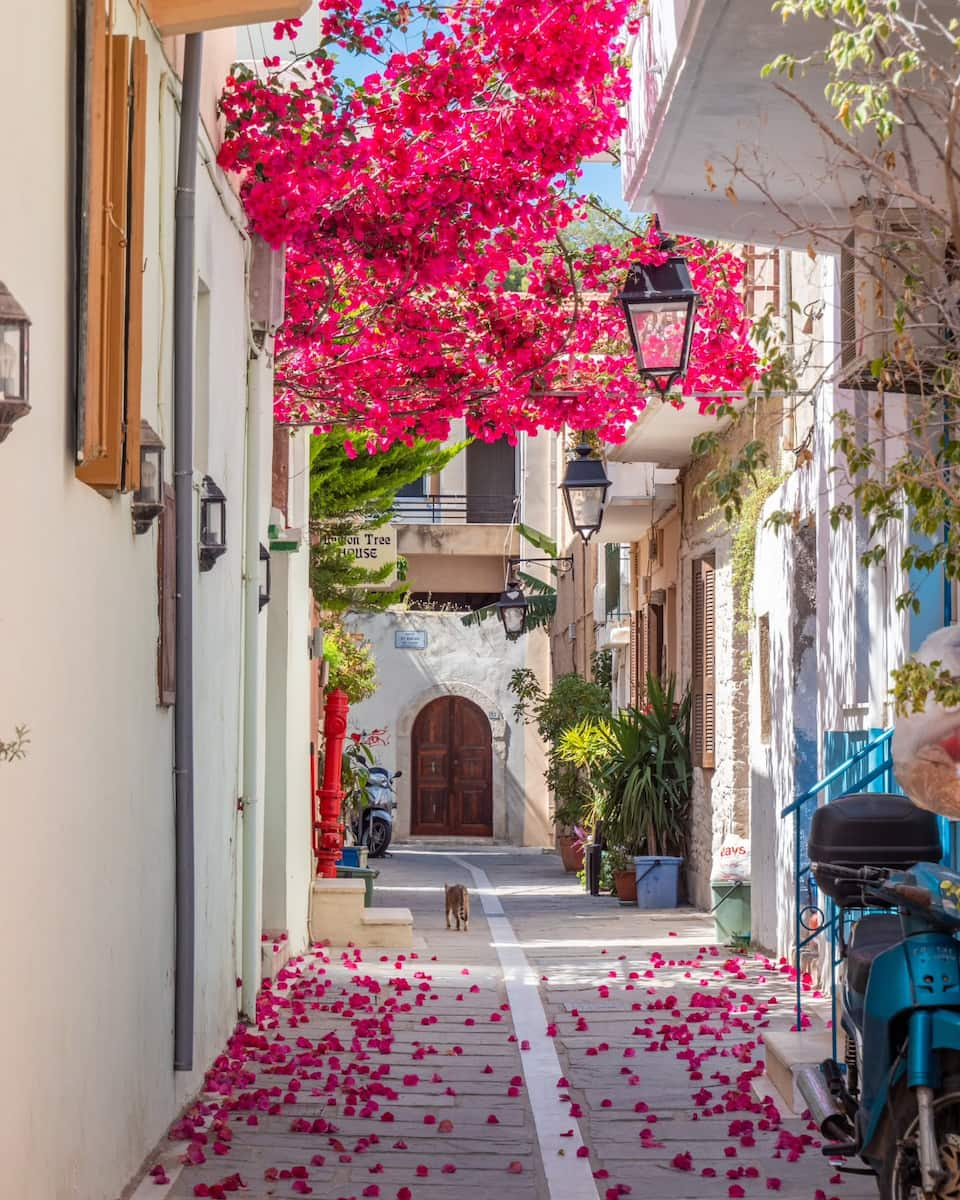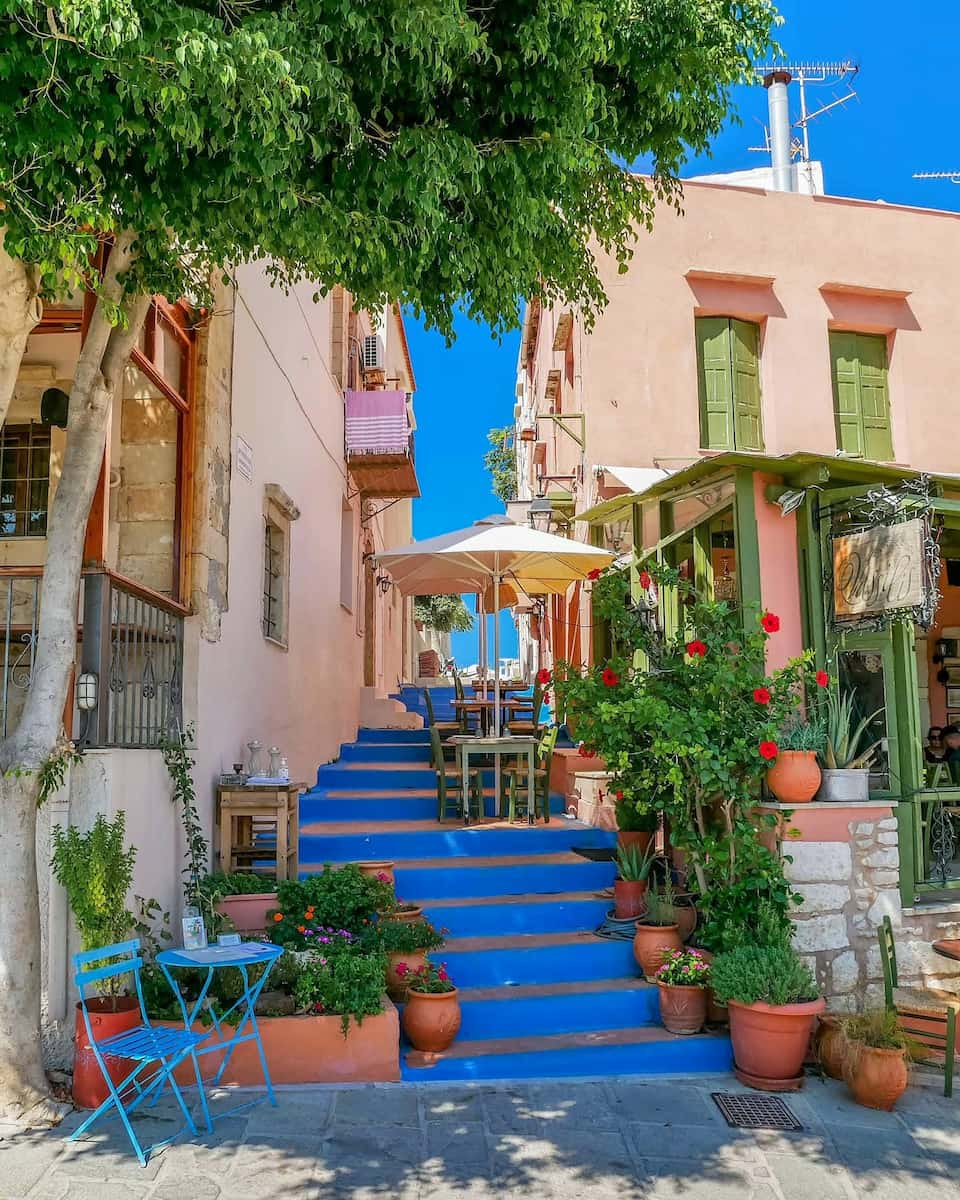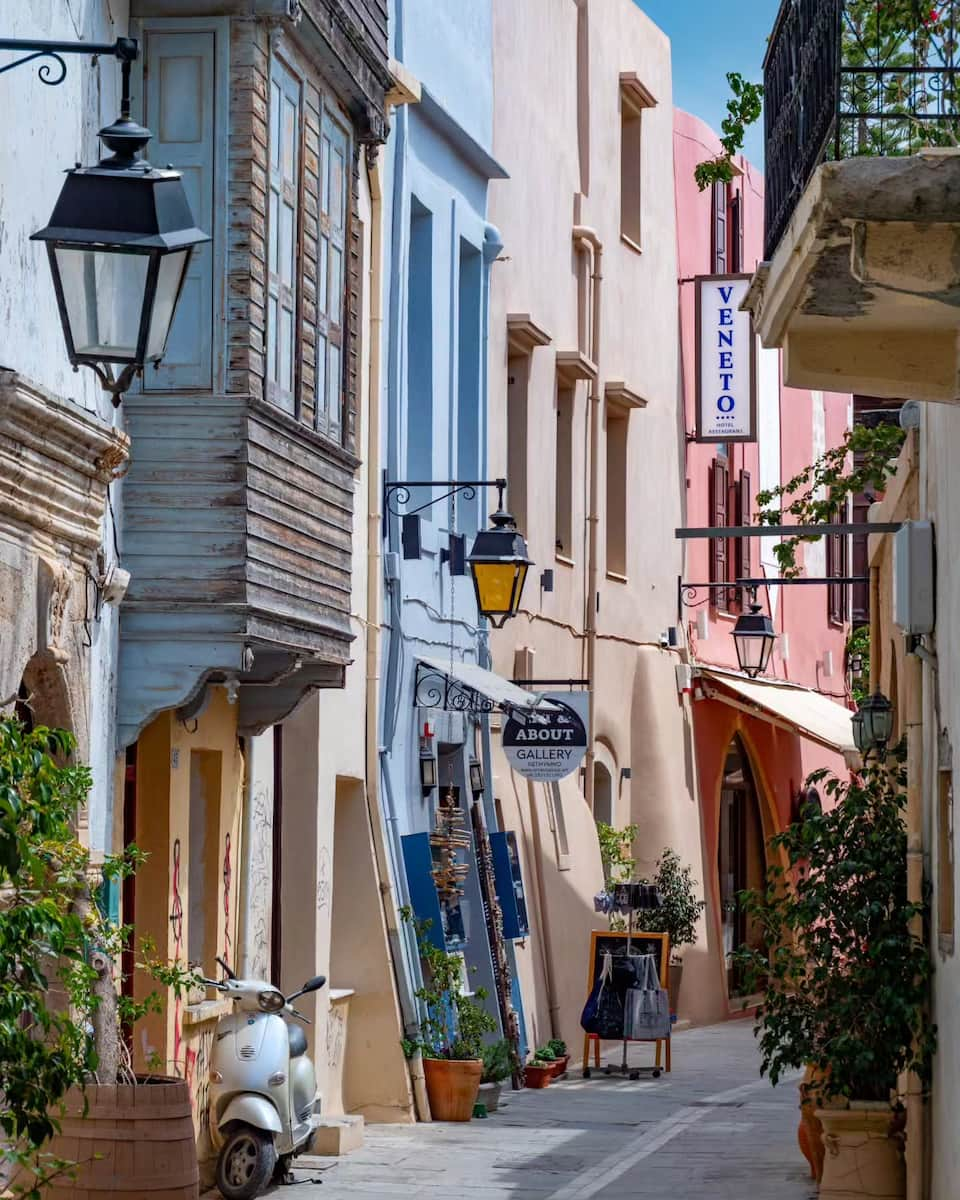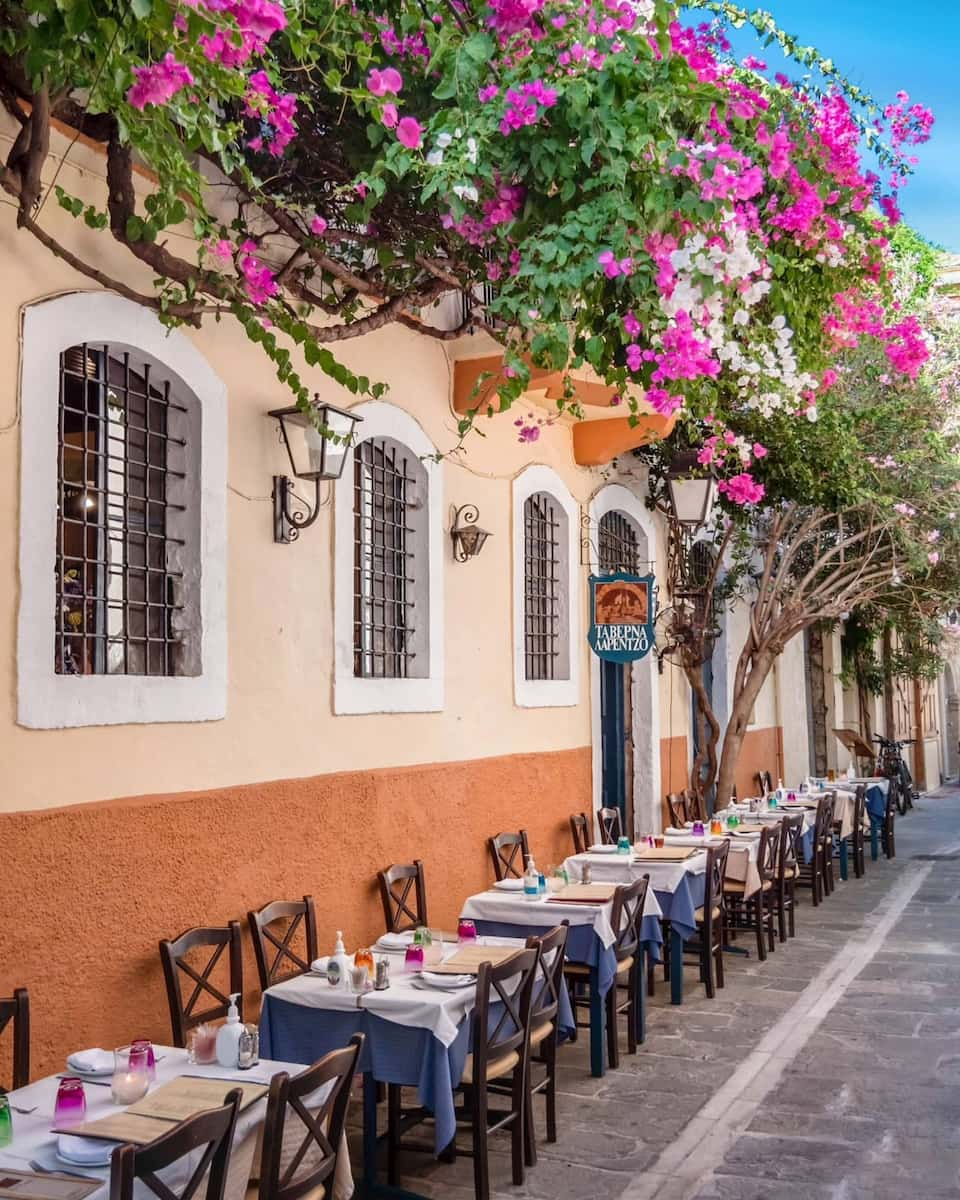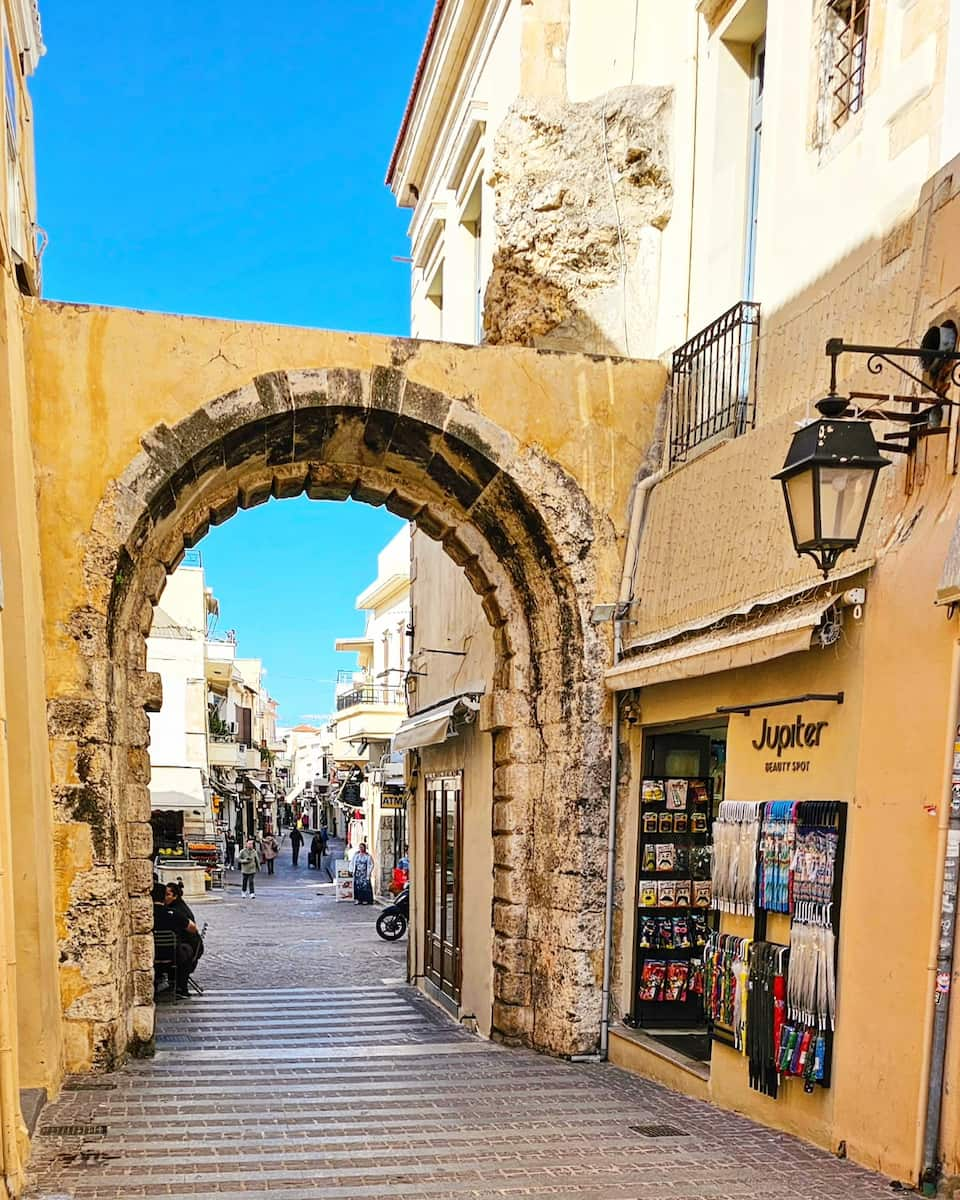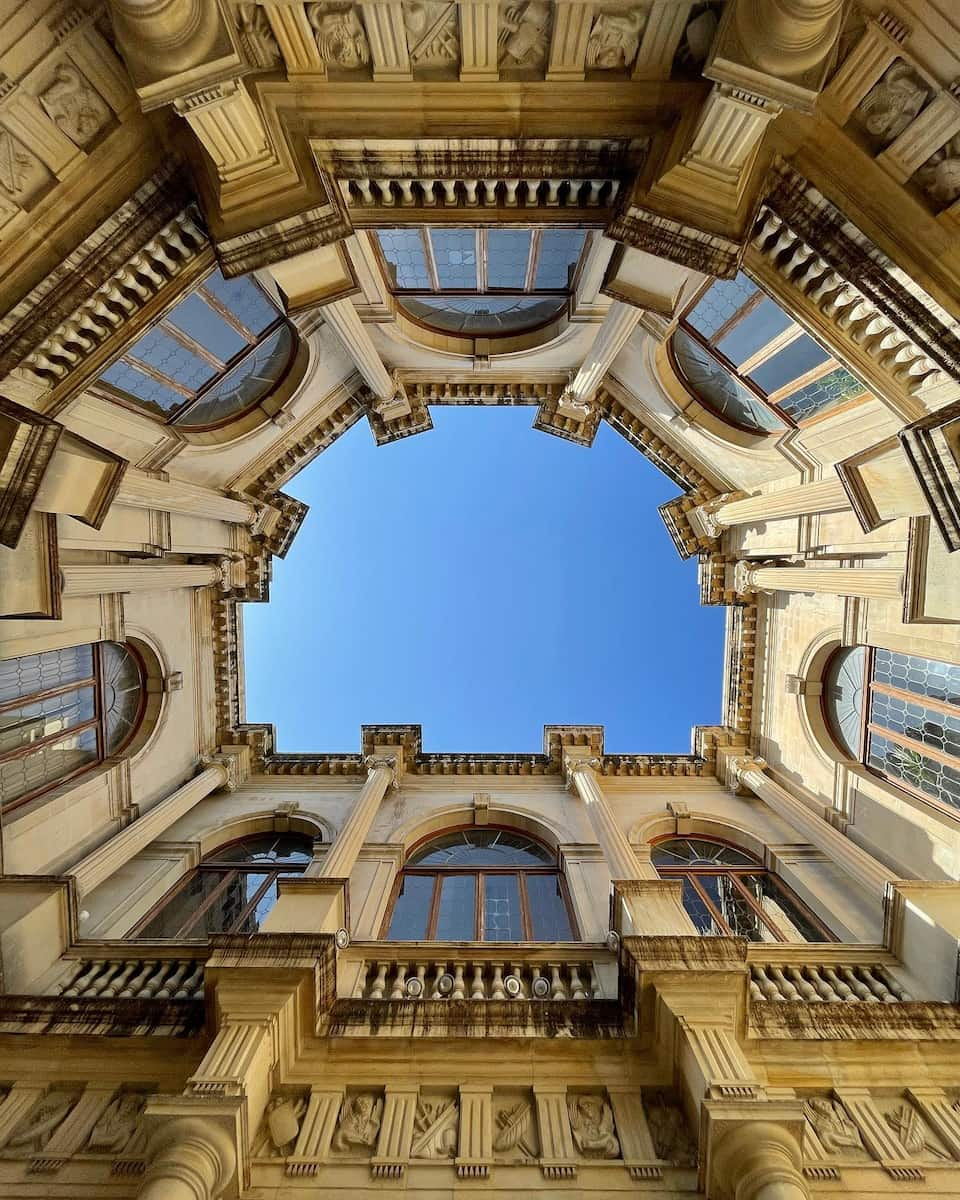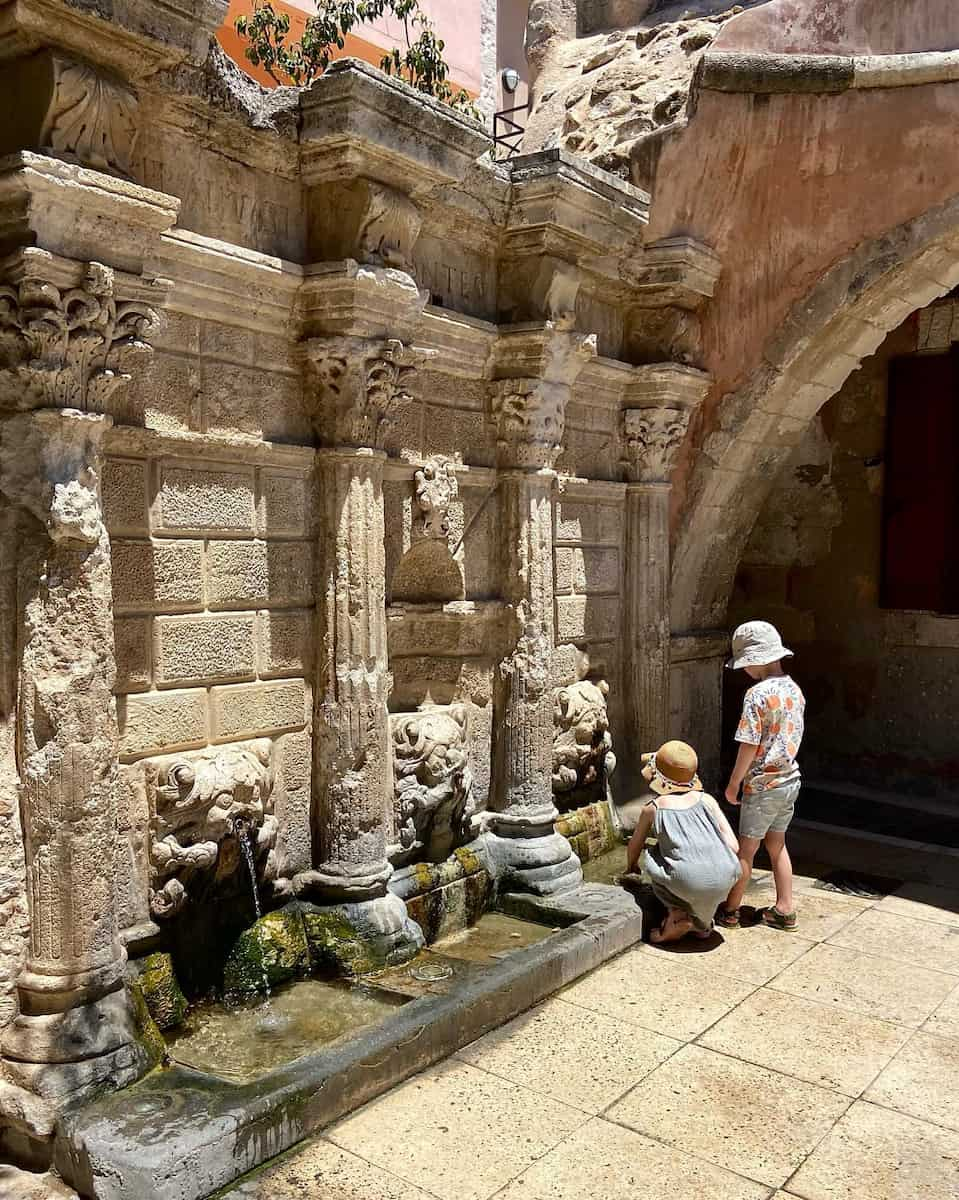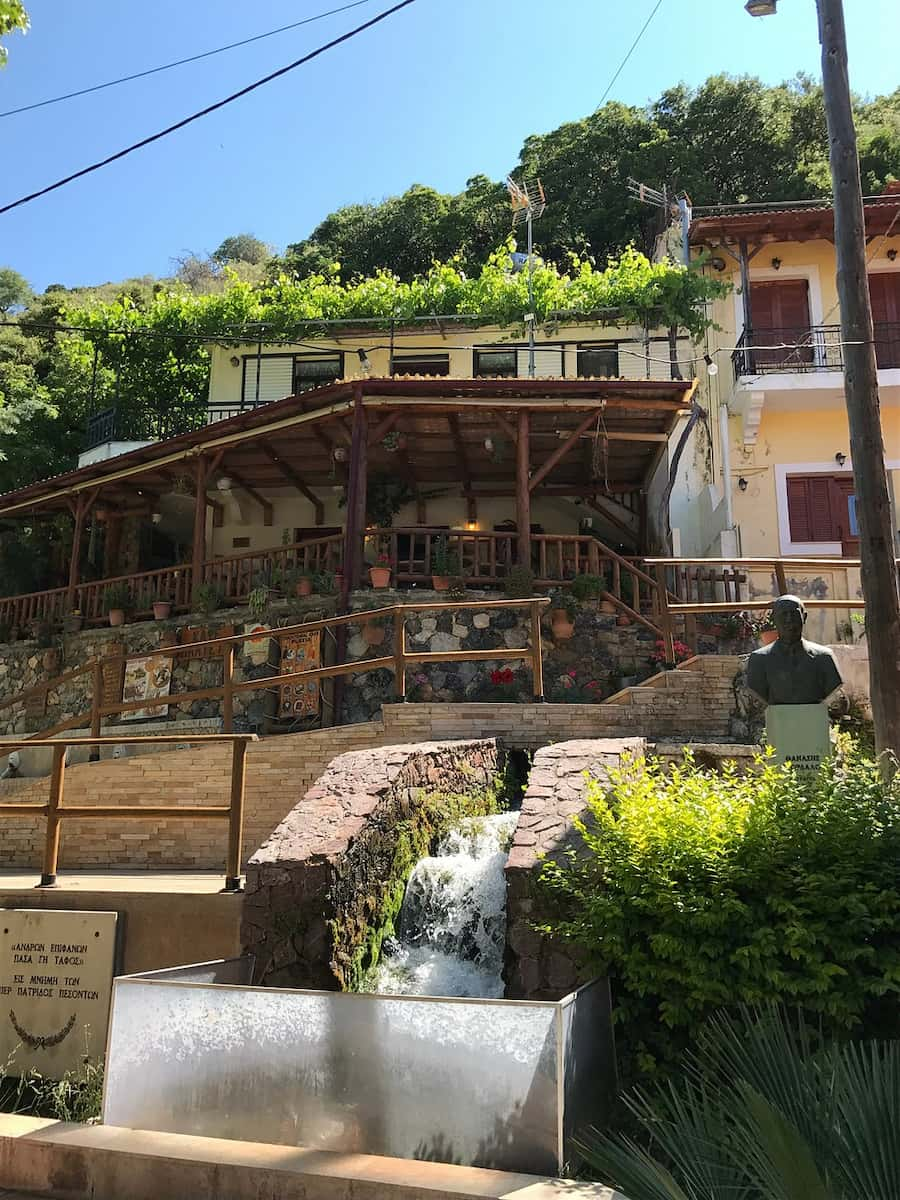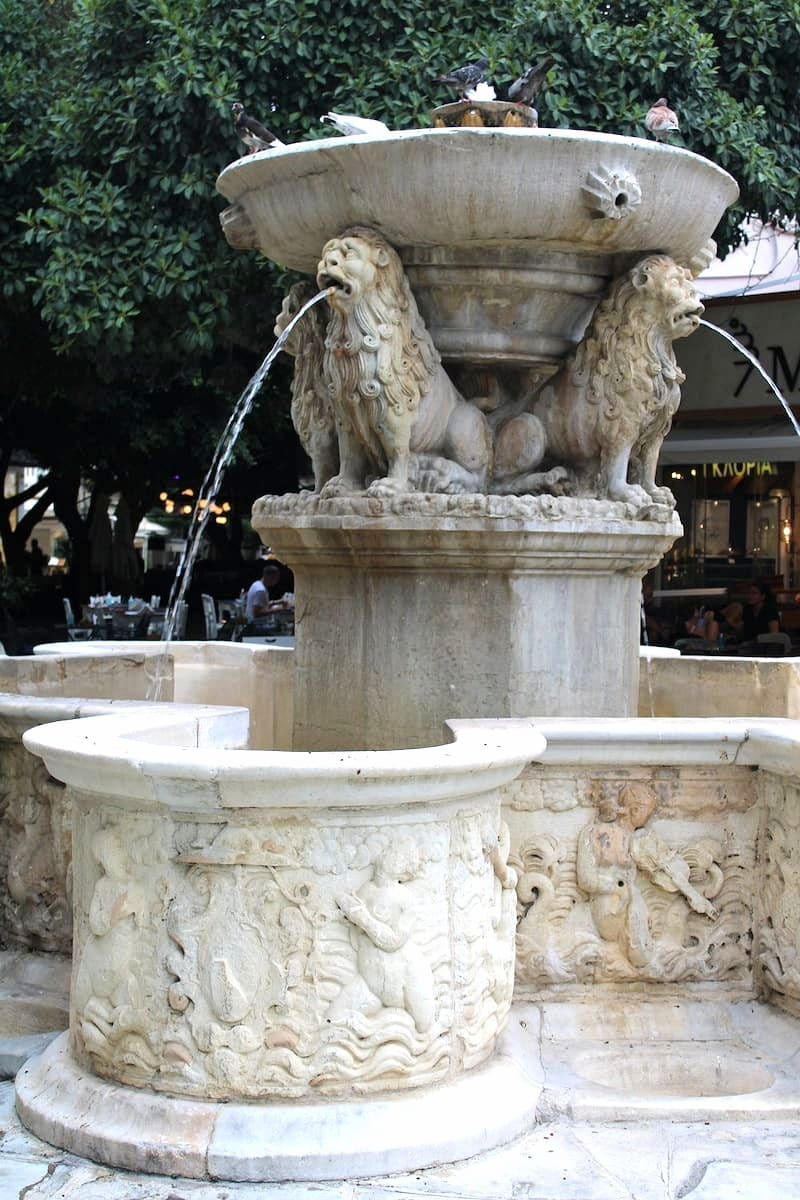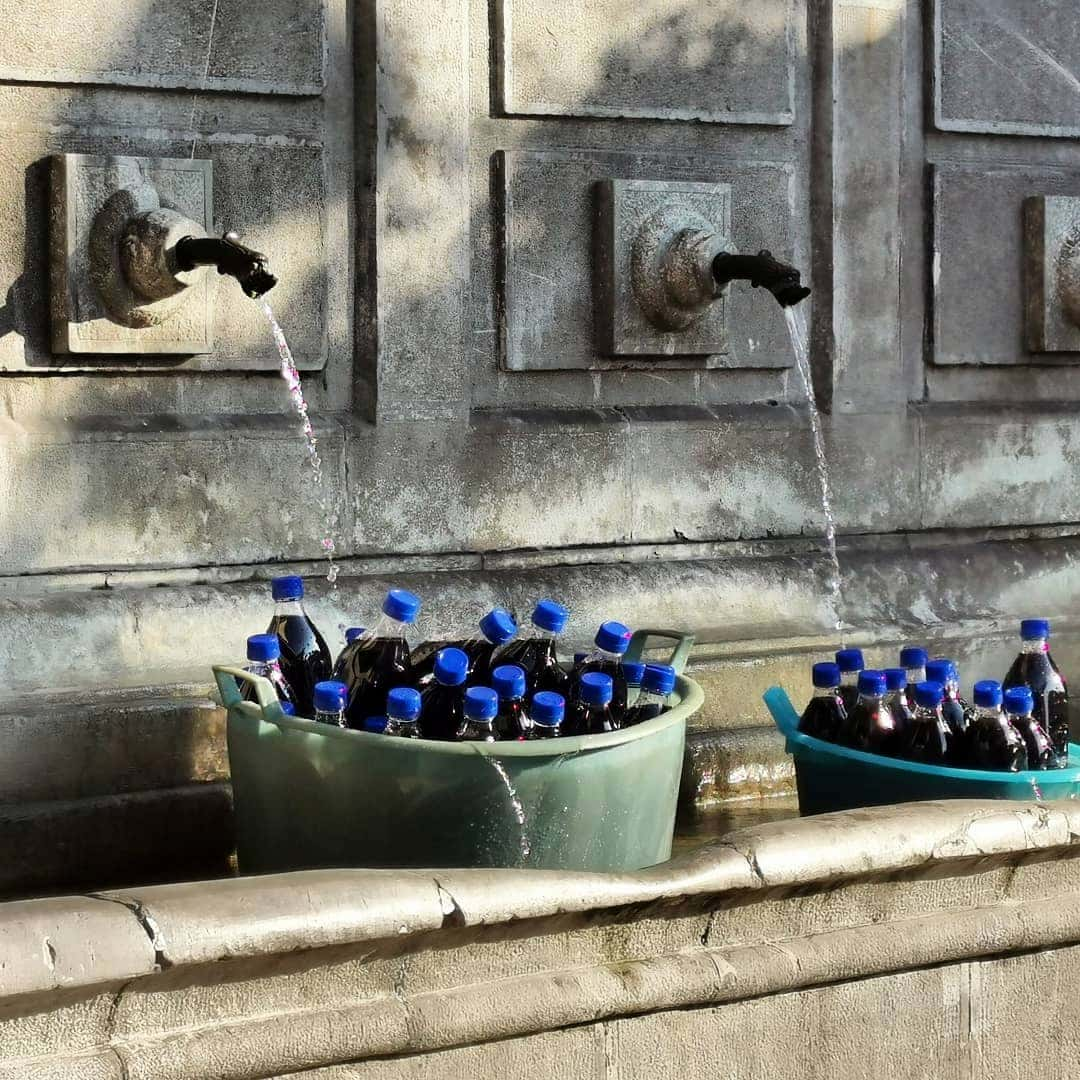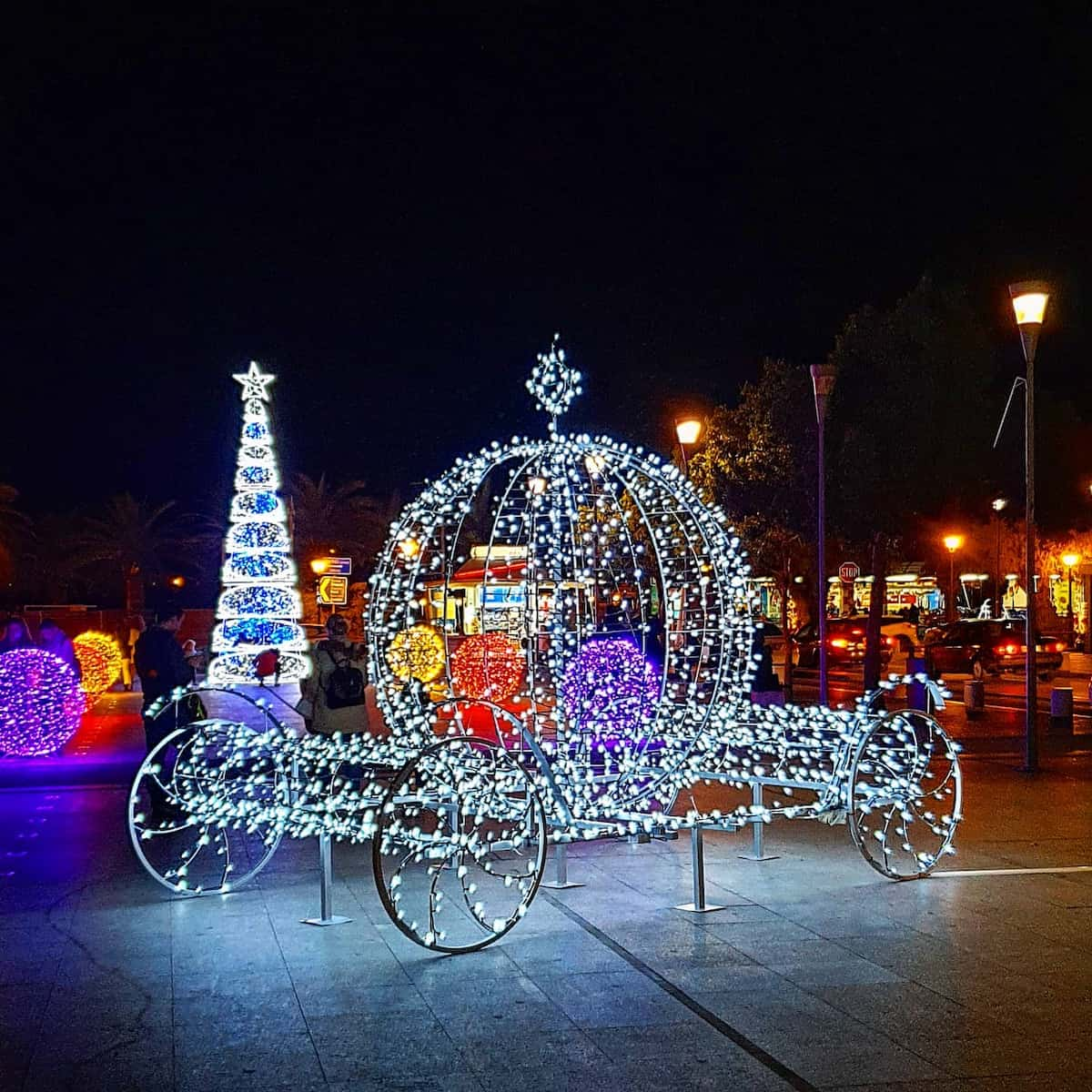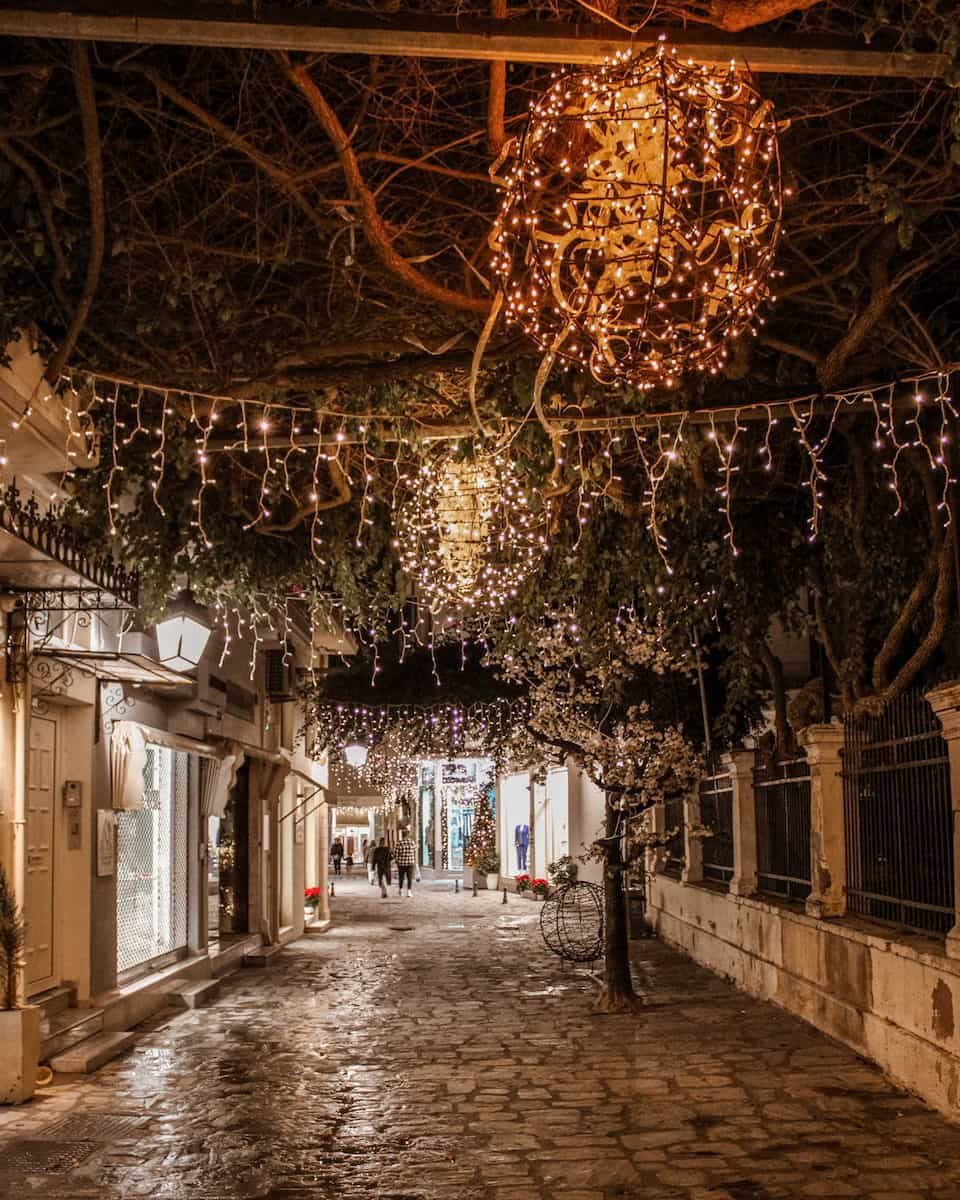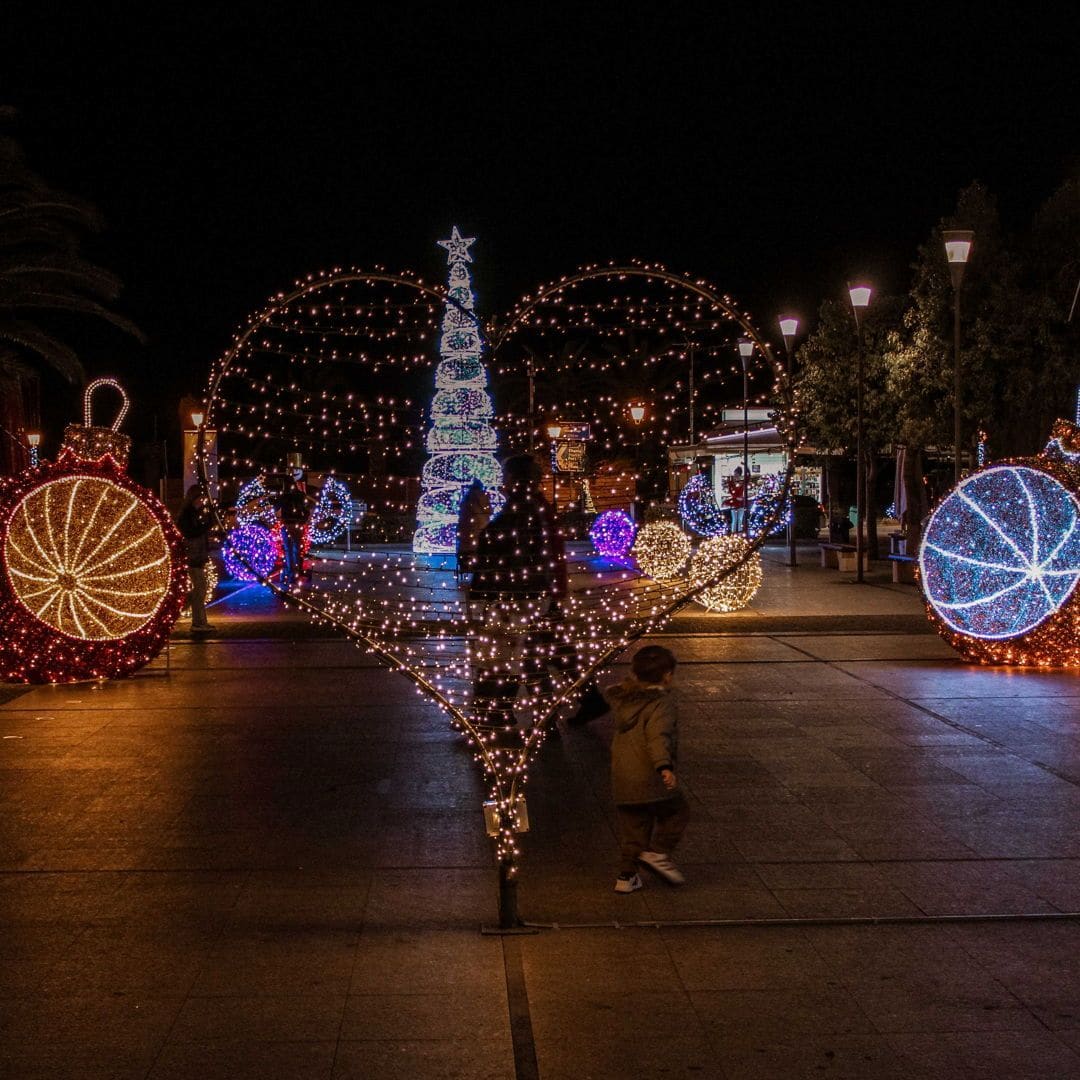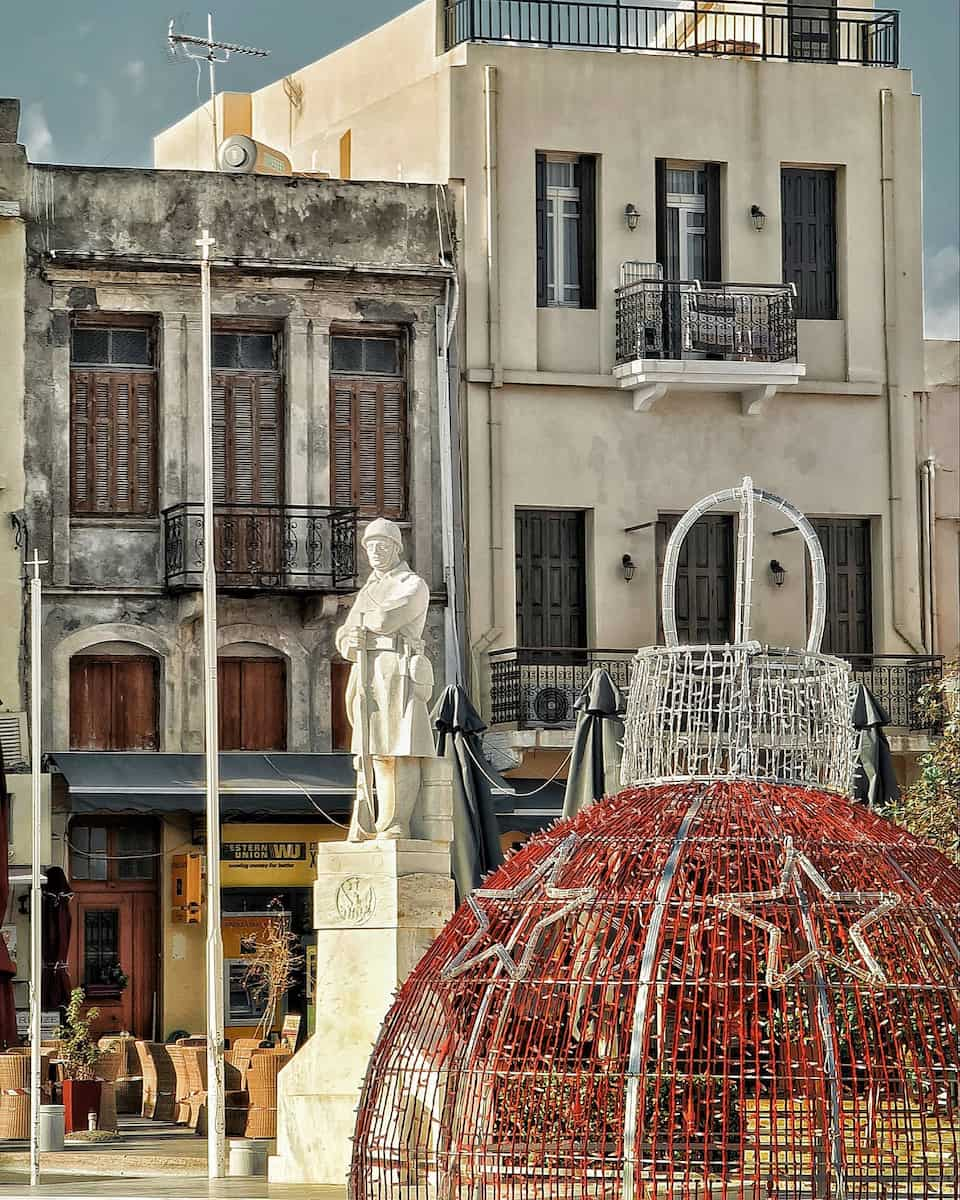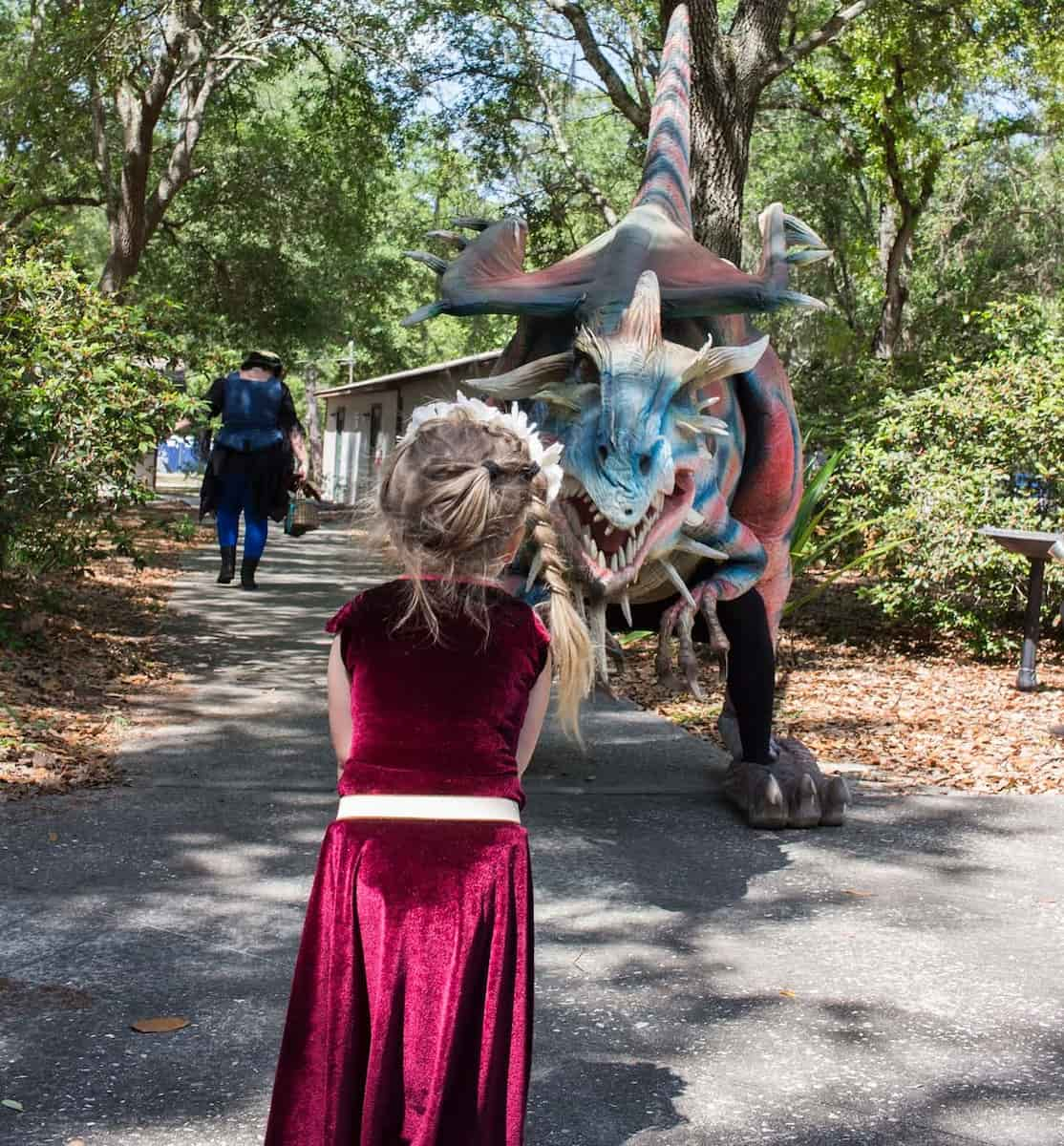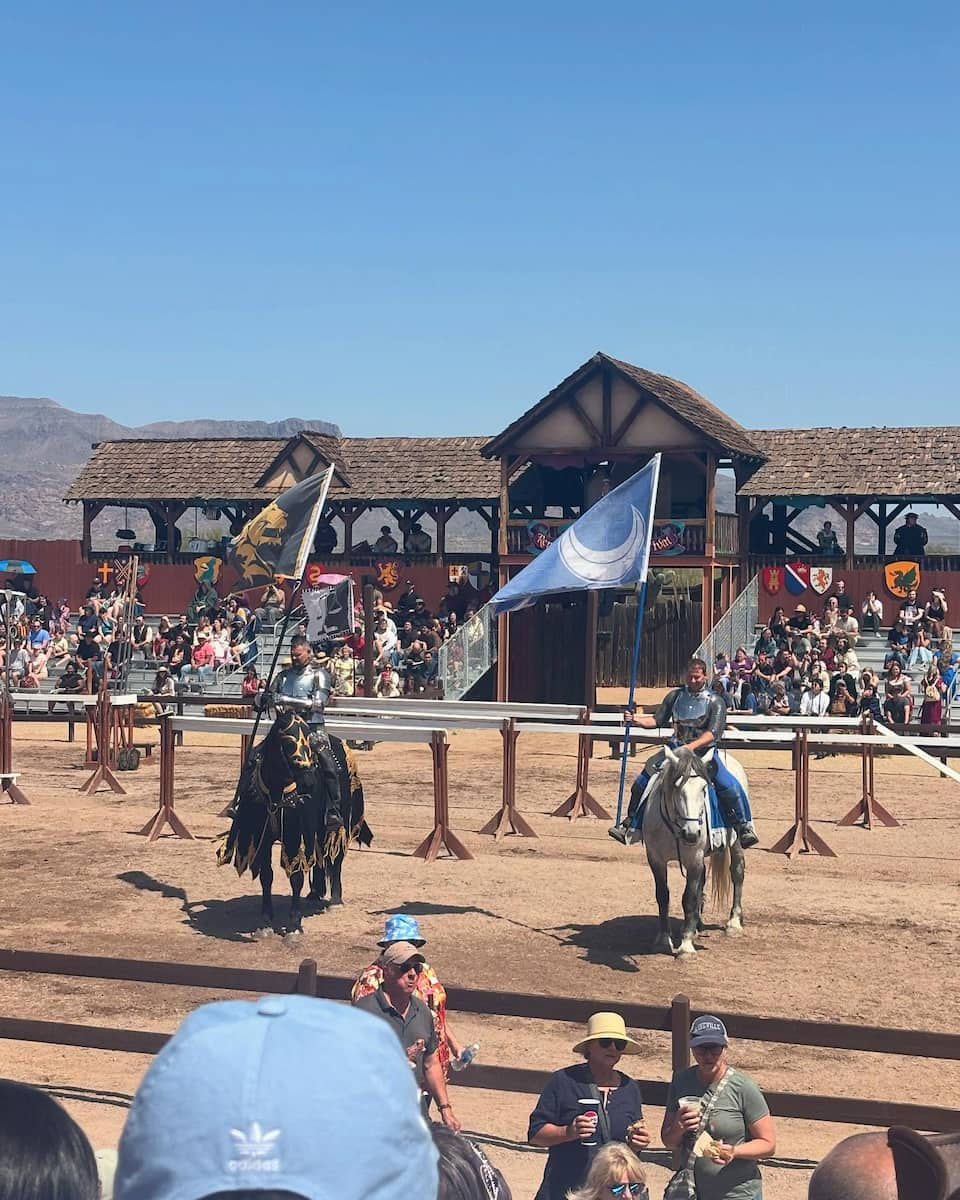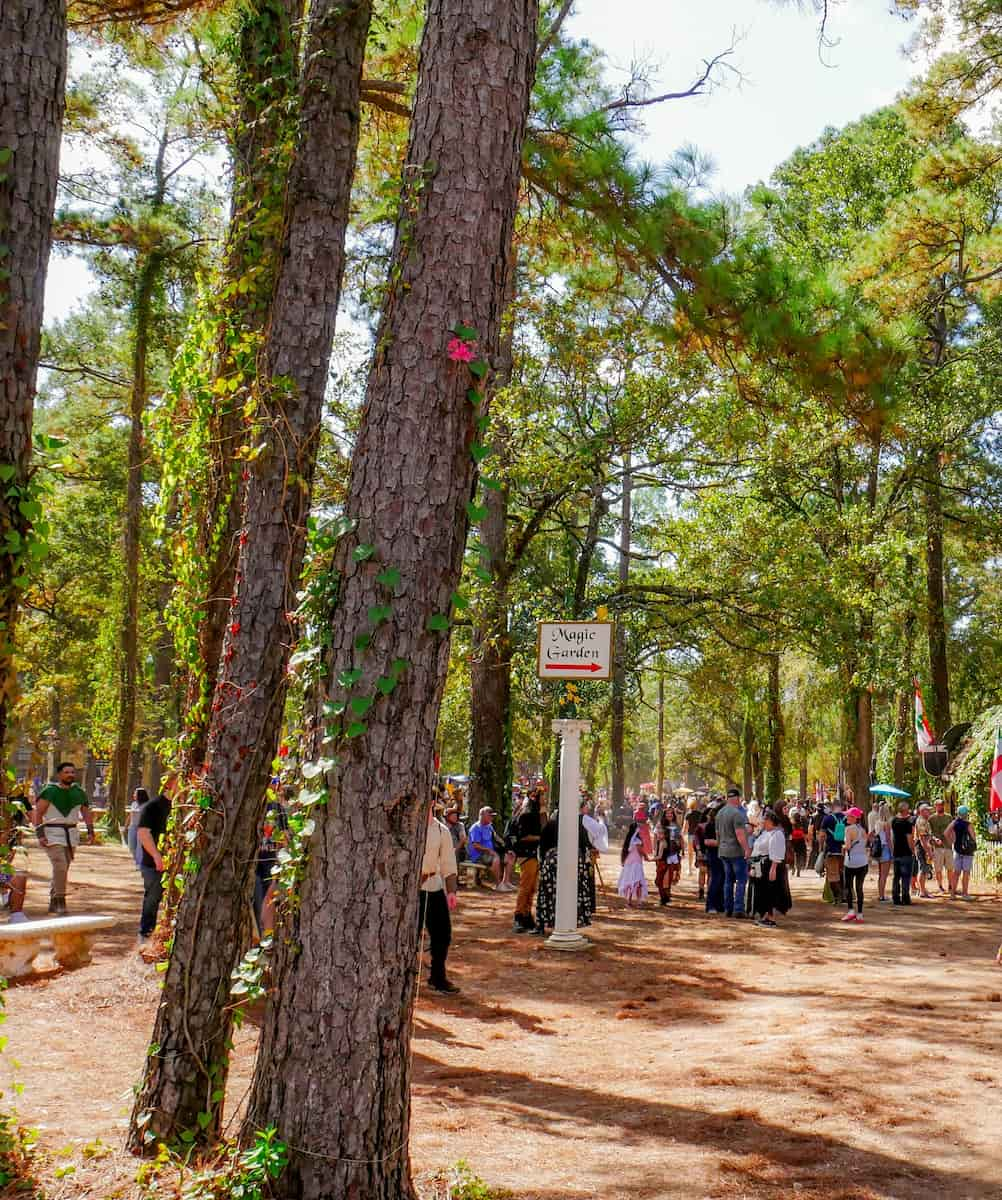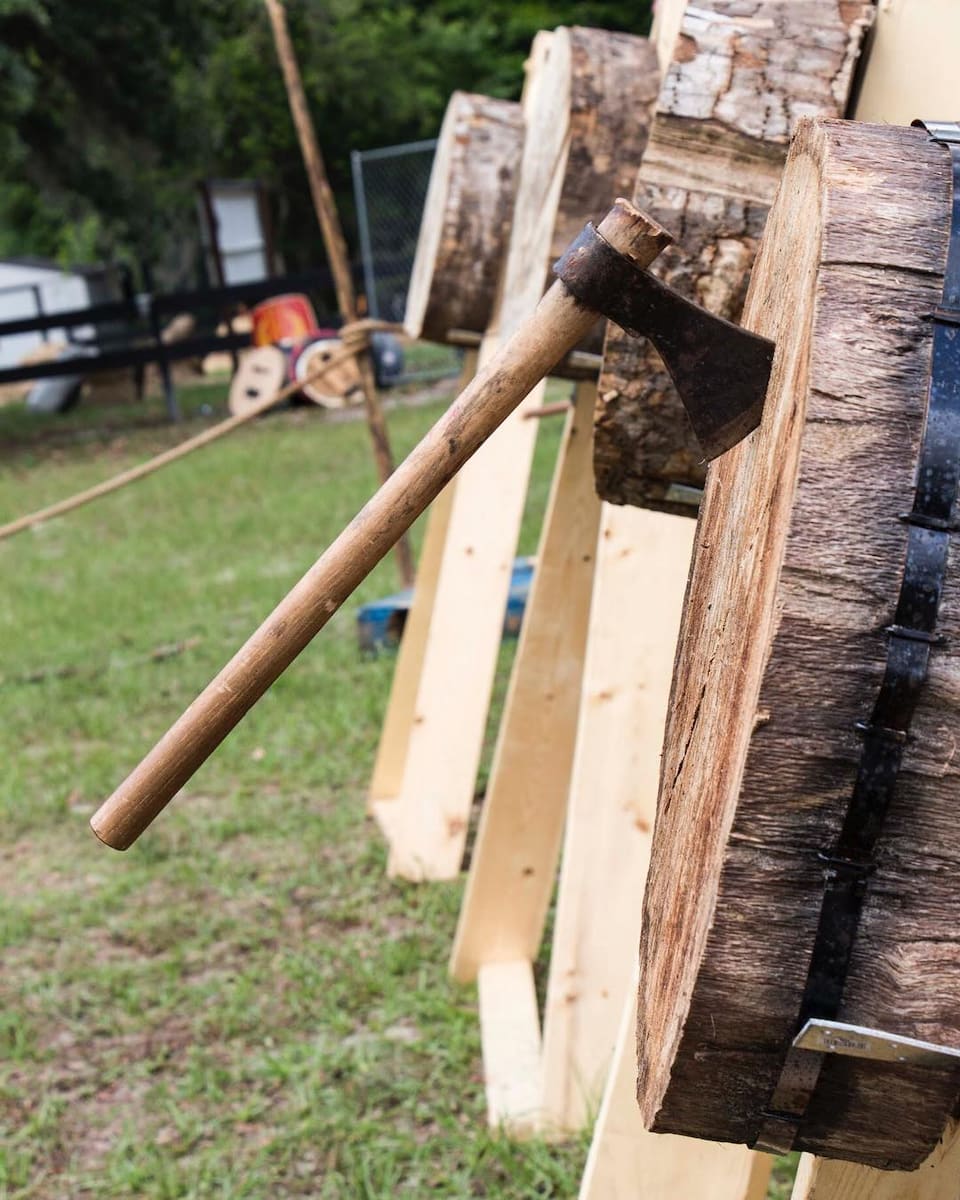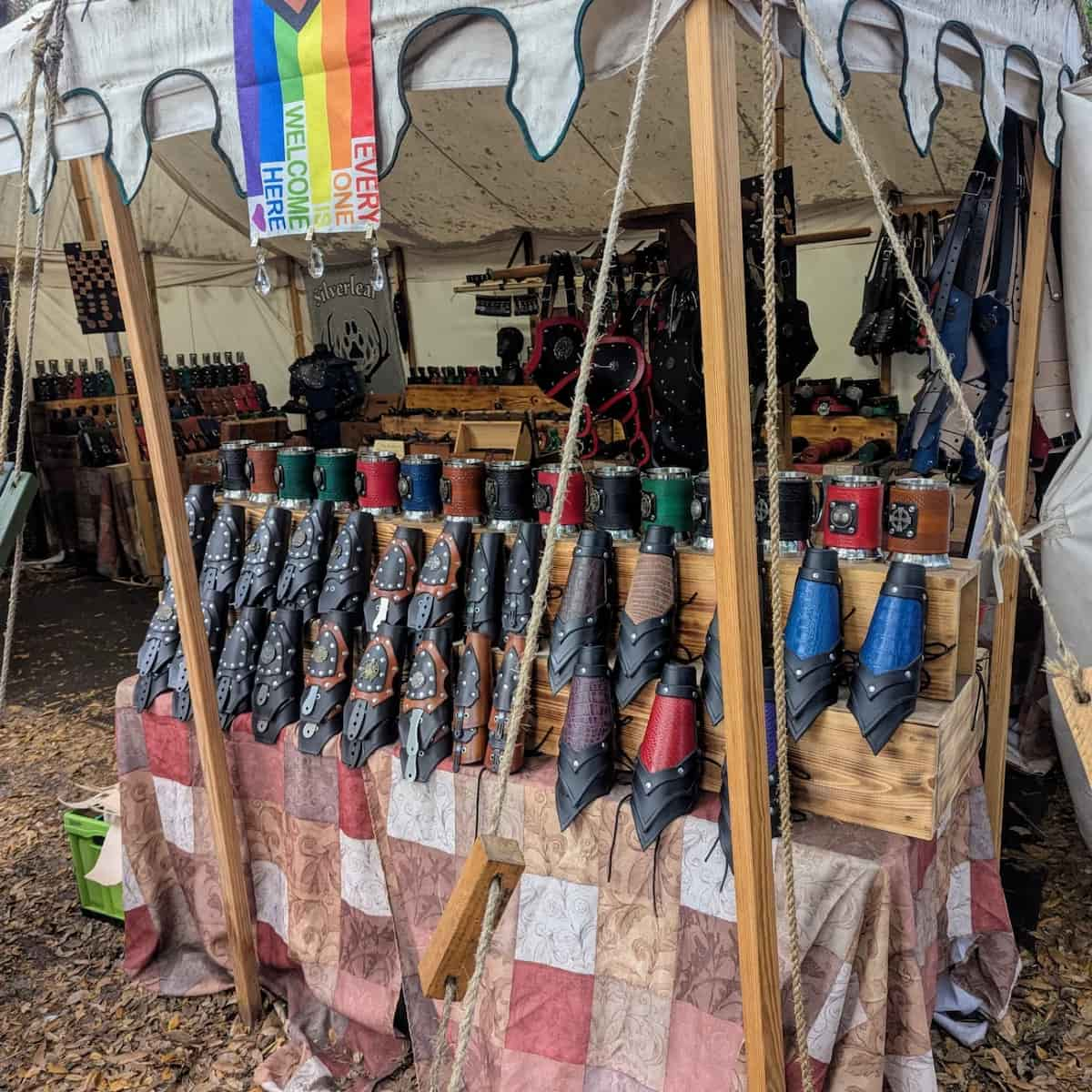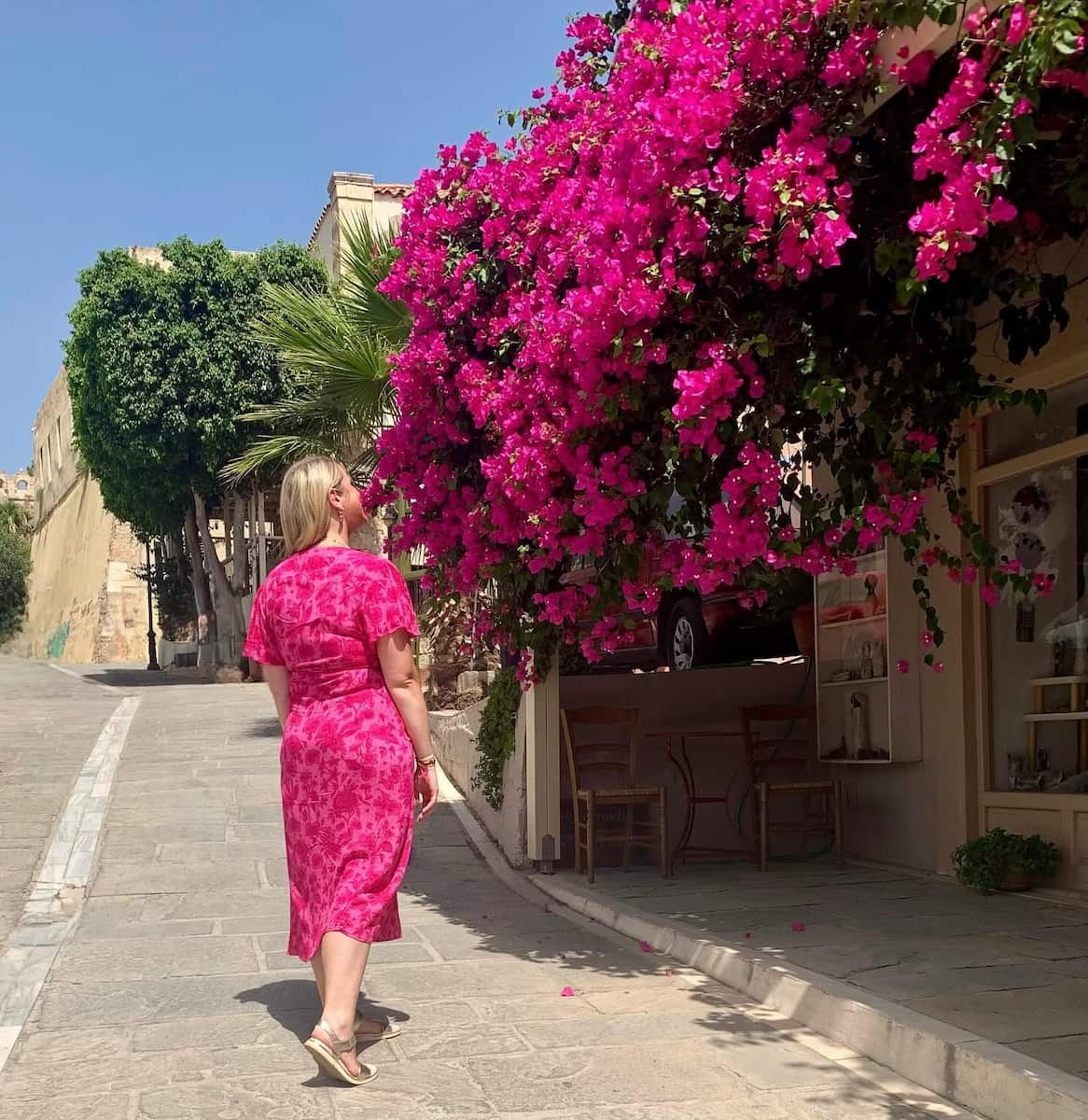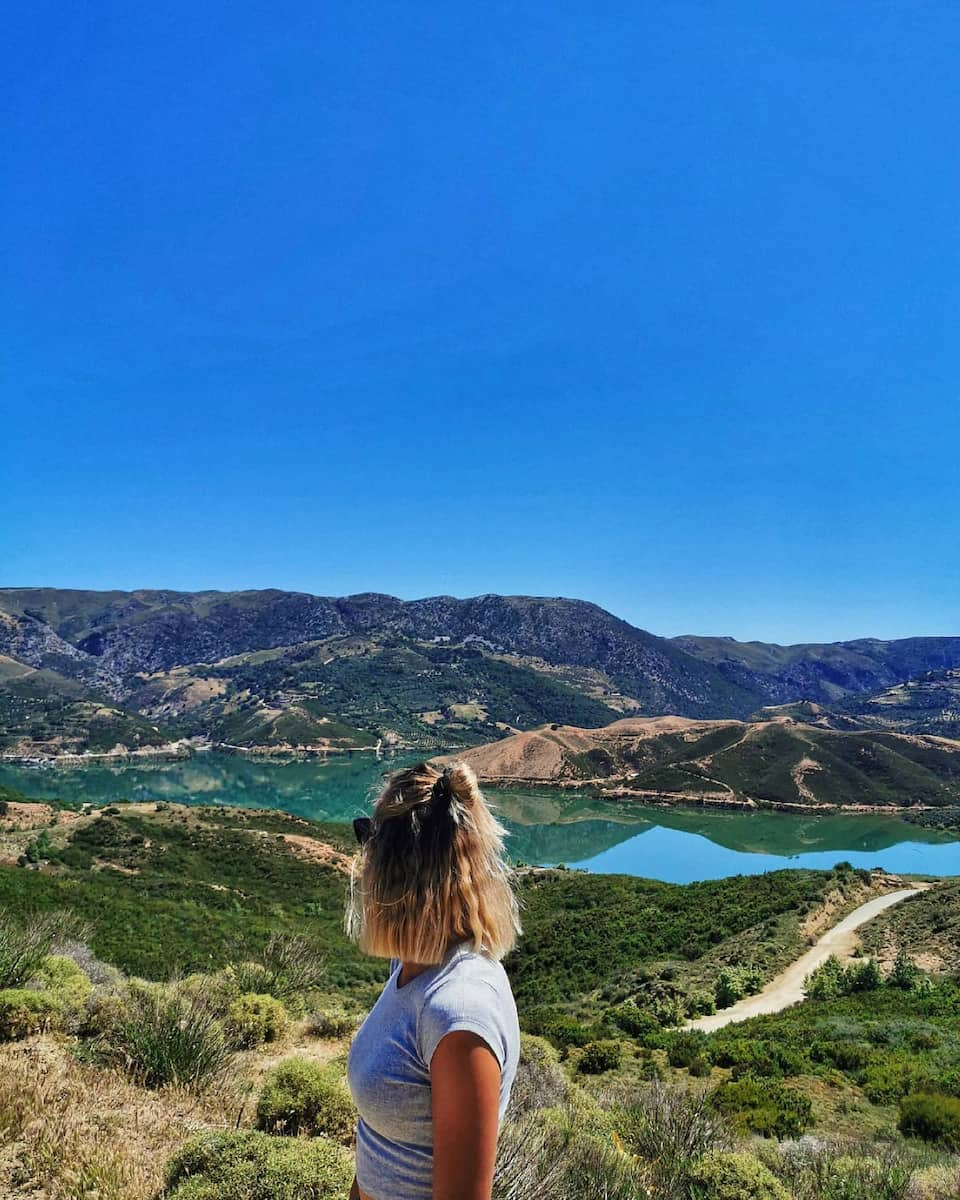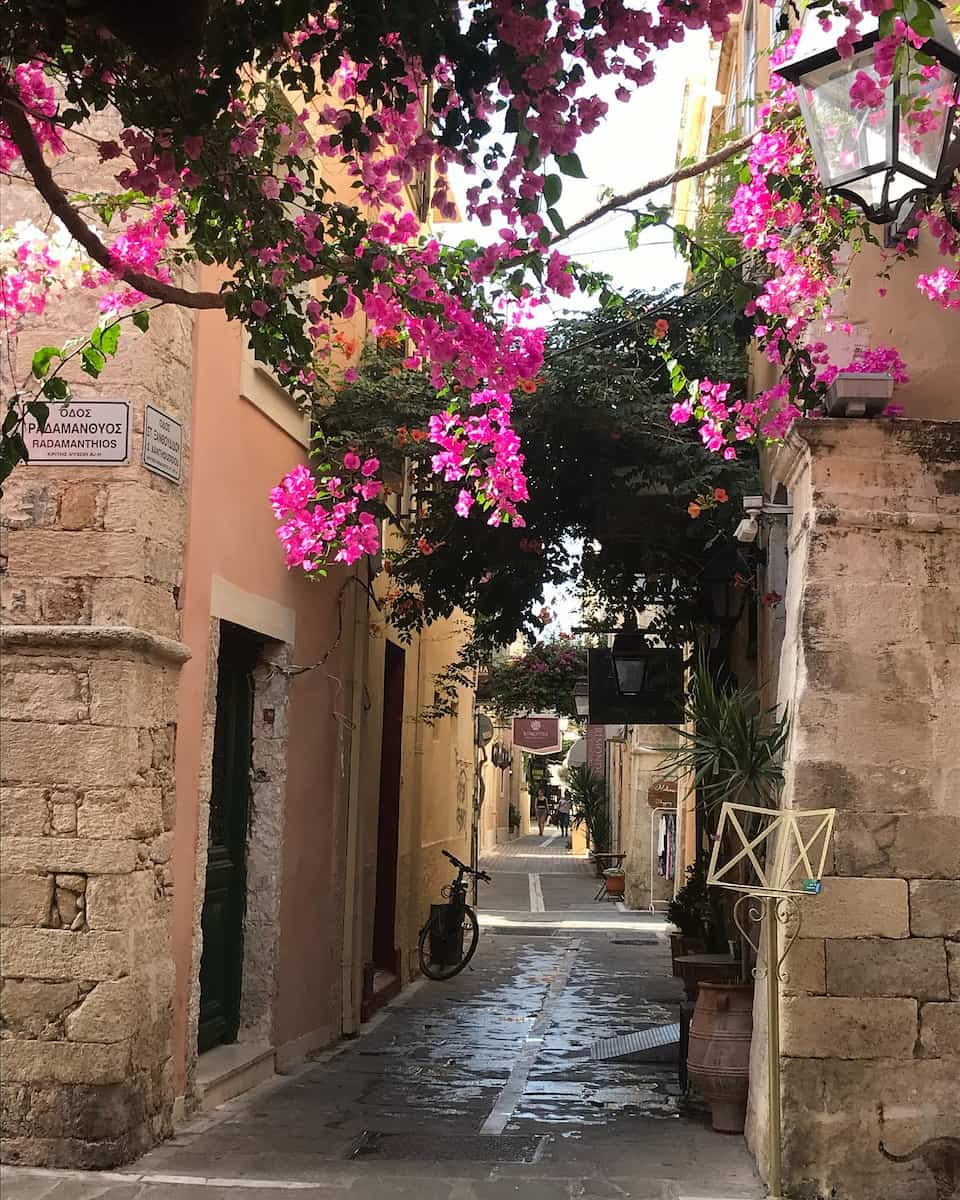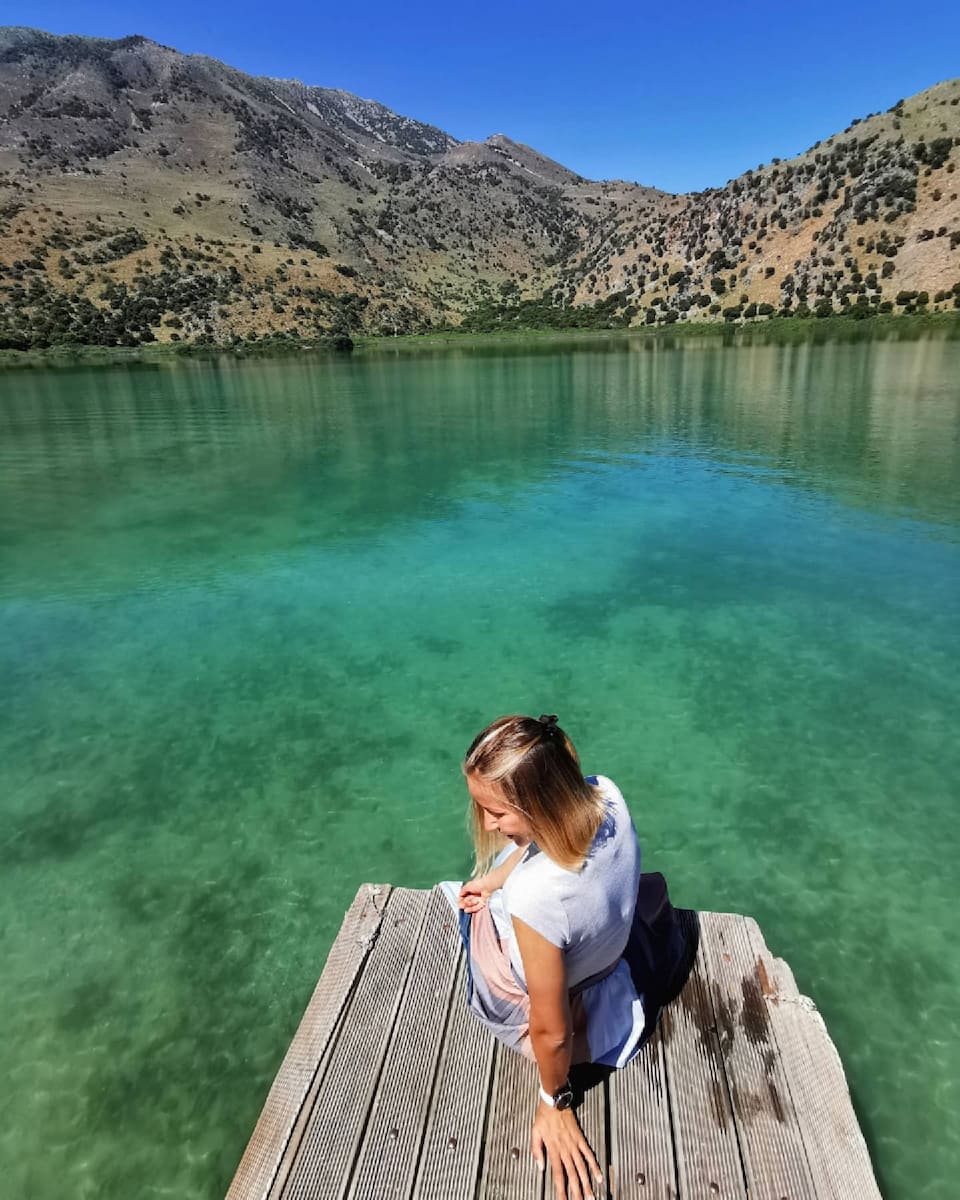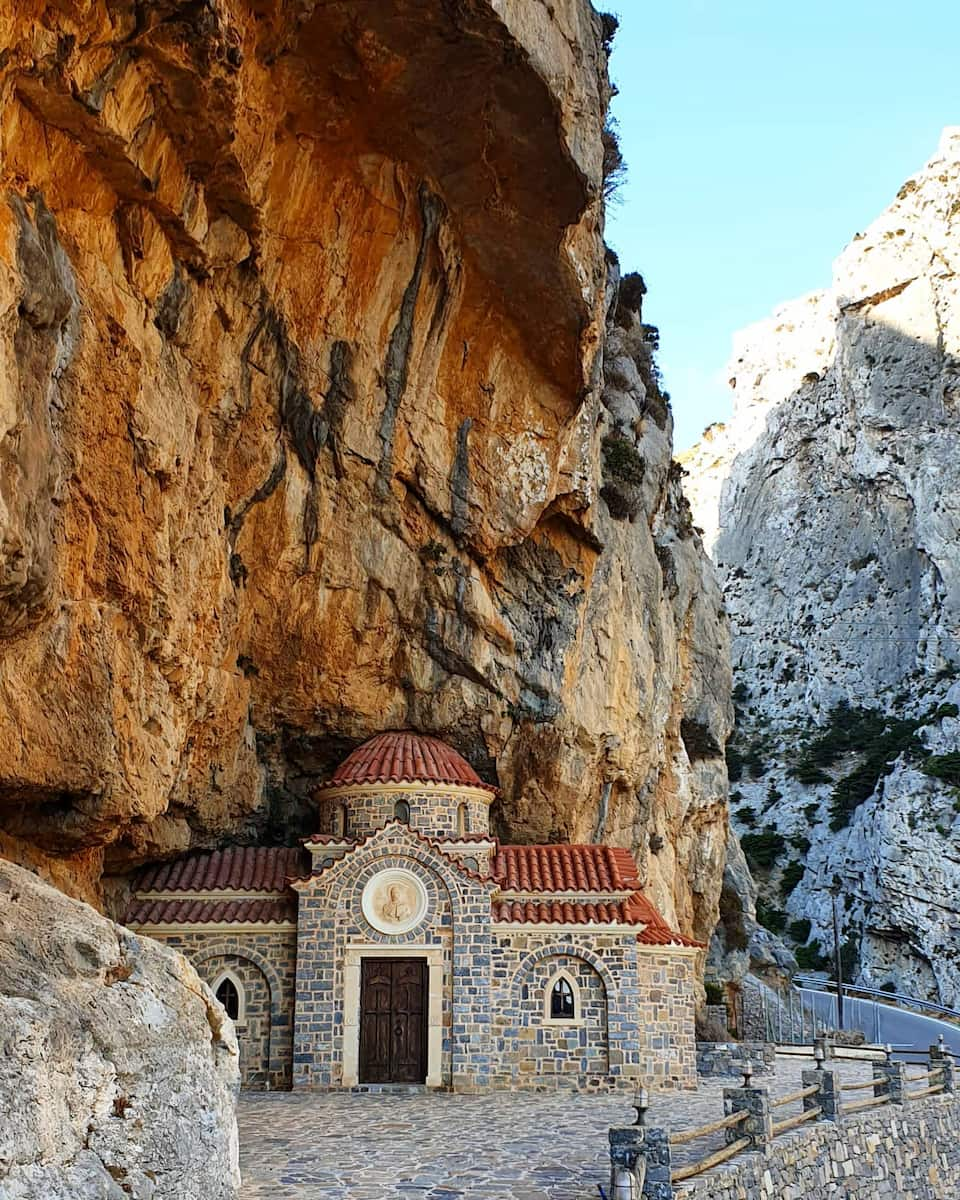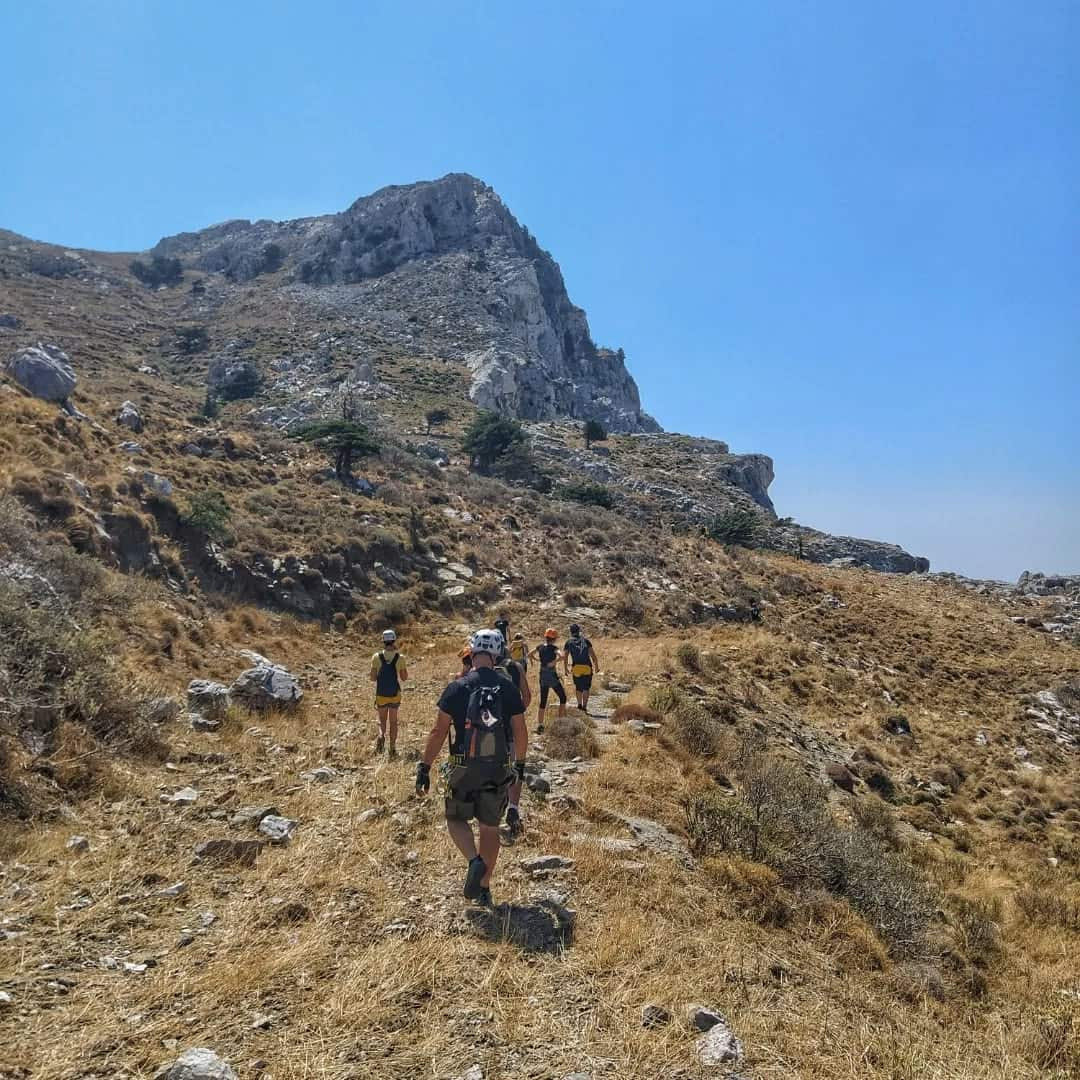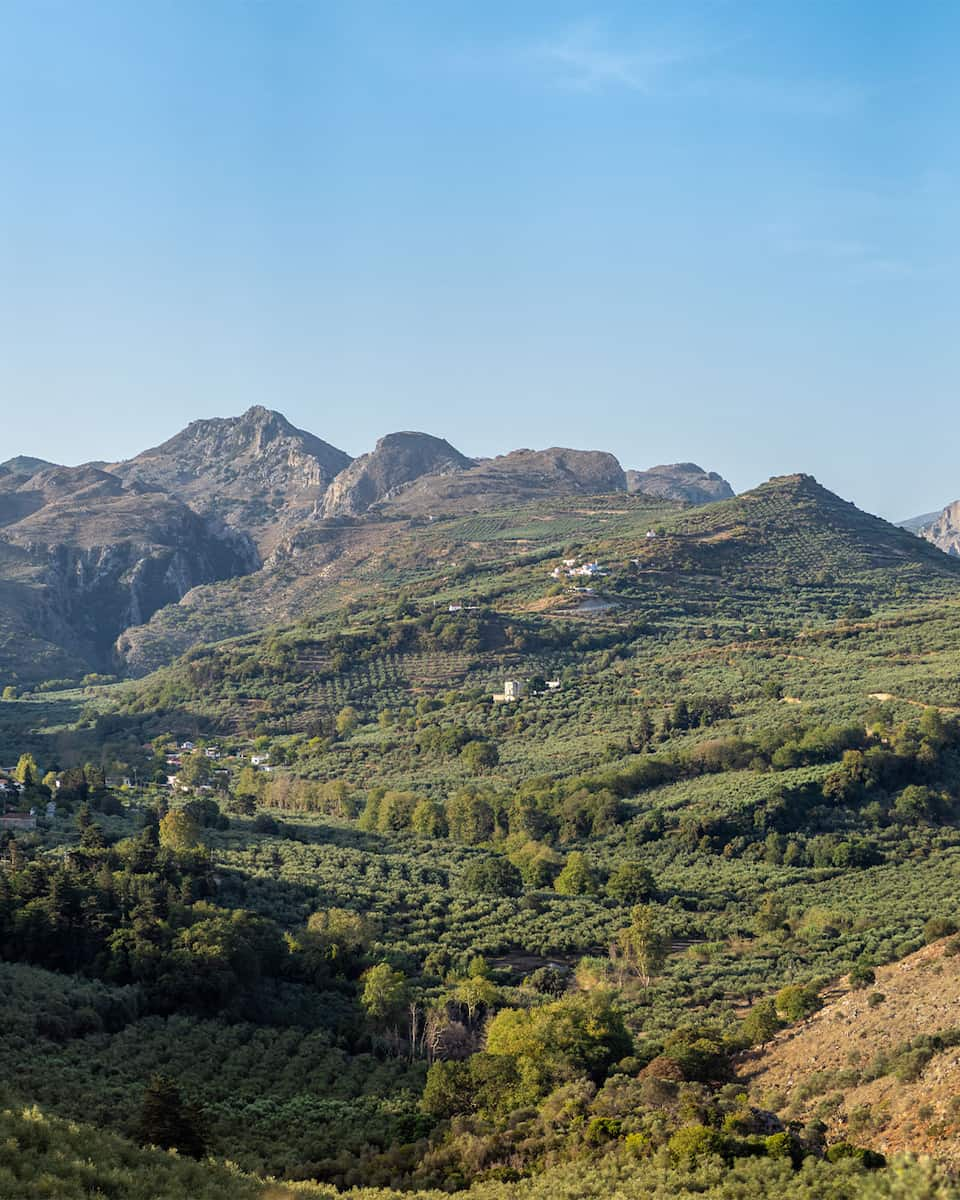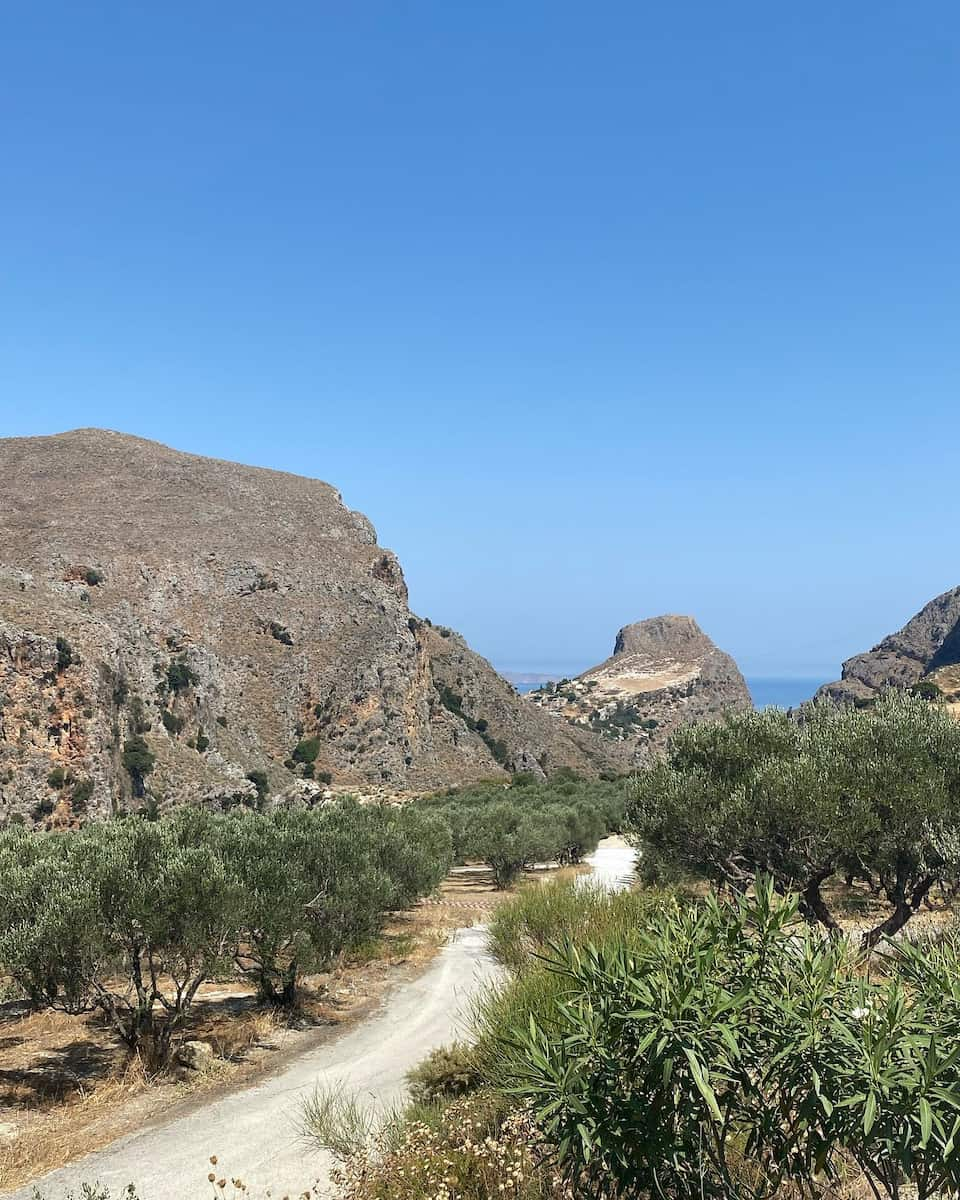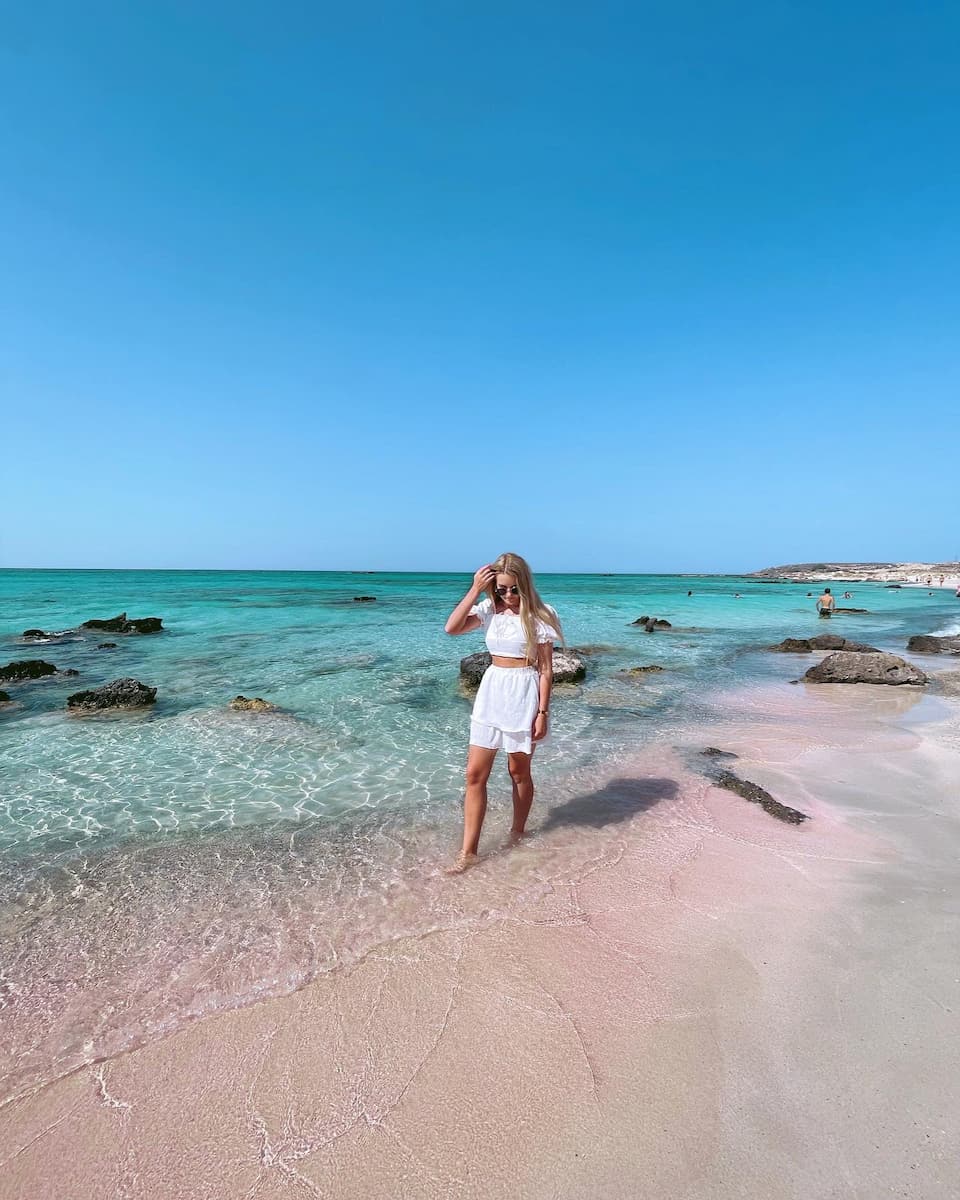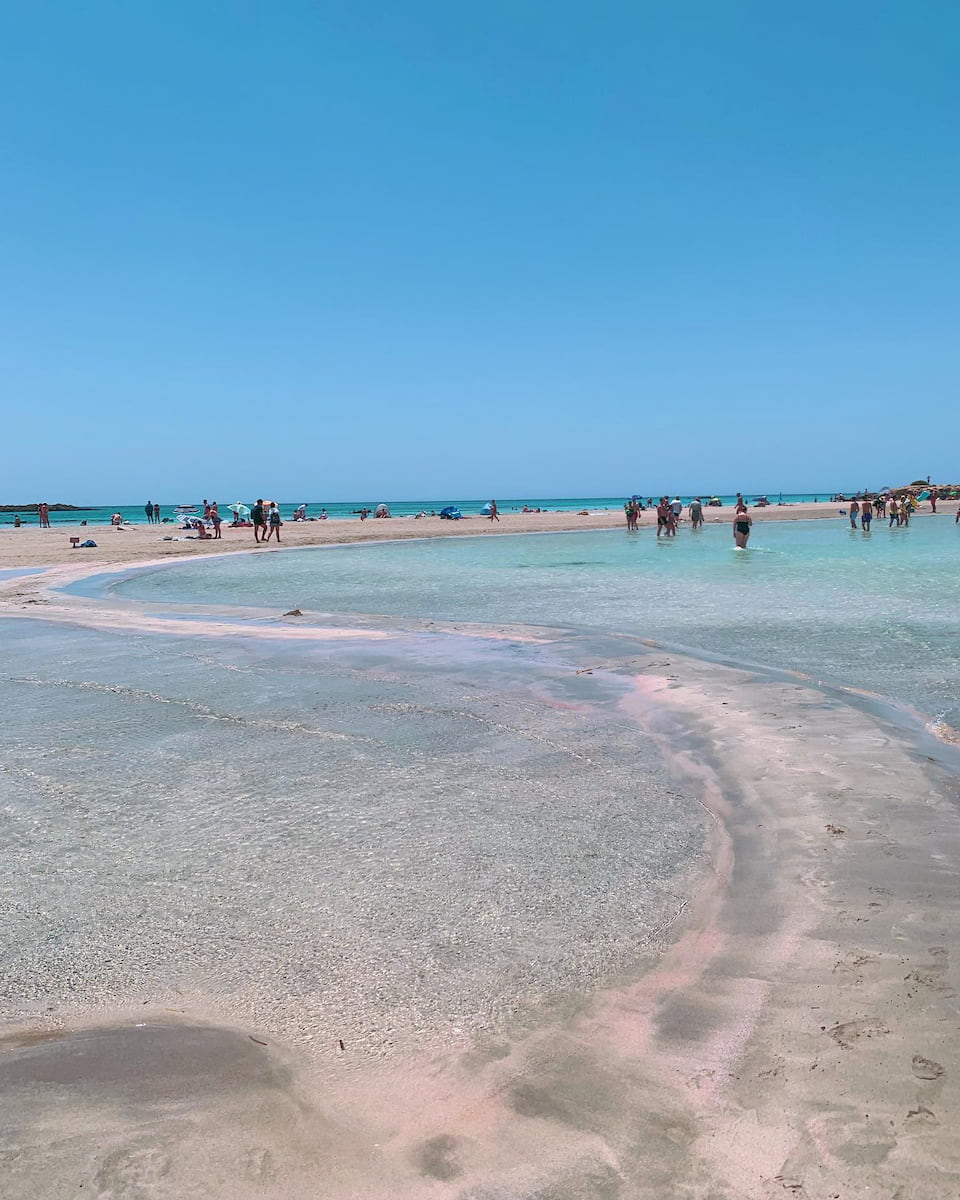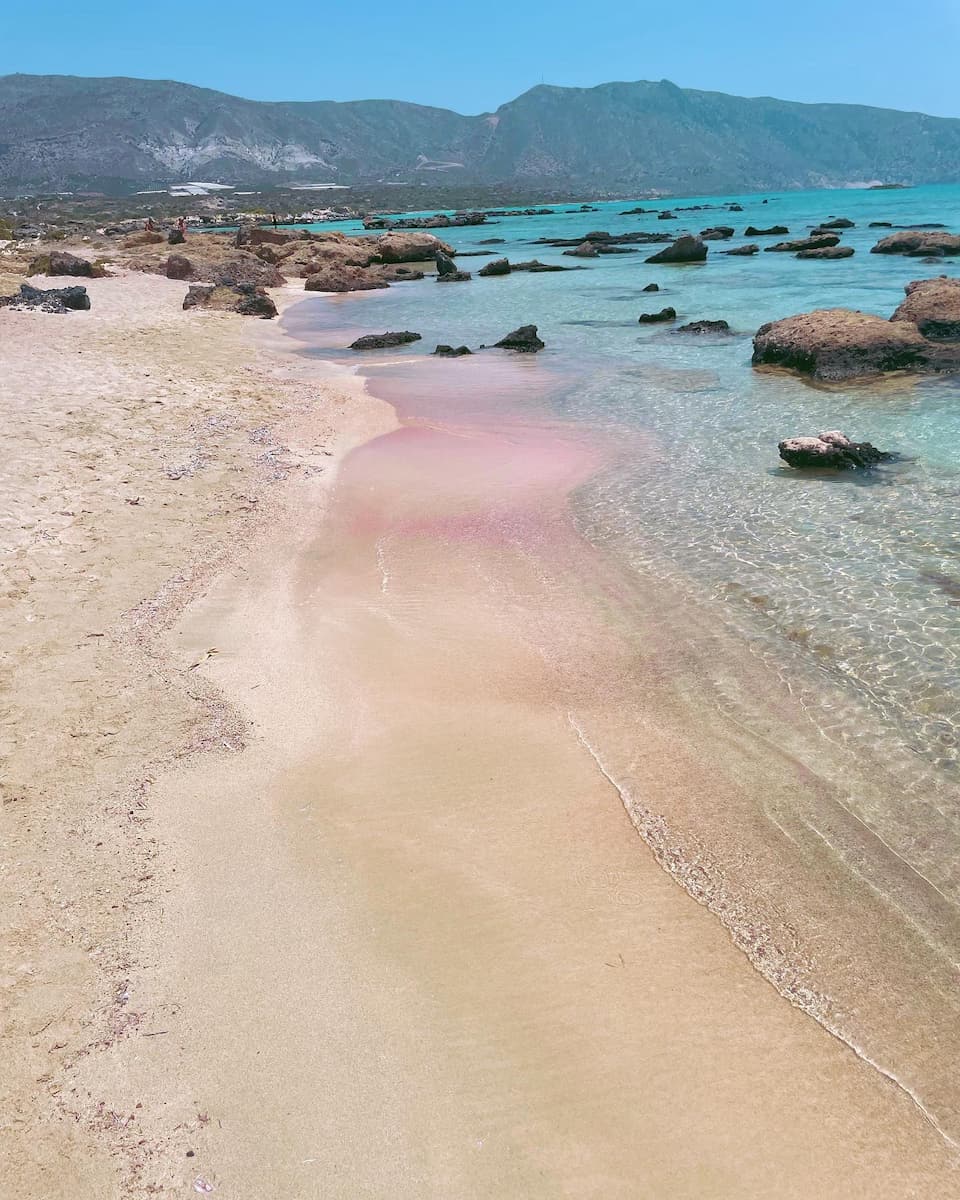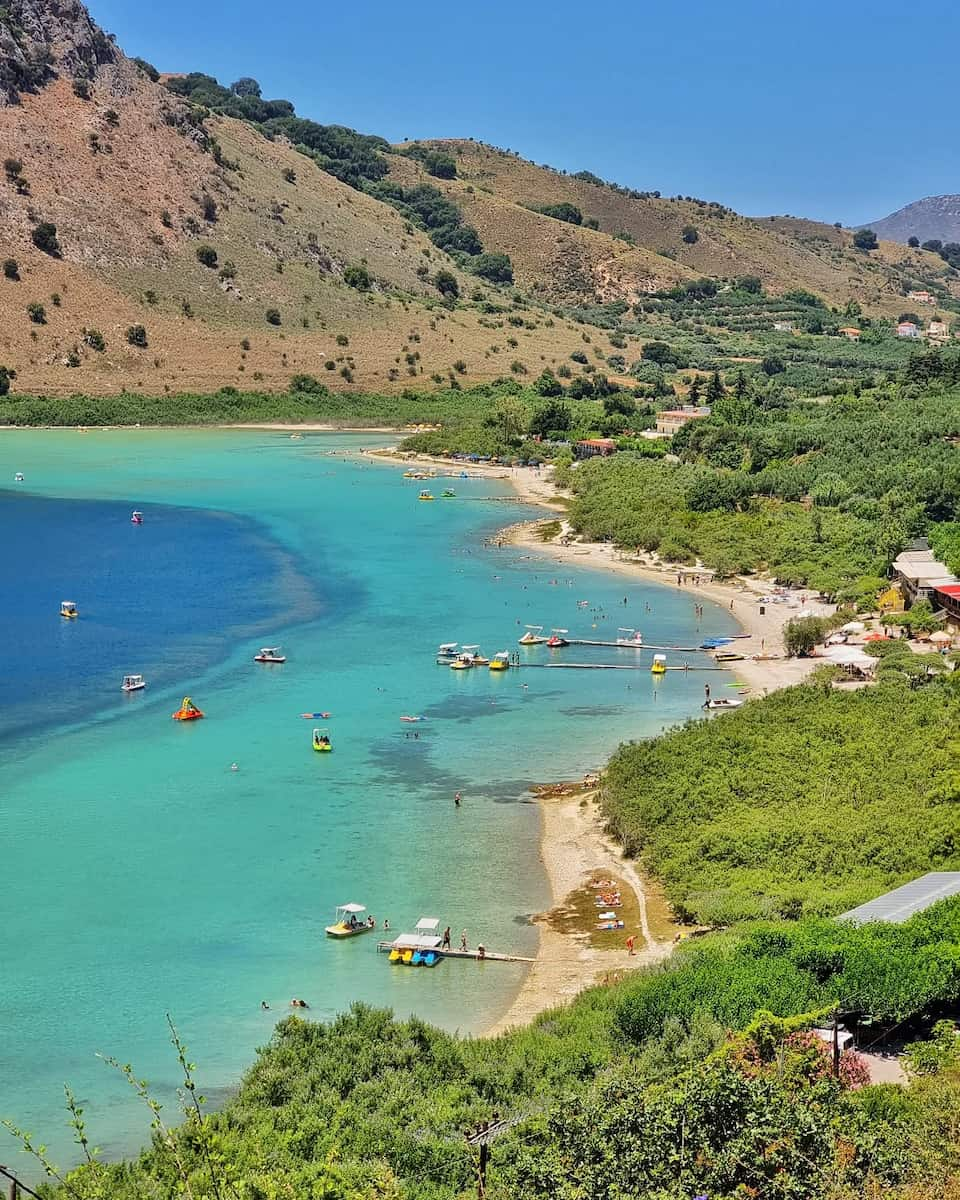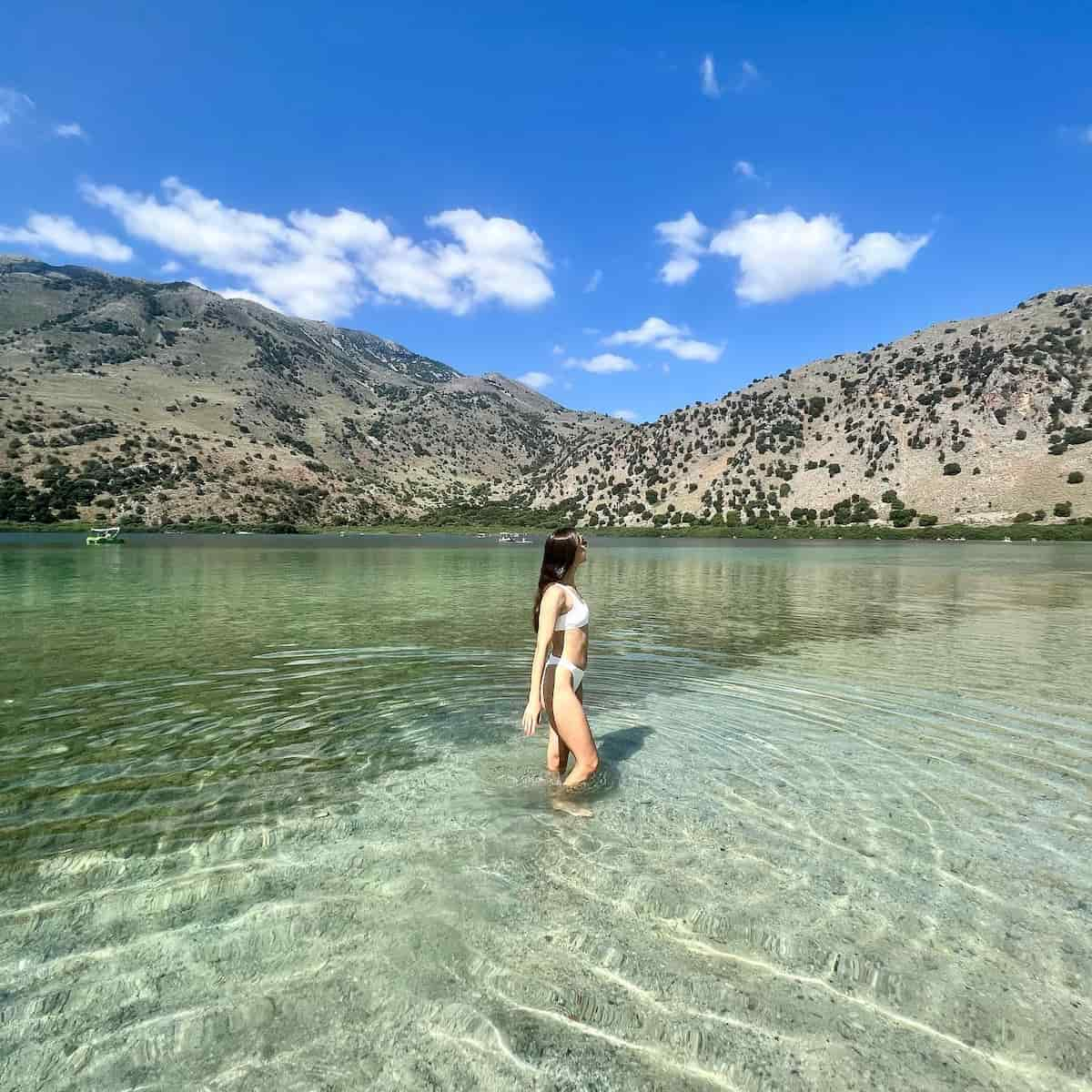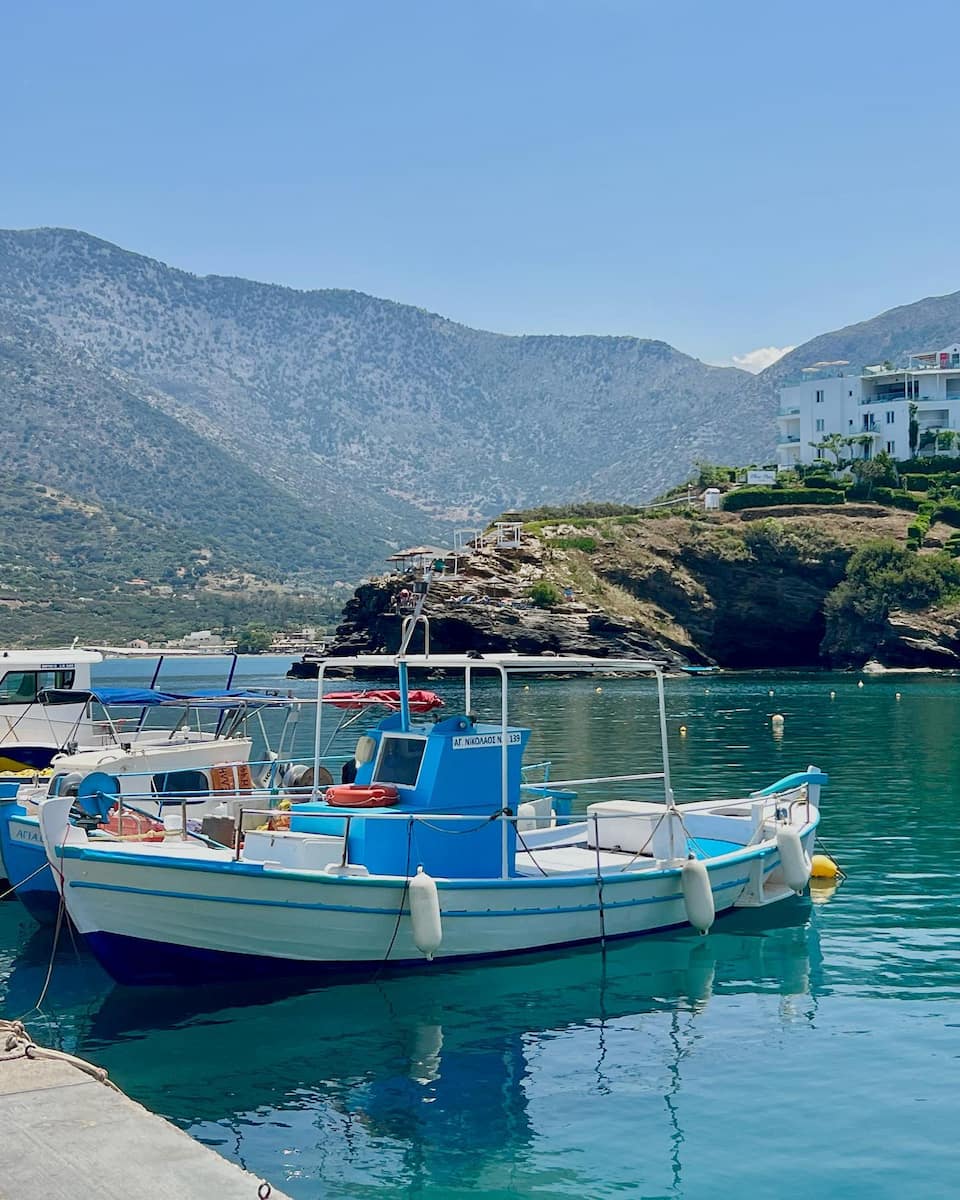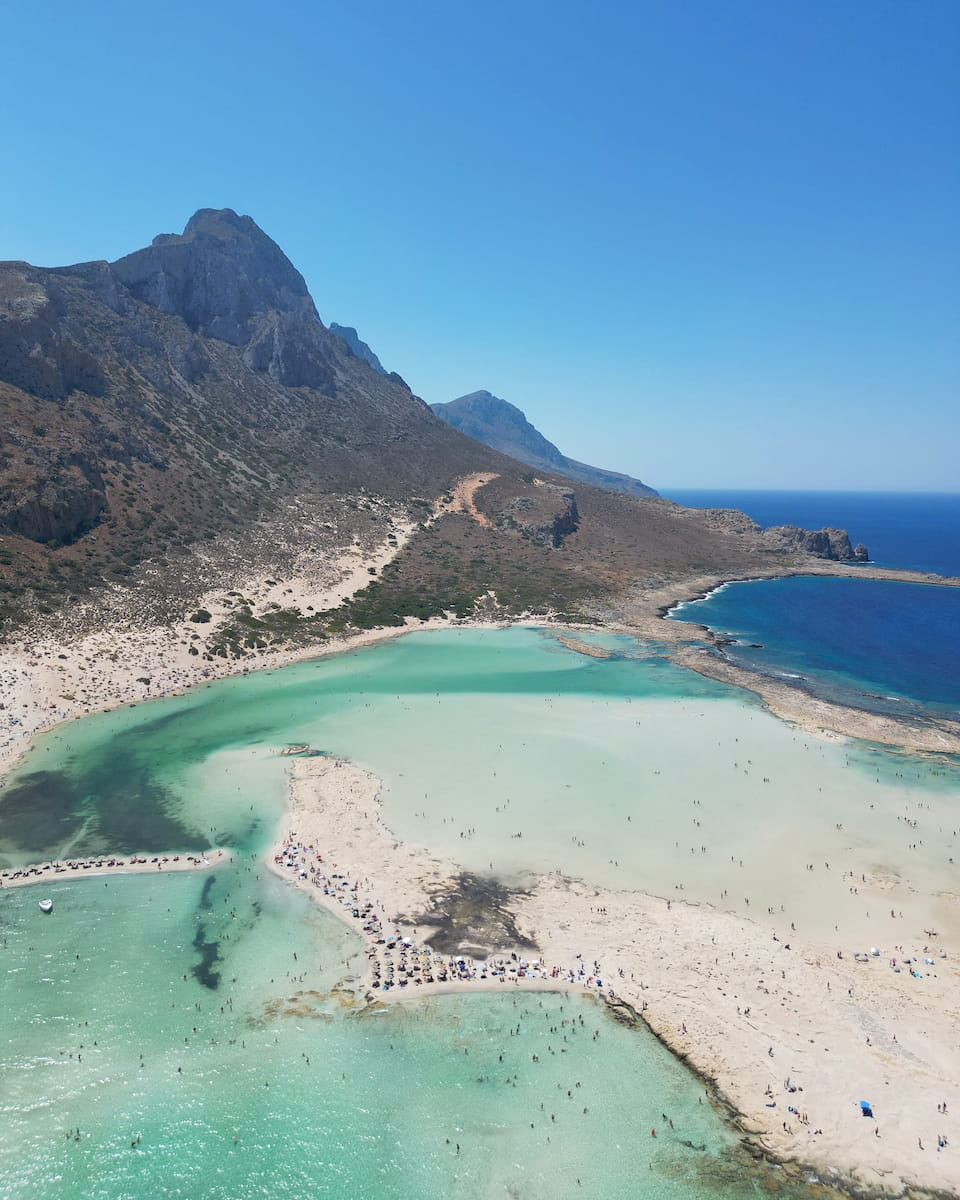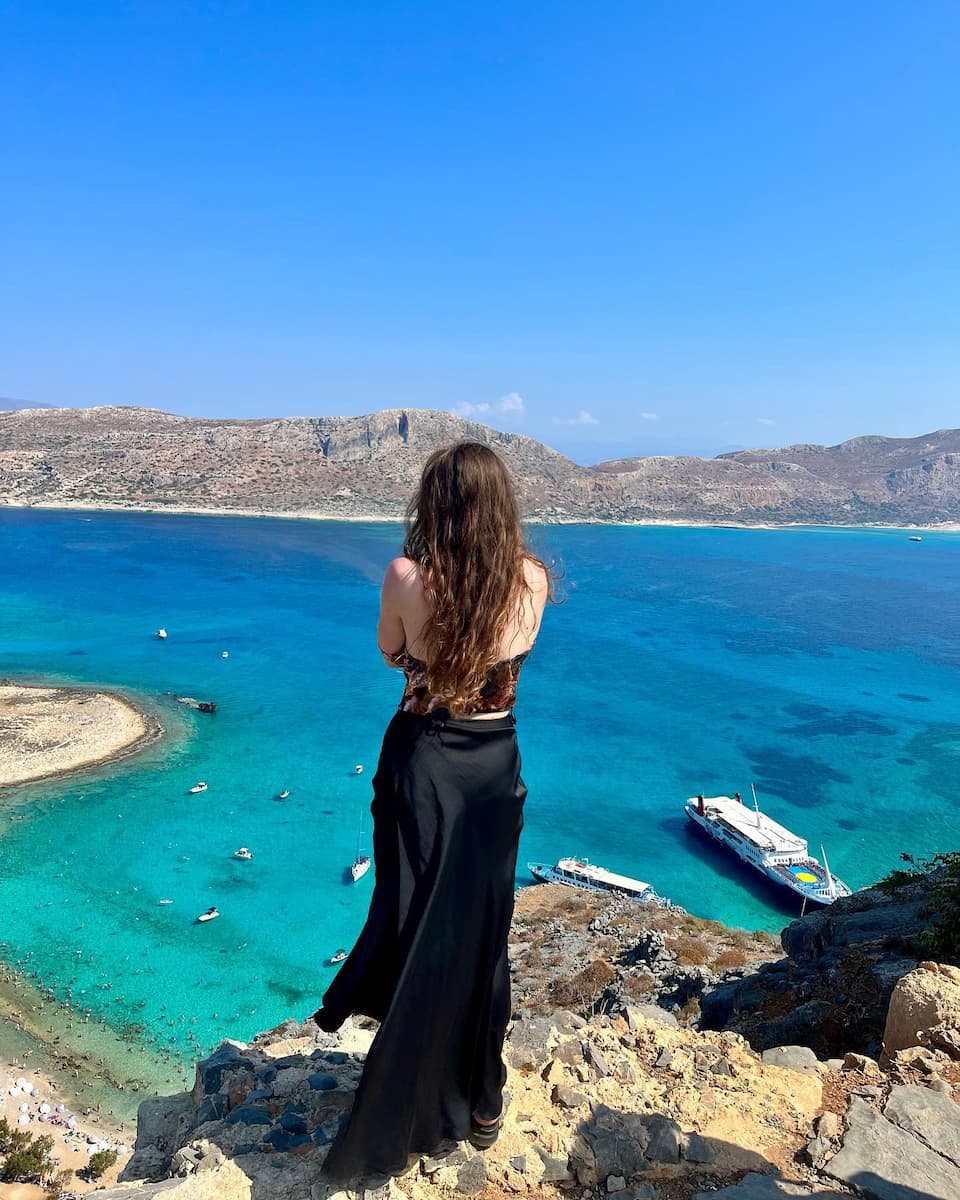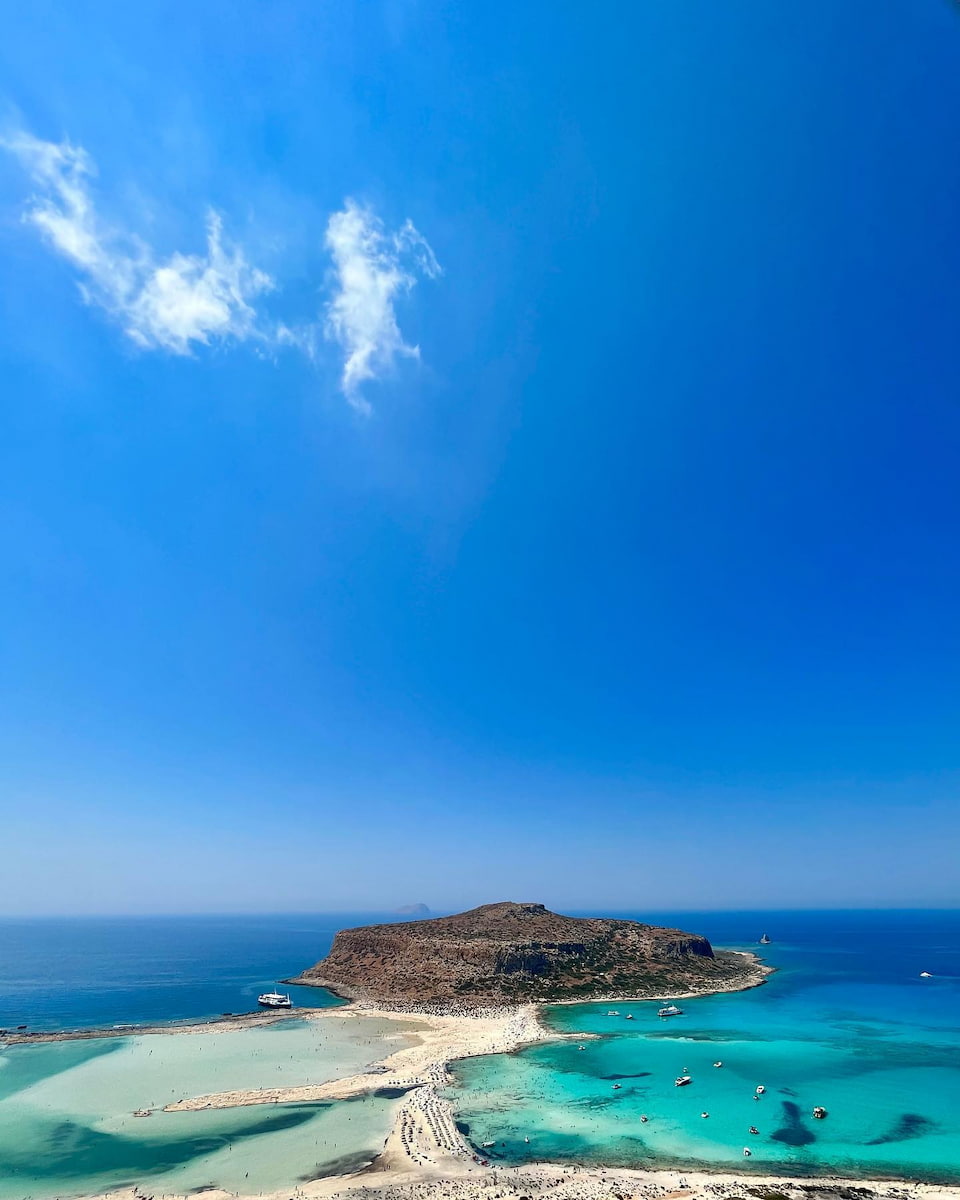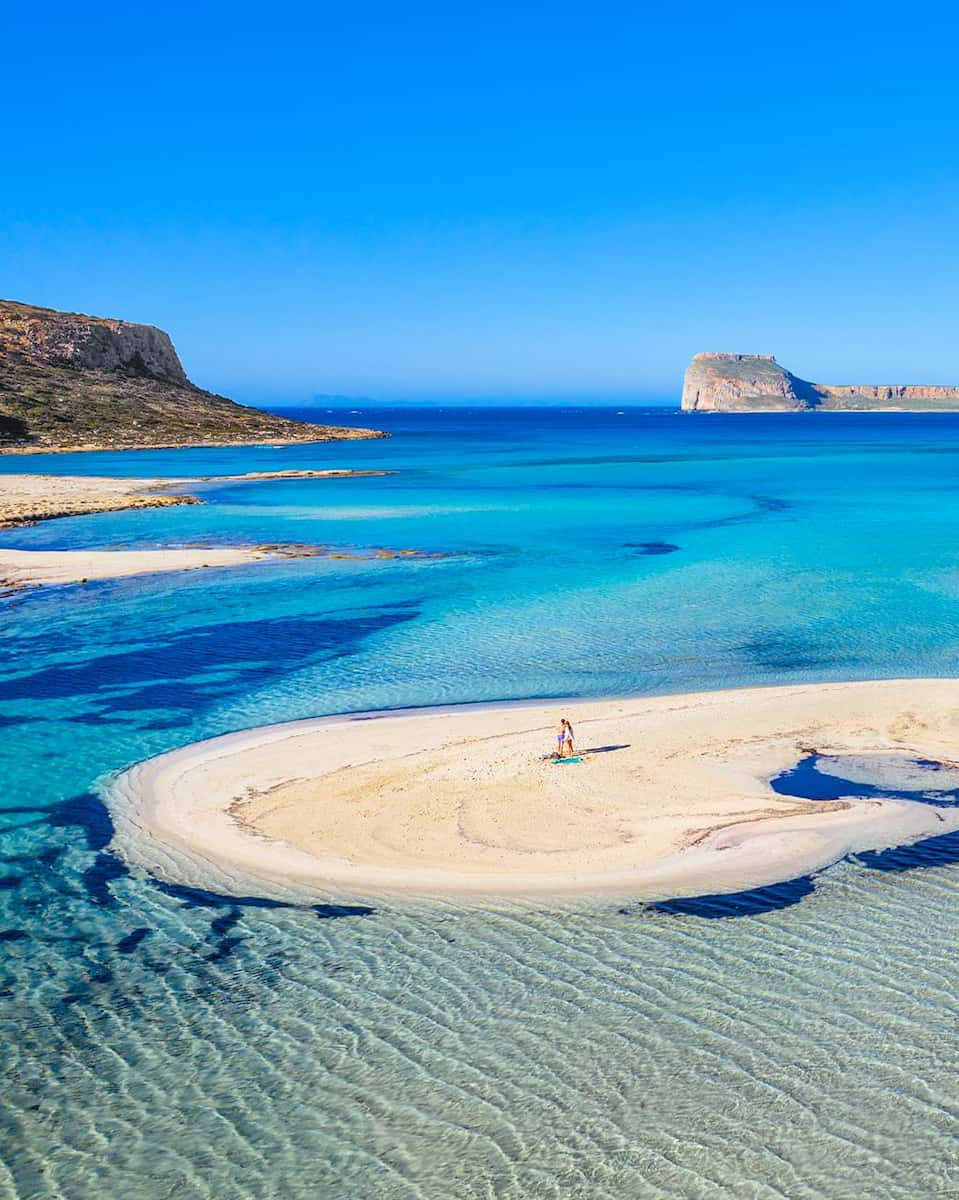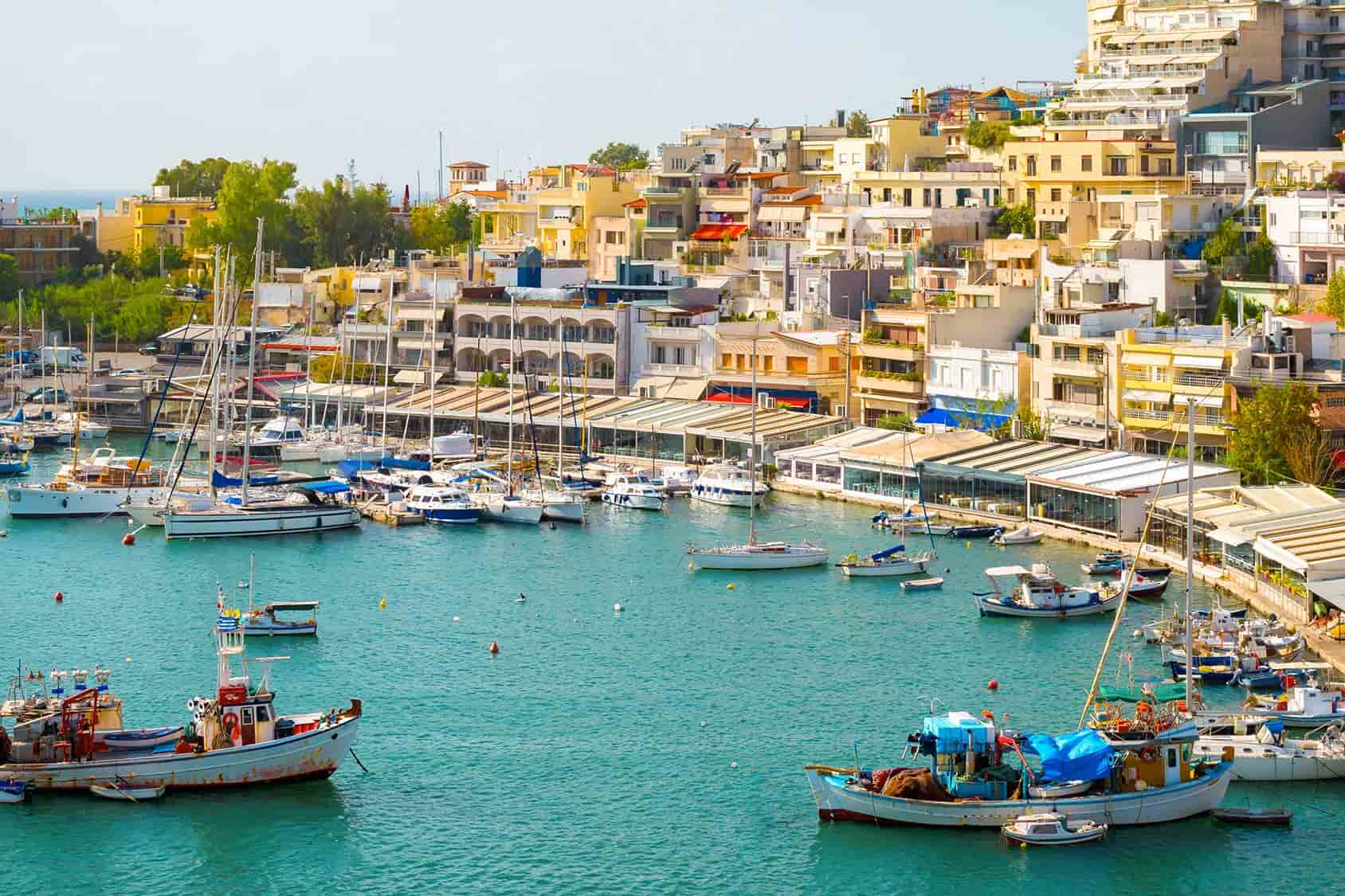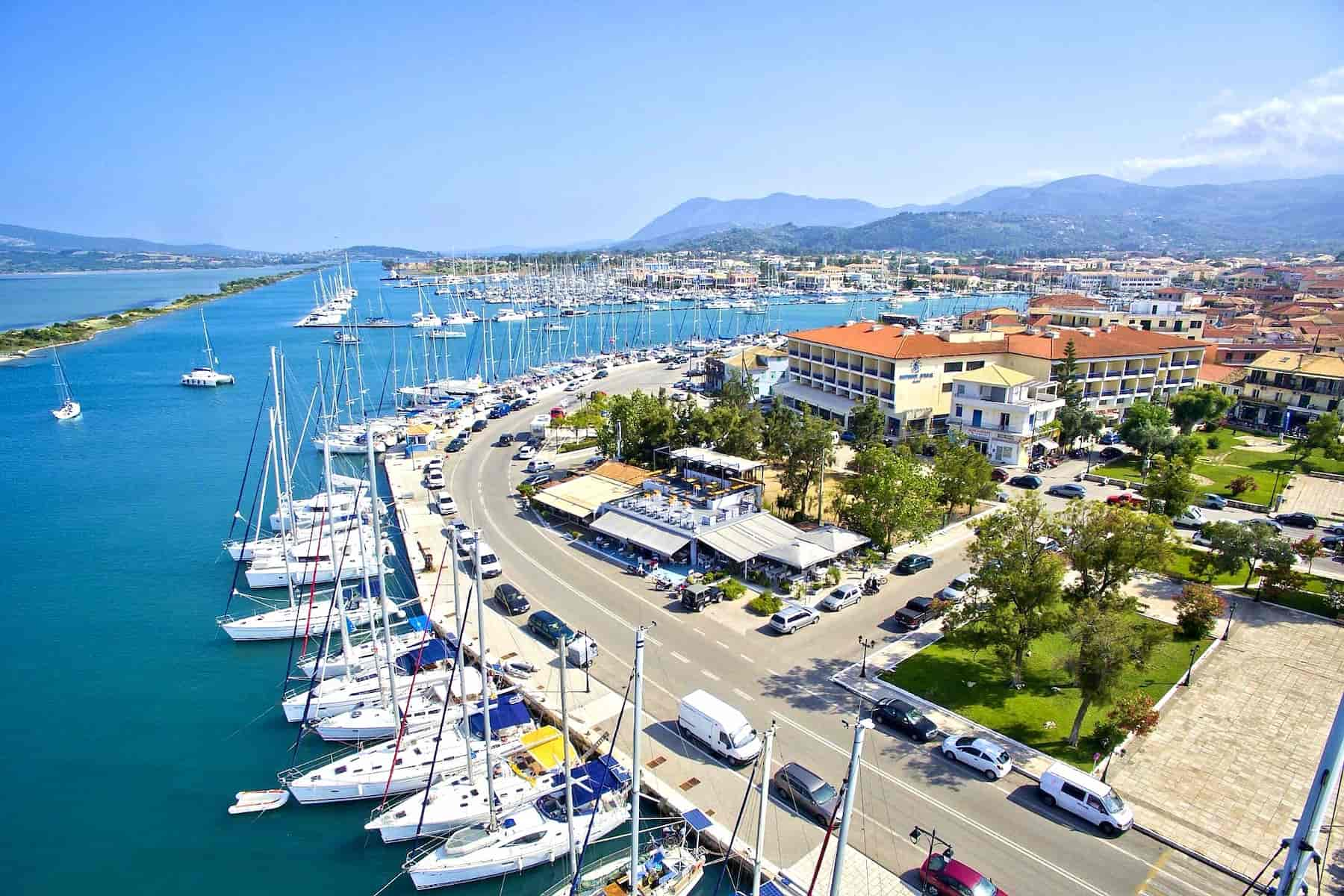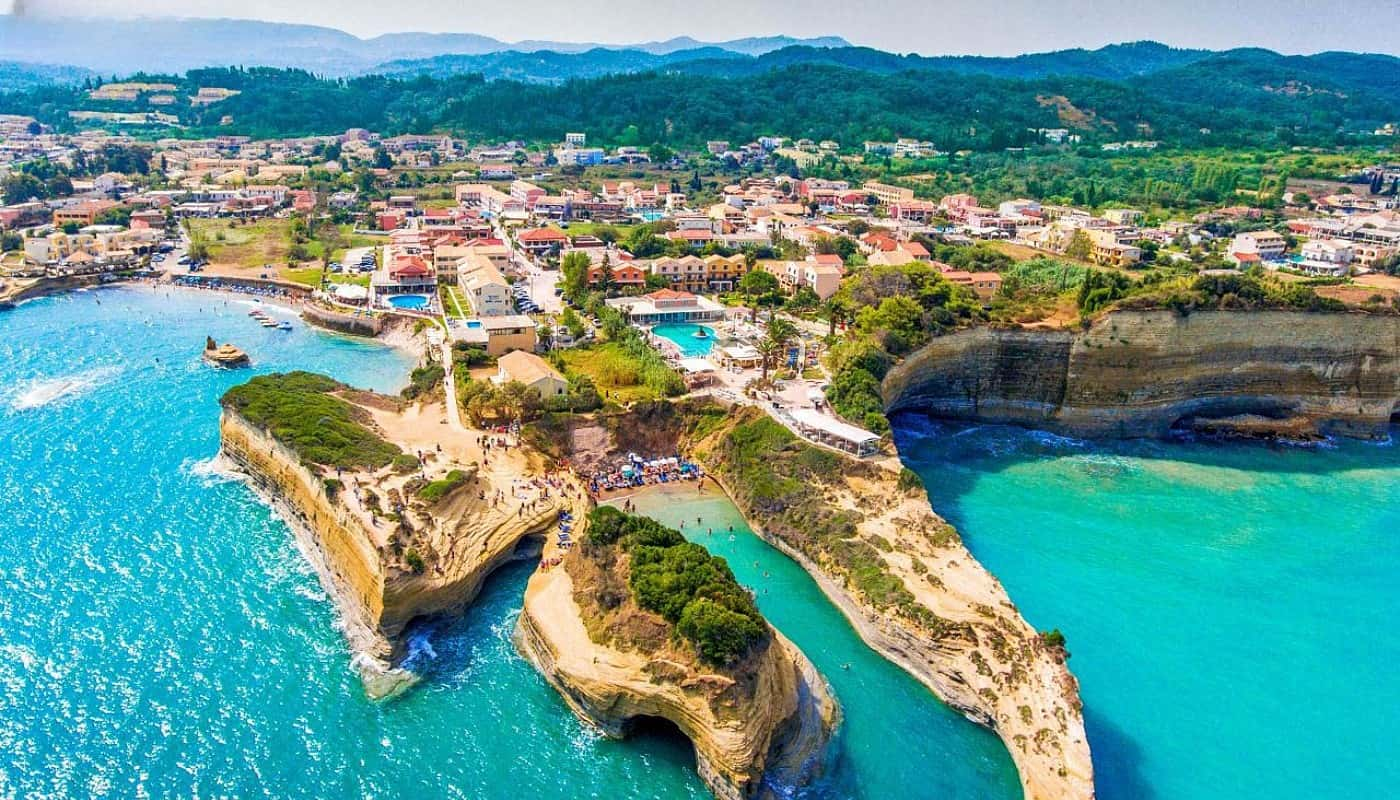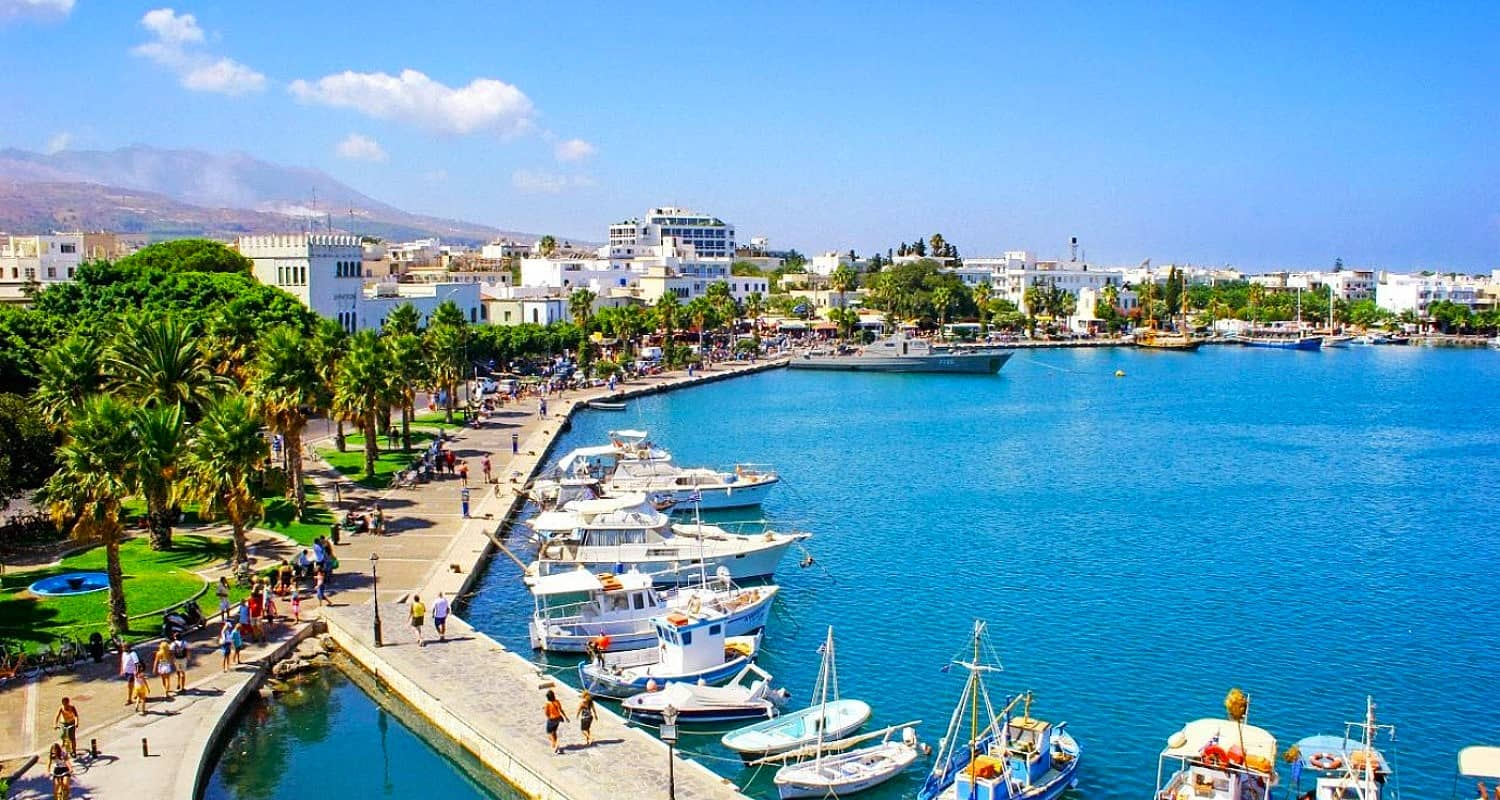Nestled on the northern coast of Crete, Rethymno captivated me from the moment I stepped onto its ancient cobblestone streets. This enchanting city blends Venetian elegance, Ottoman mystique, and traditional Greek charm into a destination that feels both timeless and vibrant. Whether you’re wandering through the maze-like old town, swimming in crystal-clear waters, or savoring Cretan delicacies at a harbor-front taverna, Rethymno offers experiences that appeal to every traveler.
🏠 Where to Stay in Rethymno
- 💎 Luxury Hotel: Atlantis Beach Hotel, Rethymno Town
- ✨ 5-Star: Nautilux Rethymno by Mage Hotels
- 🏨 4-Star: Philikon Luxury Suites
- 🛏️ 3-Star: Leo Hotel, Rethymno Town
- 💸 Cheap: Archontiko Old Town Suites
- 🏢 Apartment: Hamam Oriental Suites
- 👨👩👧👦 For Families: Menta City Boutique Hotel
- 🏩 For Couples: Archipelagos Hotel
In this guide, I’ll share my favorite discoveries to help you experience the authentic soul of this Cretan gem. From family-friendly activities to romantic escapes, budget-friendly options to splurge-worthy adventures, here’s everything you need to make unforgettable memories in one of Greece’s most charming coastal cities.
💁 Best Guided Tours
- Rethymno Small-Group Craft Beer Walking Tour from € 42 (⭐4.9/5)
- Traditional Food Tour in Rethymno from € 53 (⭐ 4.9/5)
- Private Rethymo Segway Tour from € 154 (⭐ 4.9/5)
- Arkadi Monastery, Eleutherna, and Margarites Private Tour from € 46 (⭐ 5.0/5)
Best Things to Do in Rethymno
1. Fortezza Castle
Panoramic views. Perched majestically on Paleokastro Hill, the Fortezza offers breathtaking vistas of the Cretan Sea and old town that literally took my breath away. I spent hours exploring this massive 16th-century Venetian fortress, built to protect against Ottoman invasions and pirate attacks.
Historical treasures. Inside, I discovered the Sultan Ibrahim Mosque (originally a Venetian church), ancient storage rooms, and fascinating defensive bastions where soldiers once guarded the city. The archaeological remnants throughout the grounds tell stories of daily life during Venetian and Ottoman rule.
Cultural hub. The Theatre Erofili, a modern addition to this ancient site, hosts performances during summer months. I was lucky to catch a local music concert against this dramatic backdrop – an unforgettable experience combining history with living culture.
Practical tips:
- Wear comfortable shoes for uneven paths
- Bring water and sun protection (little shade available)
- Allow at least 2 hours to explore fully
| Ticket Type | Price |
|---|---|
| Regular admission | €4 (approximately $4.40) |
| Family ticket | €10 (approximately $11) |
| Seniors (65+) | €3 (approximately $3.30) |
| Students | Free with valid ID |
Opening hours. The fortress welcomes visitors daily from 10:00 AM to 6:00 PM (last admission at 5:15 PM). For the most magical experience, I recommend visiting in spring when crowds are thinner and temperatures milder.
⭐ Best Activities
- Rethymno Old Town Walking Tour with Meal & Phyllo Workshop – Discover the charming Old Town of Rethymno on a guided walking tour, learn about its rich history, and enjoy an authentic Cretan meal while participating in a traditional phyllo-making workshop.
2. Venetian Harbor
Maritime charm. The colorful Venetian Harbor captivated me with its blend of history and vibrant energy. Built in the 14th century as a trading hub, today it’s where local fishermen bring their daily catch while visitors soak in Mediterranean ambiance.
Iconic lighthouse. The Egyptian lighthouse standing guard at the harbor entrance became my favorite photography spot. This 17th-century structure adds distinctive character to Rethymno’s skyline and marks the perfect starting point for waterfront explorations.
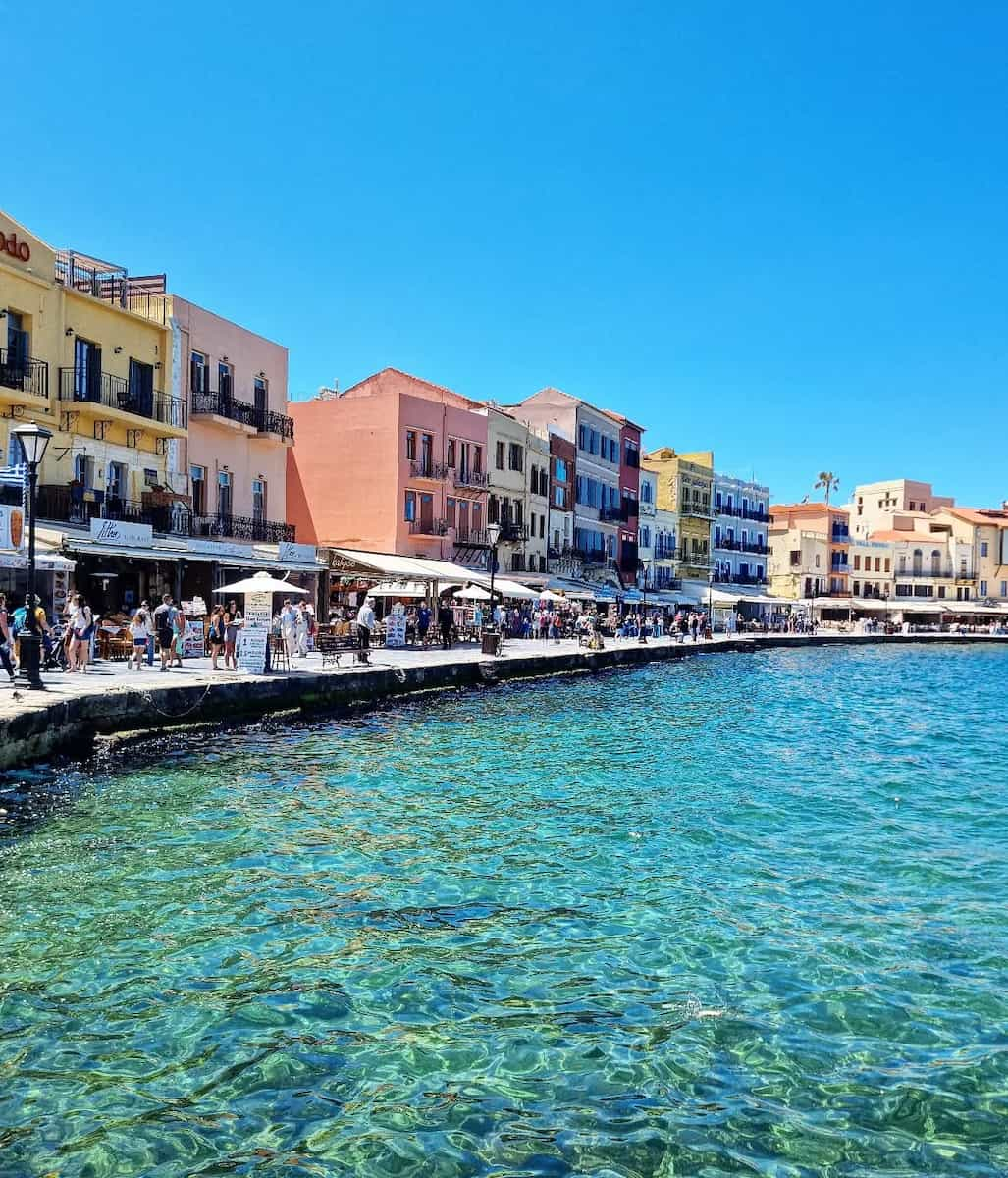
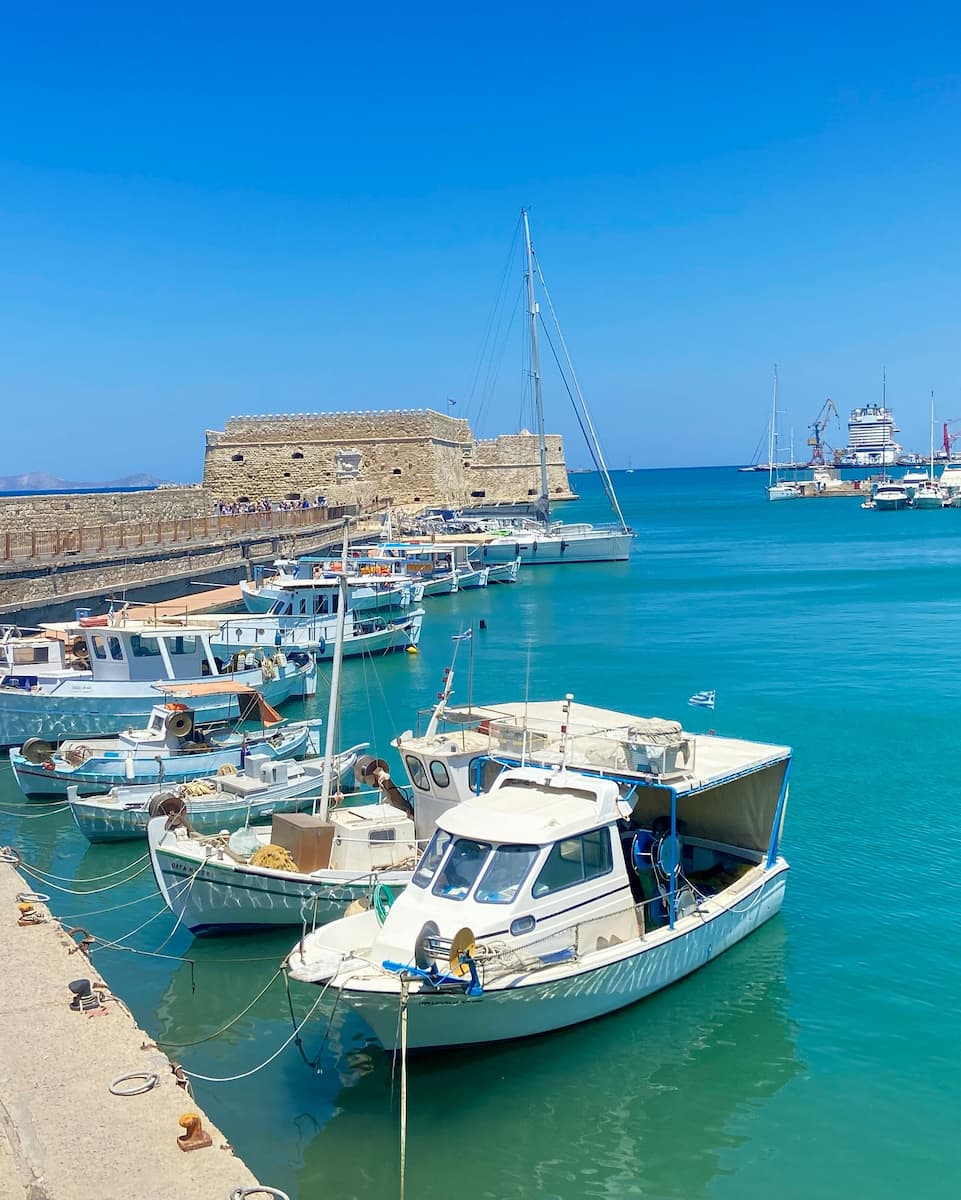
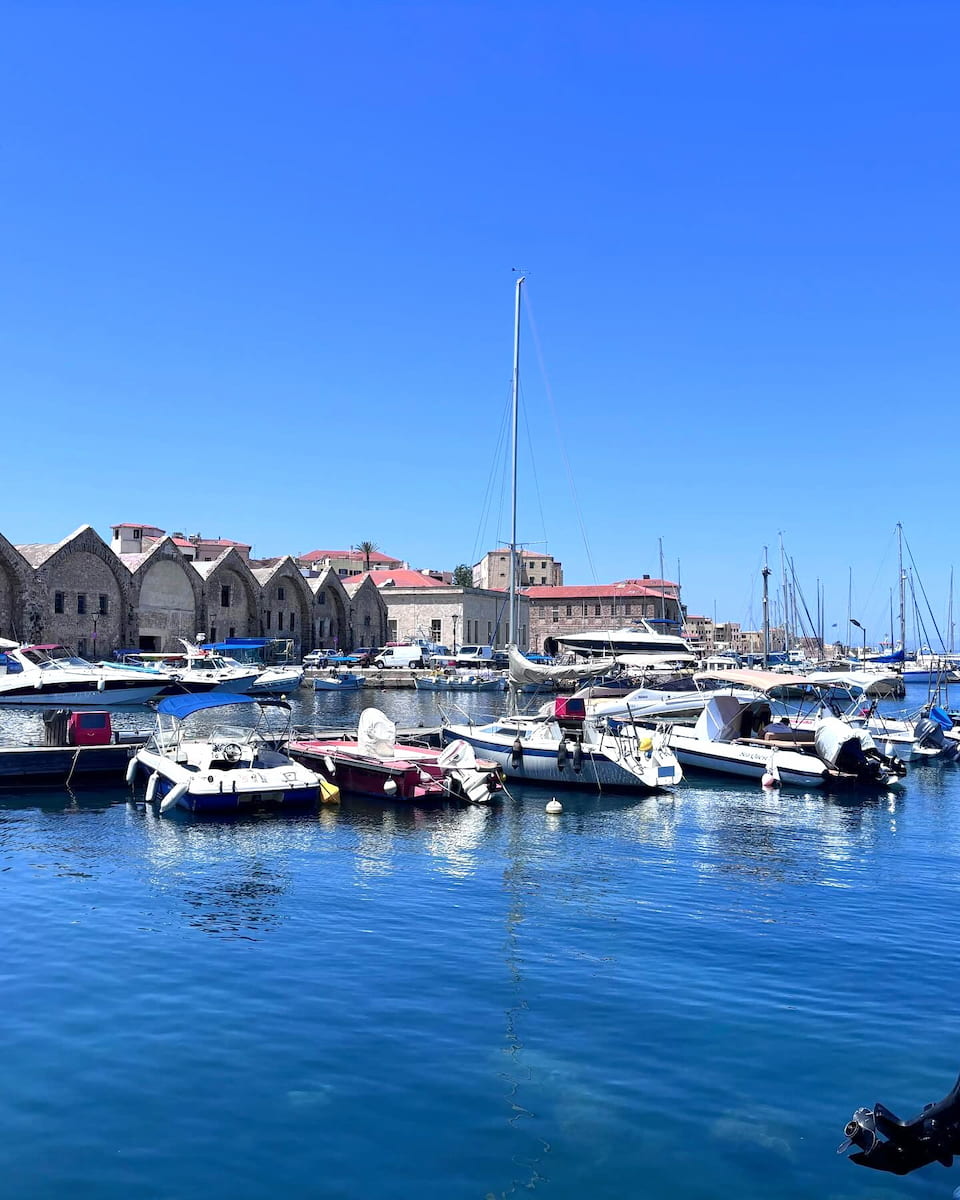
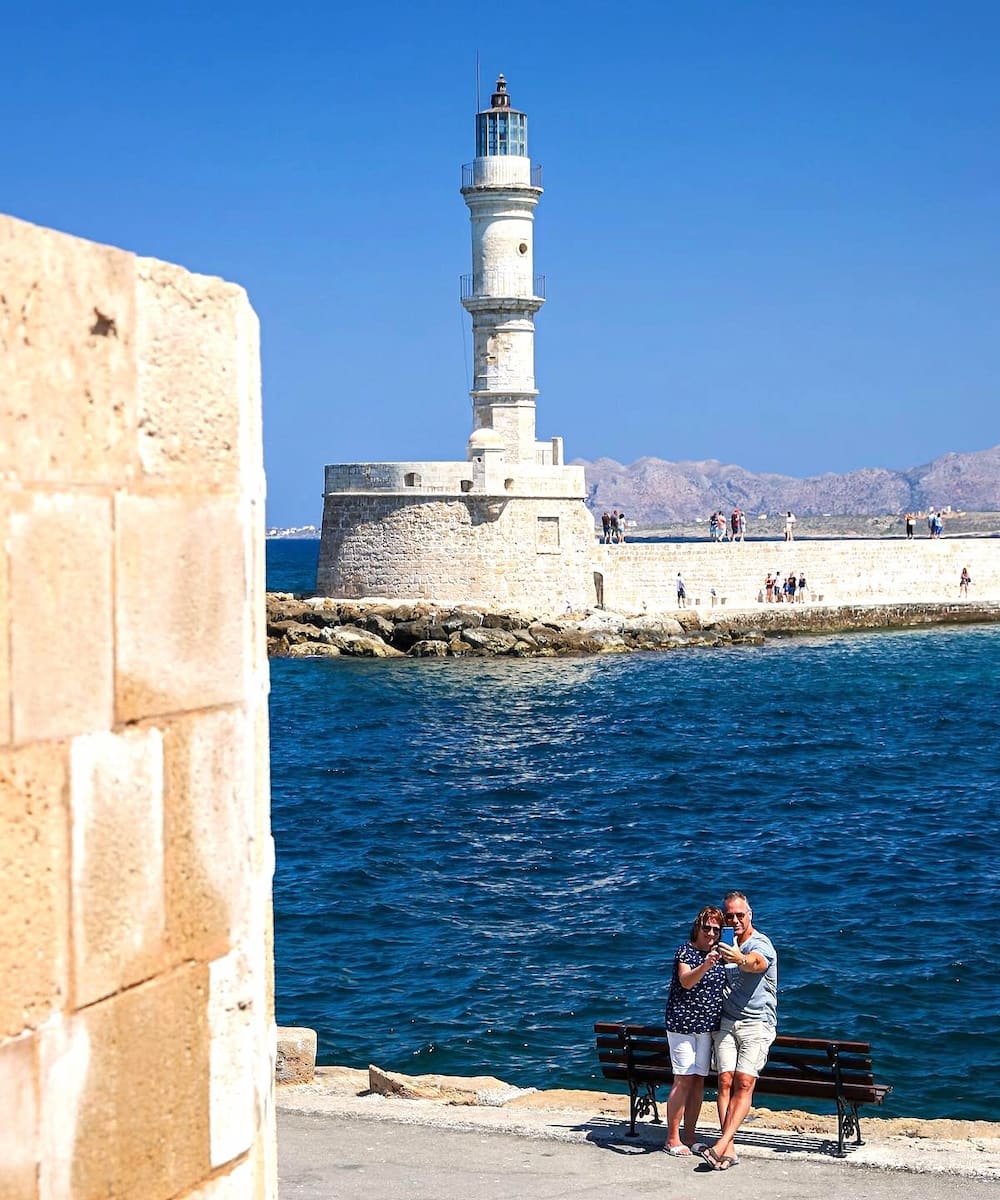
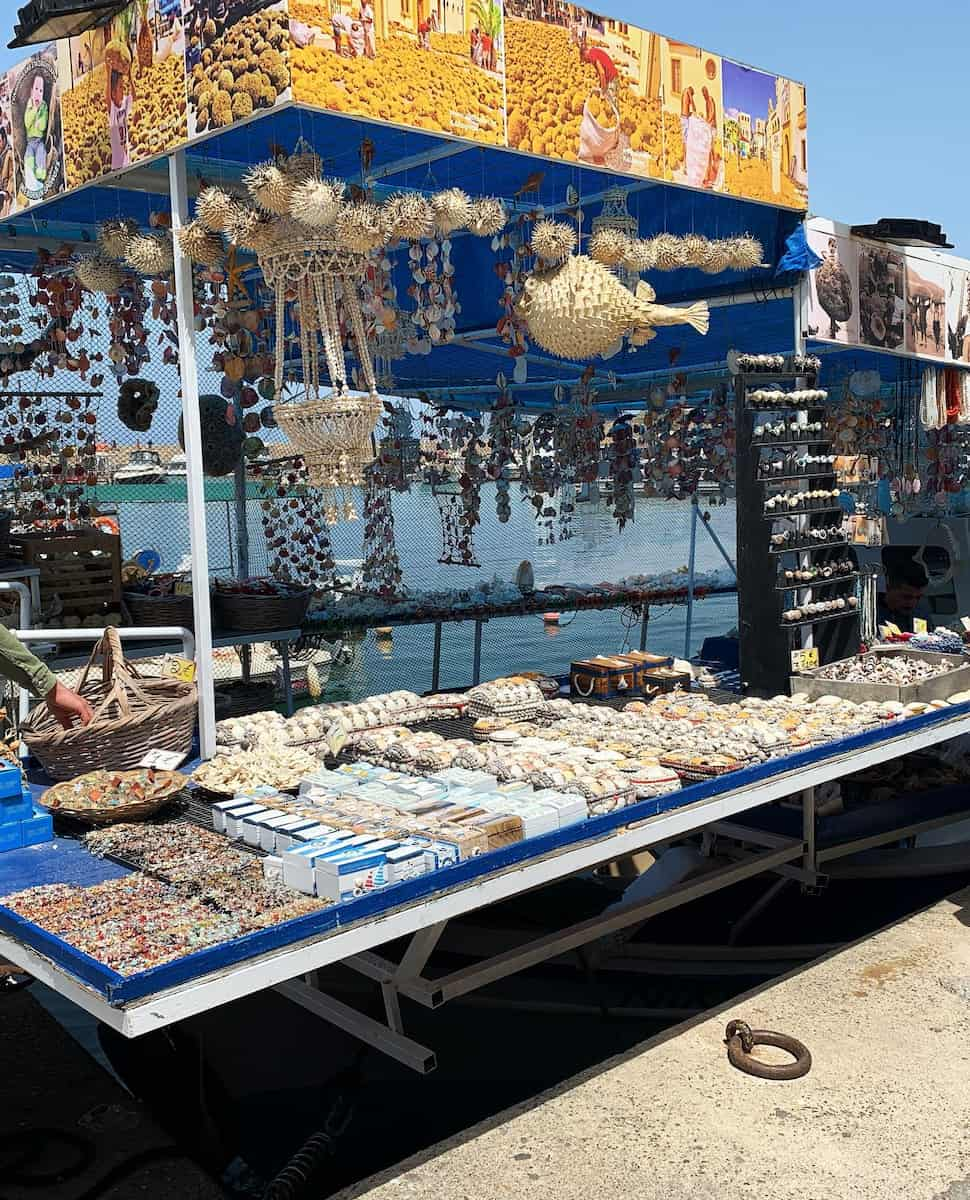
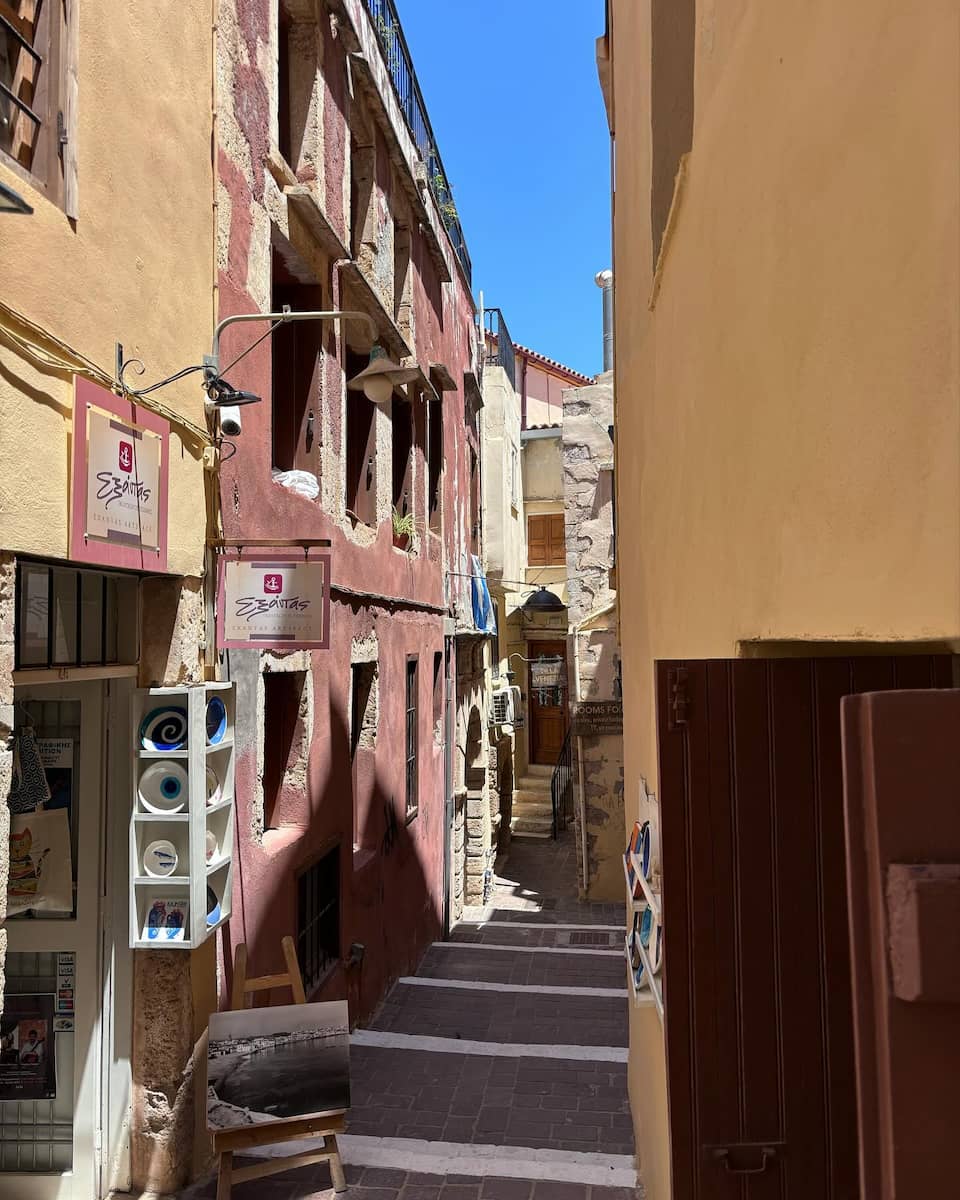
Culinary delights. I savored fresh seafood at one of the many waterfront tavernas lining the quay. The combination of authentic Cretan dishes, gentle sea breezes, and views of bobbing fishing boats created the perfect dining atmosphere.
Hidden gems. Wandering the narrow streets behind the harbor revealed charming shops selling handmade ceramics, jewelry, and textiles. The picturesque alleyways with their colorful buildings provided glimpses into Rethymno’s rich Venetian and Ottoman past.
⭐ Best Activities
- Rethymno City, Arkadi Monastery and Traditional Villages Private Tour – Explore the historic city of Rethymno, visit the iconic Arkadi Monastery, and discover authentic Cretan villages on this comprehensive private tour with a knowledgeable local guide.
3. Arkadi Monastery
Sacred symbol. Arkadi Monastery isn’t just a religious site – it’s the soul of Cretan resistance and freedom. I felt goosebumps walking through this 16th-century Orthodox monastery where hundreds of Cretans sacrificed themselves in 1866 rather than surrender to Ottoman forces.
Architectural beauty. The Renaissance-influenced façade with its ornate doorway and bell tower captivated me immediately. Inside, the church’s iconostasis (altar screen) showcases exquisite Venetian-Cretan craftsmanship with intricate wood carvings and gold leaf details.
Peaceful gardens. After exploring the monastery’s powerful history, I found tranquility in its cypress-lined courtyard. The fragrant herb garden tended by monks offers a sensory retreat from Crete’s summer heat.
Local insight: Visit the small museum housing relics from the 1866 explosion – including weapons, religious artifacts, and personal belongings that bring this dramatic history to life.
| Visitor Information | Details |
|---|---|
| Entrance fee | €3 (approximately $3.30) |
| Distance from Rethymno | 23 km (30-minute drive) |
| Opening hours | 8:00 AM-7:00 PM (April-October) |
| 9:00 AM-5:00 PM (November-March) |
⭐ Best Tours
- Rethymno Inland Tour – Journey through the picturesque inland areas around Rethymno, visiting traditional villages, historical sites, and experiencing authentic Cretan culture away from the coastal tourist areas.
- Rethymno Half-Day: Melidoni Cave, Margarites & Arkadi Monastery – Experience the natural wonder of Melidoni Cave, the pottery village of Margarites, and the historic Arkadi Monastery on this comprehensive half-day tour from Rethymno.
4. Preveli Beach and Palm Forest
Tropical paradise. I couldn’t believe my eyes when I first glimpsed Preveli – a lush palm forest meeting crystal waters where the Kourtaliotis River flows into the Libyan Sea. This unexpected oasis feels like something from a Caribbean island rather than Crete.
Refreshing swim. After hiking down the path from the parking area, diving into the cool freshwater river was pure bliss. The contrast between the river’s refreshing temperature and the warmer sea creates a unique swimming experience found nowhere else on the island.
Palm canyon adventure. Wading upstream through dense palm groves, I discovered secluded pools perfect for peaceful swimming away from the main beach crowd. The Phoenix theophrasti palms (native only to Crete and parts of Turkey) create a magical canopy overhead.
Access options. You can reach Preveli either by car (45 minutes from Rethymno) followed by a 20-minute hike down, or take a boat trip from Plakias (€10 round trip). The boat approach offers spectacular coastal views impossible to see from land.
⭐ Best Activities
- Preveli Palm Beach – Escape to the stunning southern coast of Crete with this day trip to the beautiful Damnoni beach and the unique Preveli Palm Beach, known for its exotic landscape where a freshwater river meets the sea.
5. Archaeological Museum of Rethymno
Cultural treasure trove. Housed in a former Ottoman prison opposite the Fortezza entrance, this compact museum surprised me with its wealth of artifacts spanning 5,500 years of Cretan history – from Neolithic tools to Roman sculptures.
Minoan masterpieces. The clay figurines and pottery from nearby ancient sites transported me back to Crete’s mysterious Minoan civilization. I was particularly struck by the delicate craftsmanship of gold jewelry pieces that looked remarkably modern despite being millennia old.
Interactive displays. Unlike many stuffy museums, the touchscreen exhibits and detailed English descriptions made ancient history accessible and engaging. The reconstruction of a Minoan house helped me visualize daily life in Bronze Age Crete.
Budget-friendly culture. At just €4 entrance fee (approximately $4.40), this museum offers exceptional value. Students and seniors enjoy reduced rates of €2, while children under 12 enter free.
Timing tip: I visited during the afternoon heat and found it perfectly timed – the cool interior provided a welcome respite while enriching my understanding of sites I’d explored earlier.
⭐ Best Activities
- Rethymno Segway Tour – Glide through the historic streets and coastal promenade of Rethymno on this fun and informative Segway tour, covering more ground than walking while enjoying the fresh air and panoramic views.
6. Rimondi Fountain
Venetian elegance. Built in 1626, this ornate fountain with its three lion-head spouts once provided fresh water to Rethymno’s residents. I was charmed by how it remains a focal point of daily life, with locals still filling bottles from its continuously flowing water.
Architectural gem. The fountain’s Corinthian columns and intricate carvings showcase Venetian craftsmanship at its finest. I noticed how the surrounding buildings frame it perfectly, creating a picturesque square that feels frozen in time.
Refreshment stop. After wandering through narrow Old Town streets, I paused here to cool my hands in the flowing water – a tradition dating back centuries. The surrounding cafés offer perfect people-watching spots while sipping Cretan mountain tea.
Photography highlight. Visit early morning (before 9 AM) when the light illuminates the limestone details beautifully and before crowds gather. The fountain photographs particularly well from the northeast corner of the square.
Historical context. Named after Venetian governor Alvise Rimondi, this fountain represents Rethymno’s golden age when the city flourished as a cultural and commercial center between East and West.
⭐ Best Activities
- Cretan Evening in the Village of Arolithos from Heraklion Region – Experience an authentic Cretan evening in the traditional village of Arolithos with folk music, dancing, and a delicious feast of local specialties in a charming rustic setting.
7. Spili Village Lion-Head Fountains
Mountain retreat. Just 30 minutes south of Rethymno, the charming village of Spili offered me a refreshing escape from coastal heat. At 430 meters elevation, the cooler temperatures and traditional atmosphere provide a glimpse into authentic Cretan mountain life.
Iconic fountains. The village’s centerpiece – 19 lion-head spouts continuously flowing with fresh mountain spring water – creates a mesmerizing sight and soothing soundtrack. Local legend claims drinking from each spout brings good fortune.
Culinary discoveries. I stumbled upon Kafenio Spili, where elderly locals taught me backgammon while I sampled graviera cheese made in nearby mountains. The taverna’s slow-cooked lamb with wild herbs showcased mountain cuisine at its finest.
Shopping treasures. The village’s small shops offered handwoven textiles and mountain herbs I couldn’t find elsewhere. I purchased thyme honey directly from a beekeeper whose family has produced honey for generations.
Practical information:
- No entrance fee for fountains (public space)
- Combine with nearby Potamon Dam for nature views
⭐ Best Activities
- Private Tour: West Crete Rethymno Region from North to South – Traverse the beautiful Rethymno region from the northern coast to the southern shores on this private tour, discovering hidden villages, breathtaking landscapes, and authentic local culture along the way.
Things to Do in Rethymno with Kids
1. Mini Pirate Boat Cruise
Swashbuckling adventure. My nephews couldn’t contain their excitement aboard the Black Pearl pirate ship sailing from Rethymno harbor. The crew, dressed as pirates, entertained with treasure hunts, water fights, and tales of Mediterranean pirates.
Marine discoveries. The glass-bottom viewing area revealed colorful fish and underwater landscapes that captivated even the youngest sailors. The captain made several swimming stops at secluded coves accessible only by boat.
Family memories. Watching my normally shy niece volunteer for the “walk the plank” game (safely into shallow water) was priceless. The photographers onboard captured these moments, with digital photos available for purchase afterward.
Practical details:
- Duration: 3 hours (10 AM-1 PM daily)
- Price: €25 adults, €15 children (approximately $27/$16)
- Includes: Soft drinks, snorkeling equipment, life jackets
Booking tip: Reserve directly at the harbor office rather than online to save €5 per ticket and choose the best seats (port side offers better coastal views).
2. Acqua Plus Water Park
Splash paradise. Located 30 minutes east of Rethymno near Hersonissos, this water park became our family’s favorite day trip. With over 50 slides and attractions divided into children’s and adult zones, it catered perfectly to our mixed-age group.
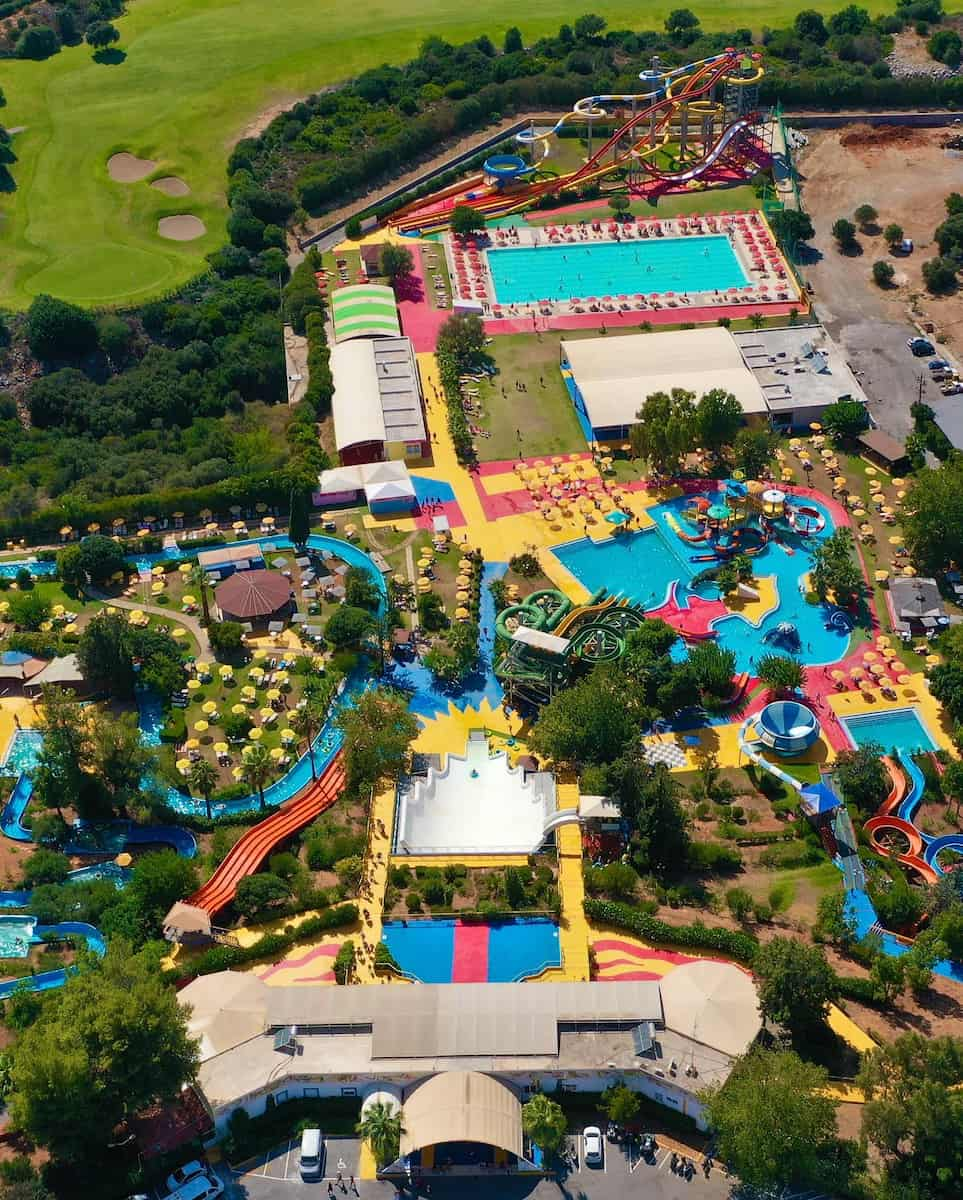
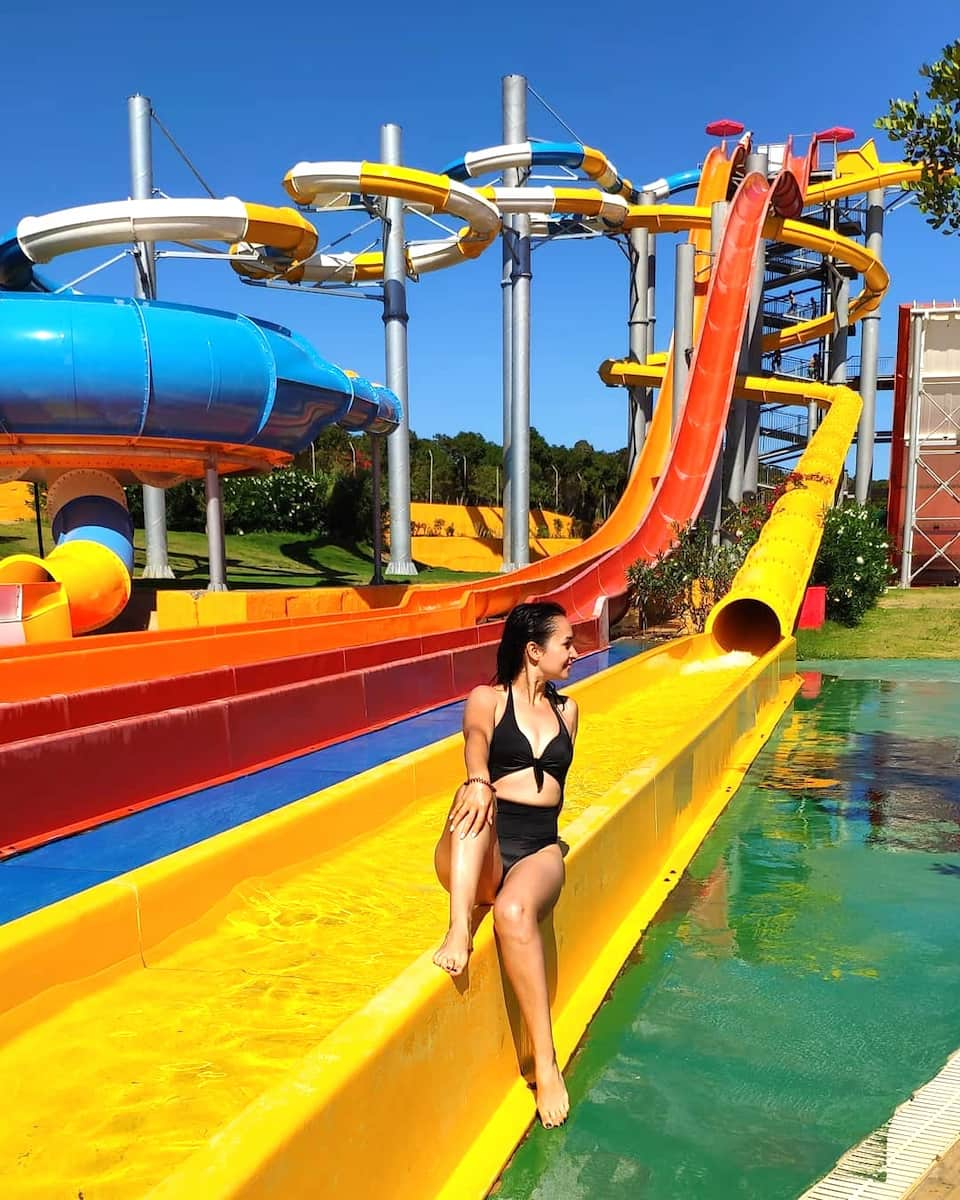
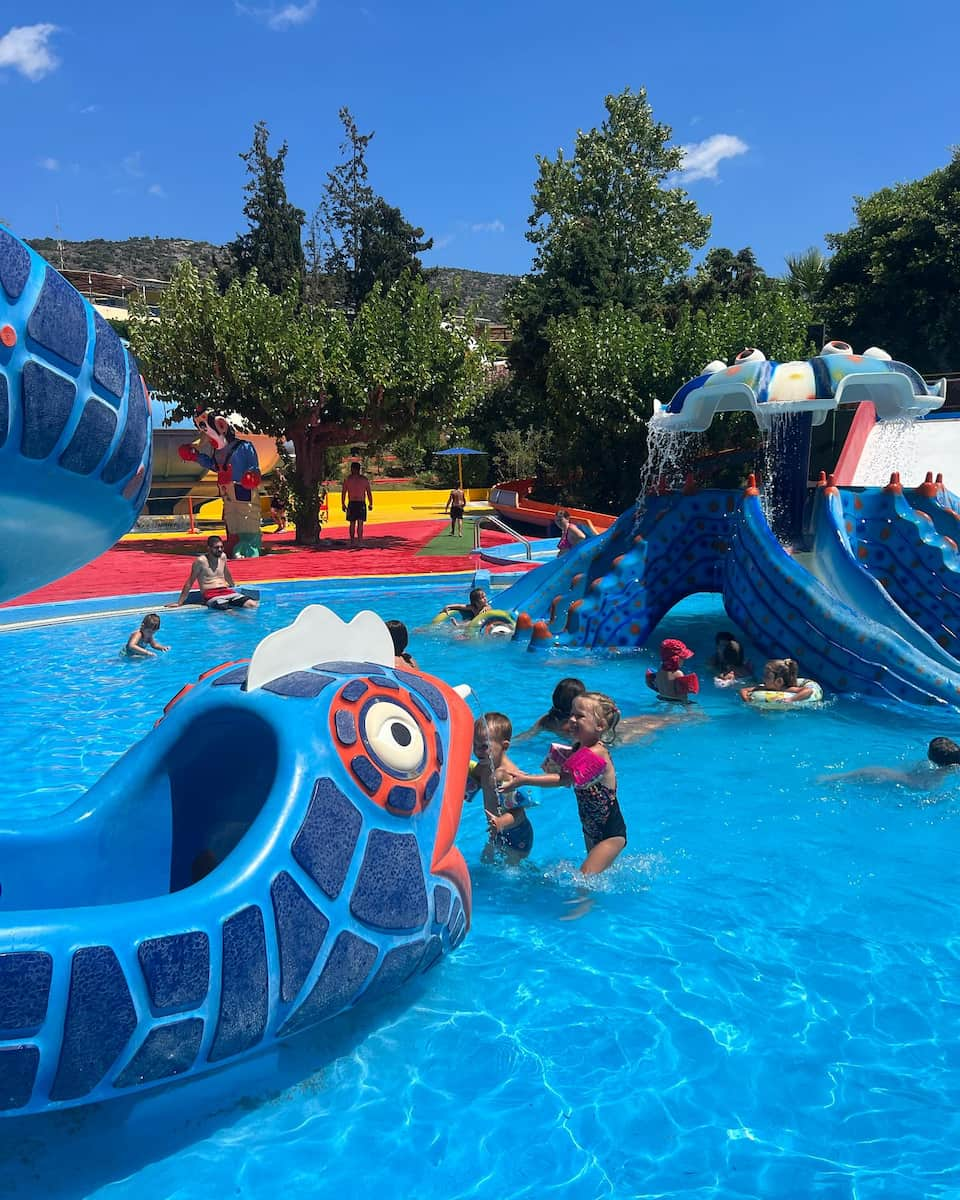
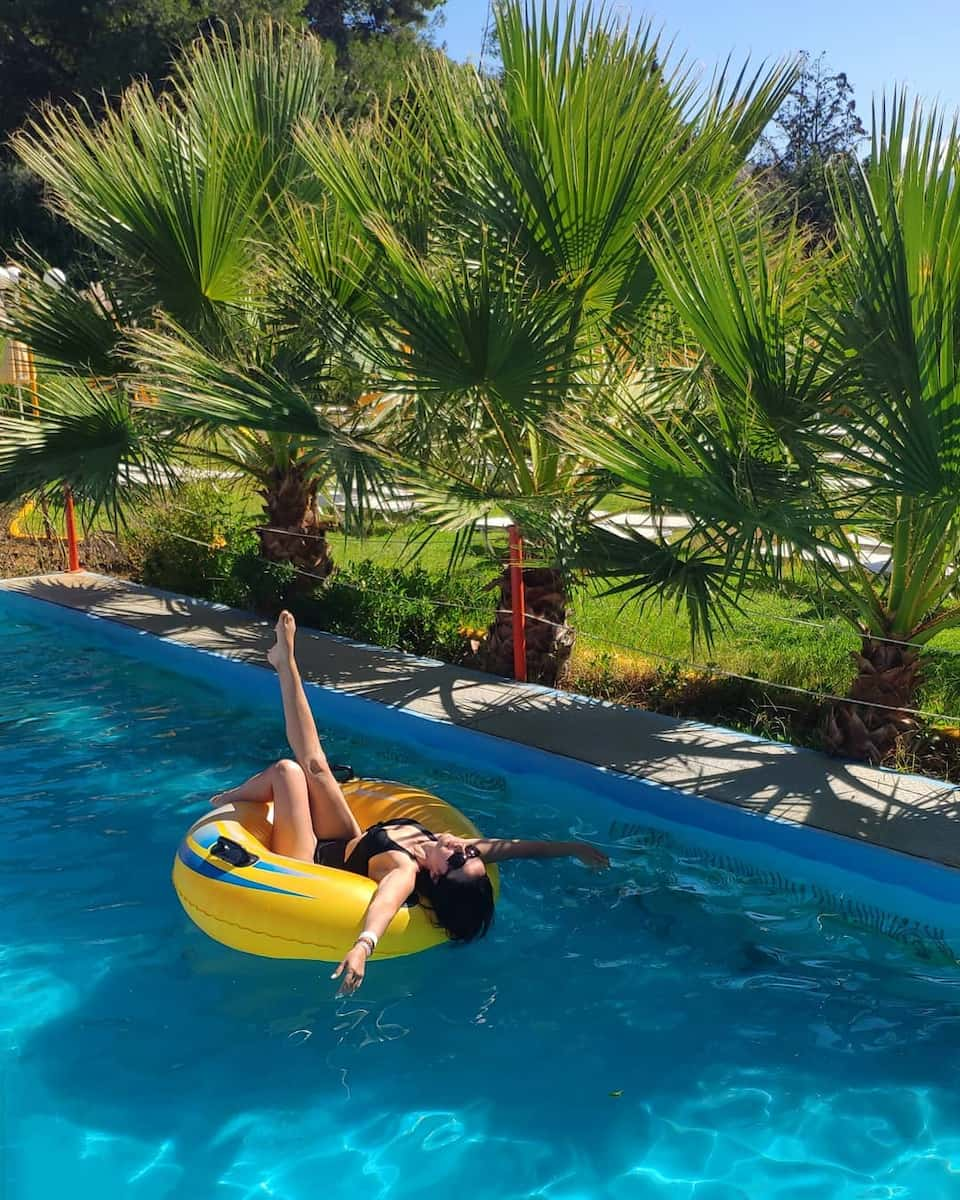
Thrill seekers. I conquered the Free Fall slide (a near-vertical drop that tested my courage) while my sister enjoyed the more relaxed Lazy River. The kids alternated between the Pirate Ship splash zone and gentler slides in the children’s area.
Comfort amenities. Unlike some crowded water parks, Acqua Plus impressed me with its abundant shade, clean facilities, and reasonable food prices. The landscaped gardens between attractions created a pleasant atmosphere beyond just concrete and chlorine.
Transportation hack: The direct shuttle bus from Rethymno costs €12 return, but I found local buses for €7 round trip with just a short walk required.
⭐ Best Activities
- Bus Trip to Acqua Plus Water Park from Rethymno – Enjoy a fun-filled day at Crete’s premier water park with convenient transportation from Rethymno, perfect for families and anyone looking to cool off with thrilling water slides and pools.
3. Family-Friendly Beaches (Town Beach, Episkopi Beach)
Town Beach convenience. Just steps from Rethymno’s center, this Blue Flag beach offered us the perfect balance of amenities and relaxation. The shallow entry and calm waters made it ideal for my friend’s toddler’s first Mediterranean swim.
Beach facilities. Sunbeds with umbrellas (€8 for two, approximately $9) line the golden sand, while beachfront tavernas serve kid-friendly meals. The clean restrooms and freshwater showers made beach days stress-free for our family group.
Episkopi adventure. For a more natural setting, we drove 15 minutes east to Episkopi Beach where the wide sandy shore gave children plenty of space for sandcastle building. The beach’s gentle slope into the sea created safe swimming conditions.
Wildlife encounters. My nephew was thrilled to spot loggerhead turtle nests marked by conservation volunteers at Episkopi. The educational signs about these endangered creatures sparked fascinating conversations about marine protection.
Family tip: Visit Episkopi on windy days when Town Beach gets choppy – its sheltered position offers calmer waters even when other beaches have strong waves.
4. Olive Oil Factory Tour
Interactive learning. The Biolea Olive Oil Factory transformed what could have been a boring tour into a sensory adventure for our whole family. Children were invited to participate in the production process, from examining different olive varieties to operating the stone mill.
Tasting education. My 10-year-old nephew discovered he could distinguish between different olive oils during the guided tasting session. The staff explained flavor notes in child-friendly language, turning it into a game of “taste detectives.”
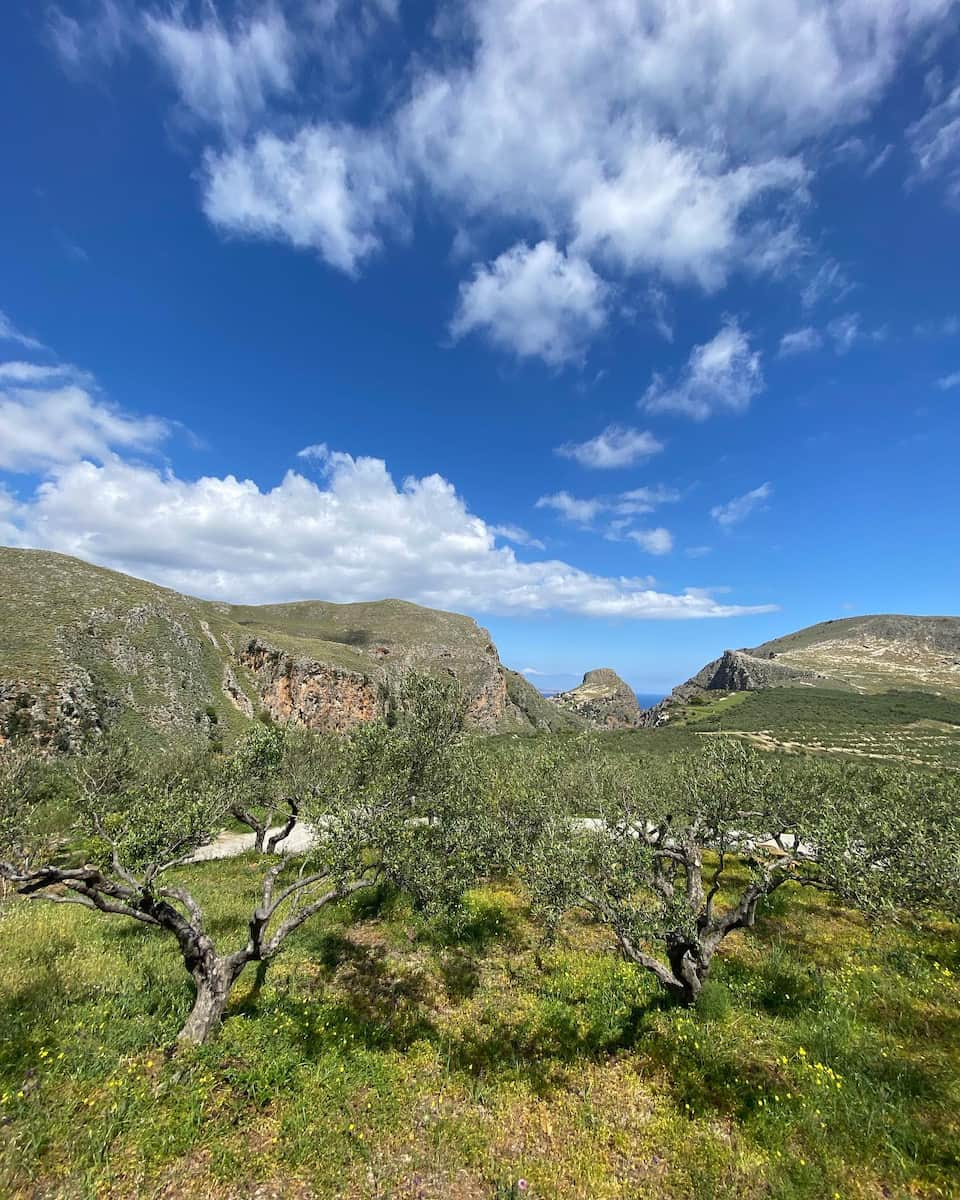
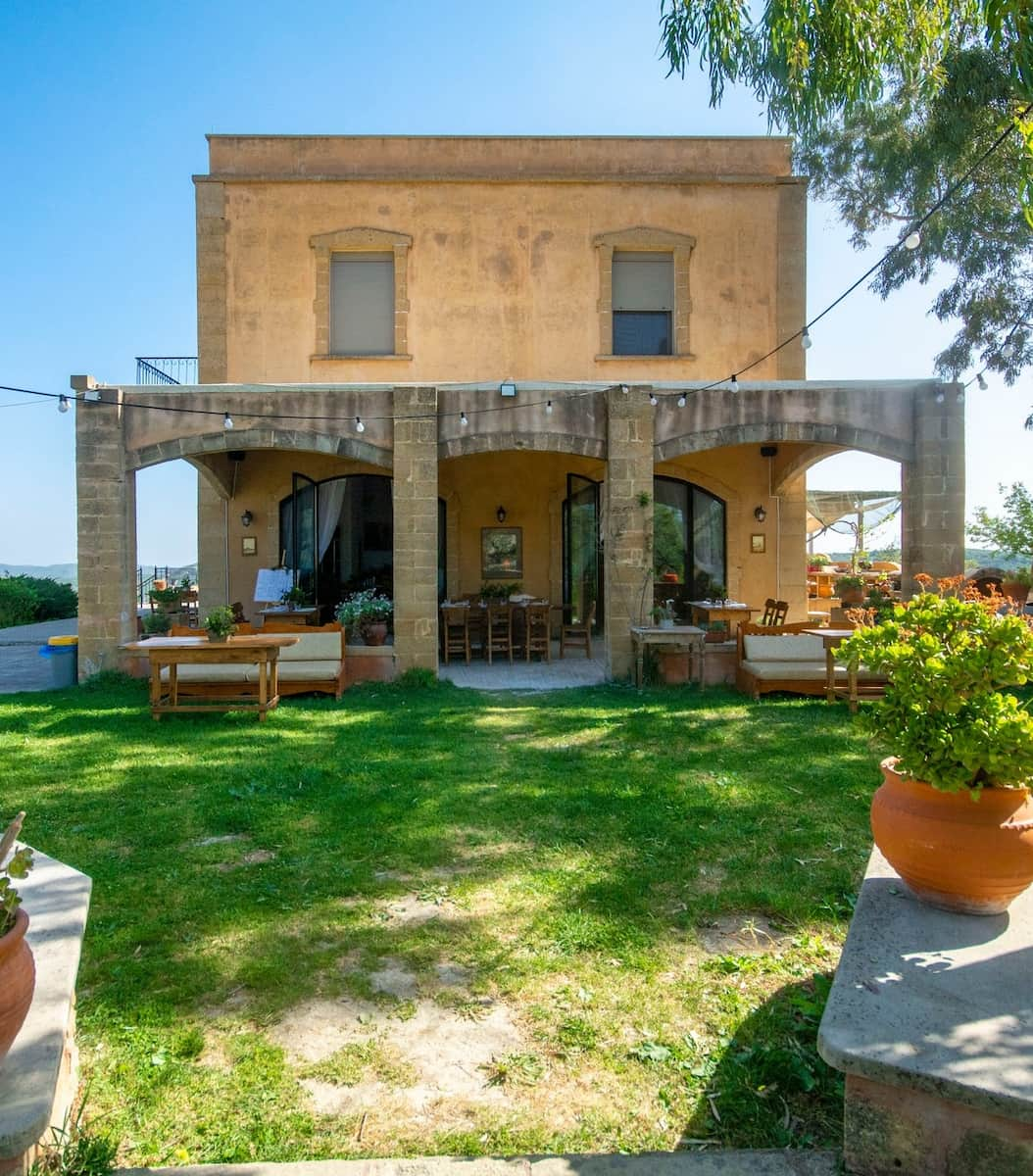
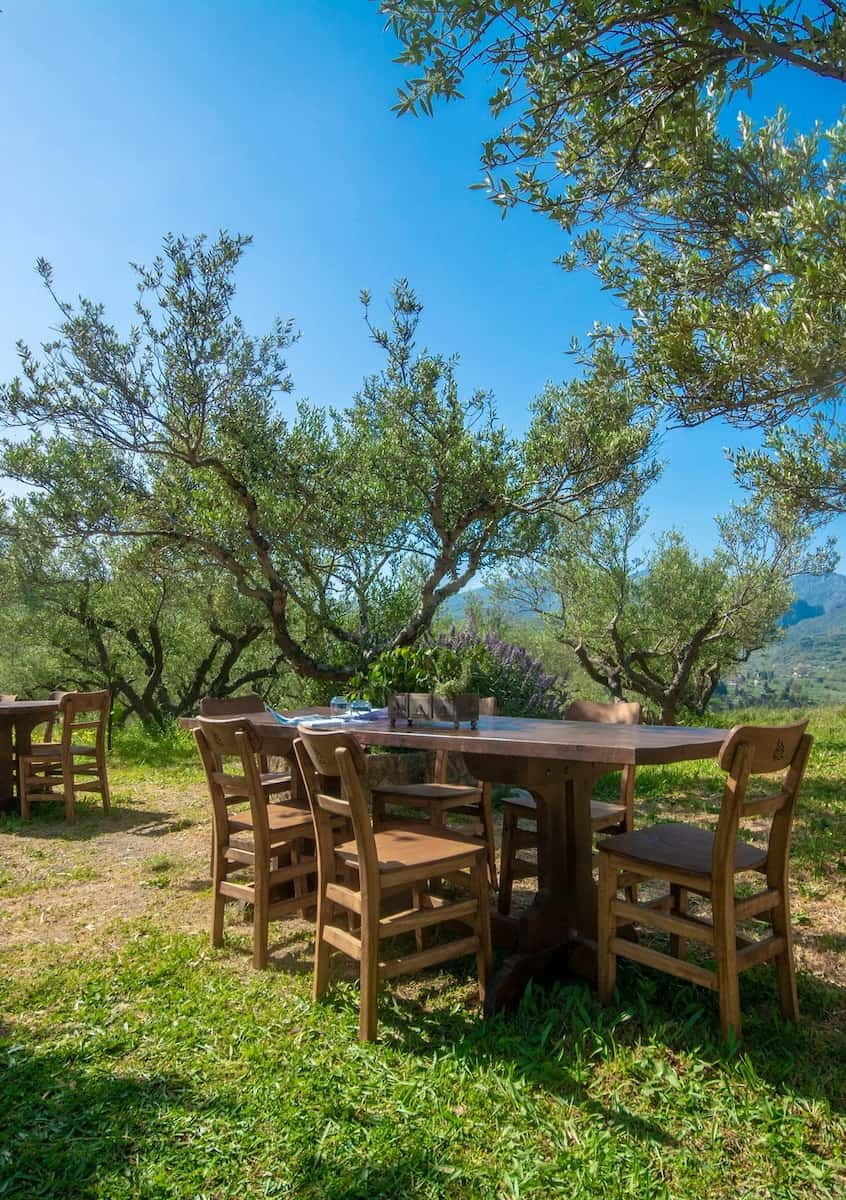
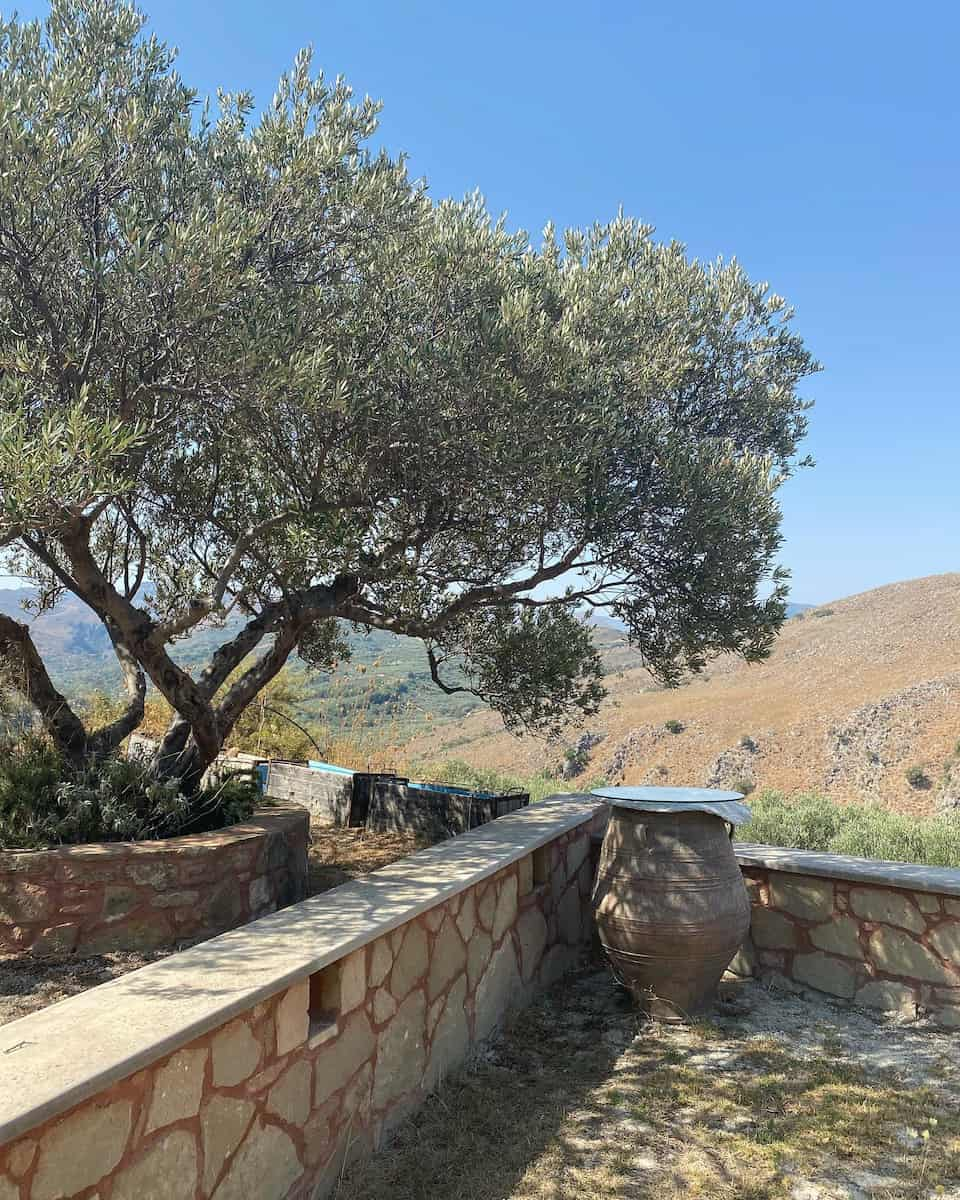
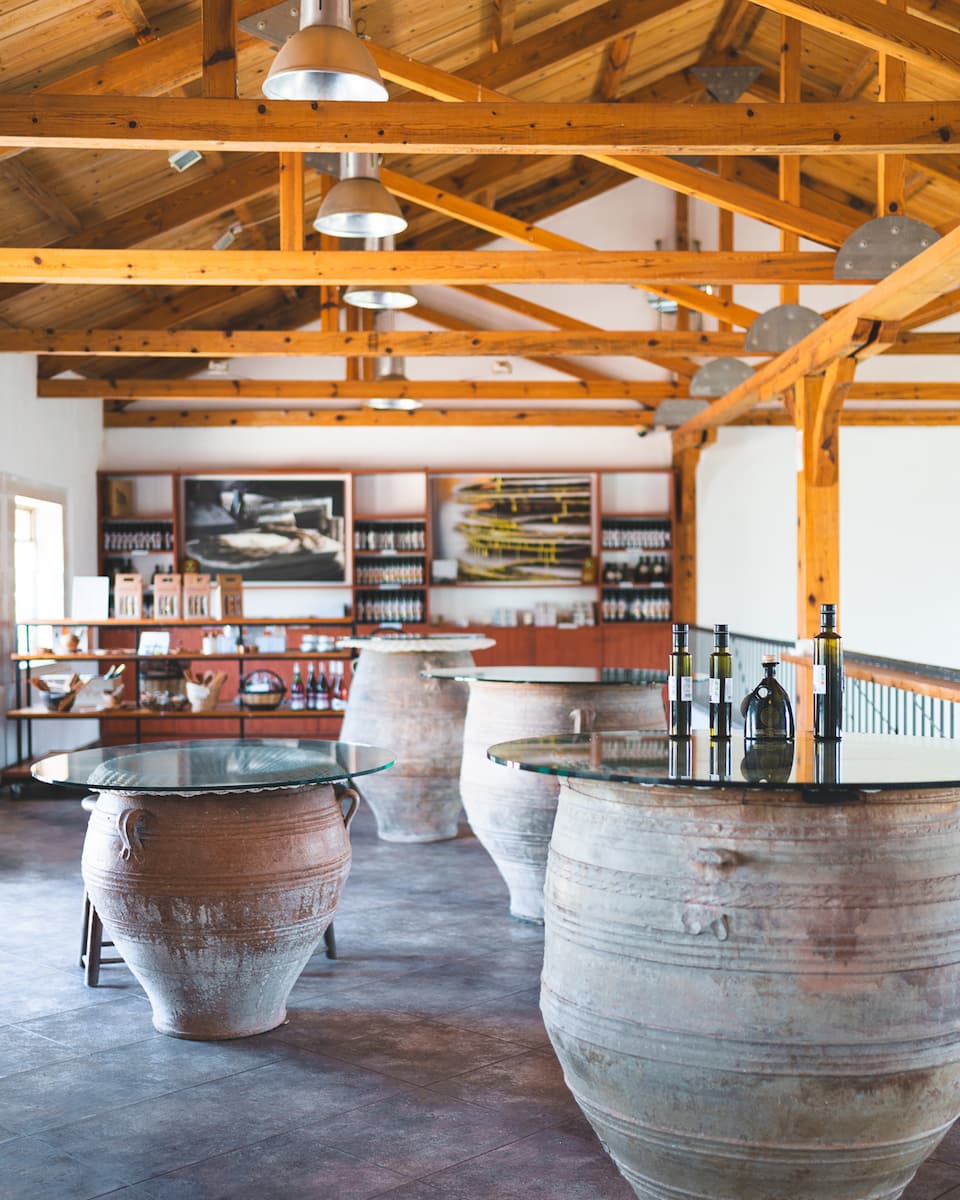
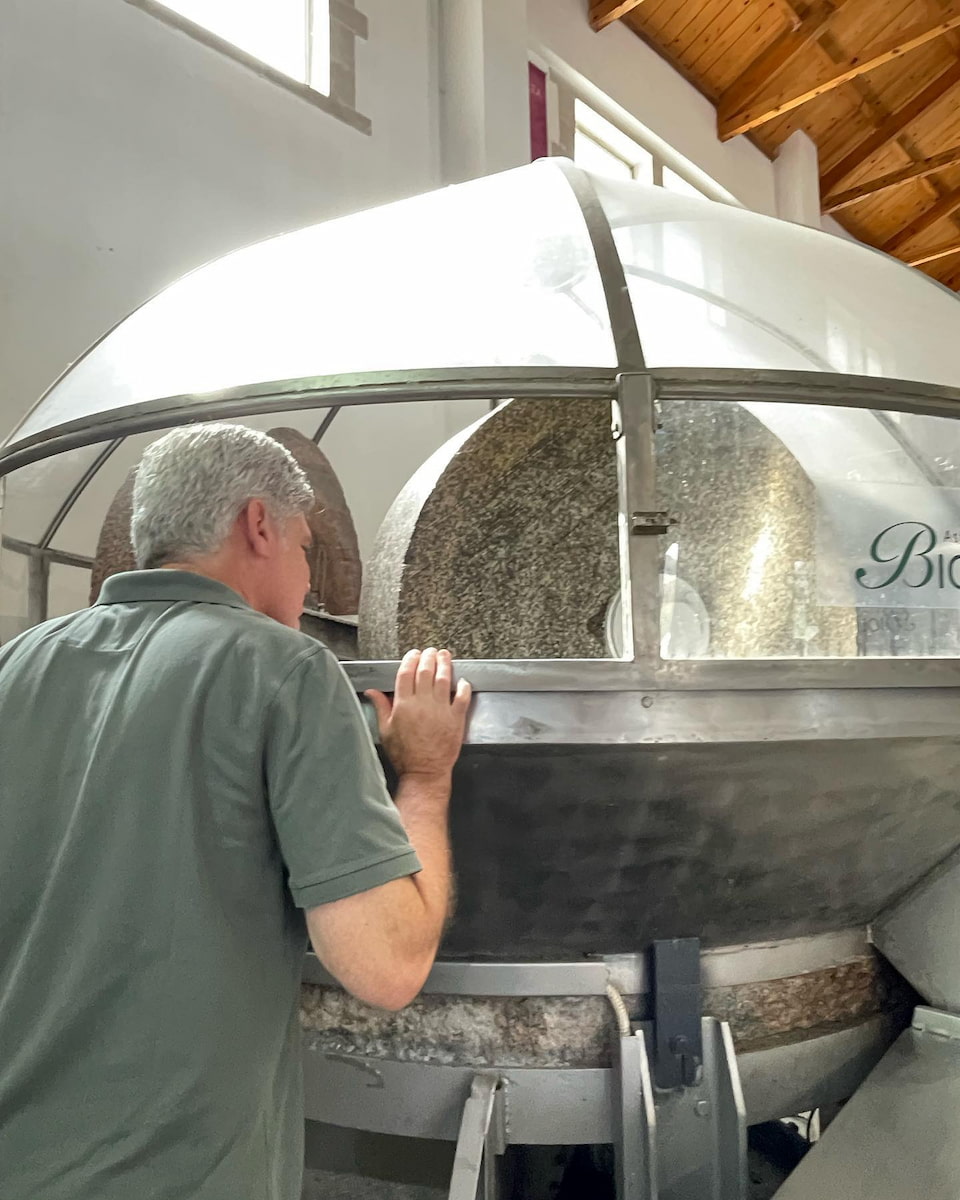
Hands-on activities. The workshop where kids made olive oil soap using natural ingredients was the highlight for my niece. She proudly brought home her creation as a souvenir that lasted far longer than typical tourist trinkets.
Visitor information:
- Location: Astrikas village (25 minutes from Rethymno)
- Tour cost: €10 adults, €5 children (approximately $11/$5.50)
- Duration: 1 hour tour + optional 30-minute workshop
Scheduling advice: Book the morning tour (10 AM) when children are most attentive and temperatures are cooler inside the production facility.
Free Things to Do in Rethymno
1. Old Town Streets Walking Tour
Venetian treasures. Losing myself in Rethymno’s labyrinthine Old Town streets cost nothing yet delivered priceless experiences. I discovered hidden architectural gems around every corner – Ottoman doorways, Venetian arches, and wrought-iron balconies dripping with bougainvillea.
Photography paradise. The narrow alley of Arkadiou Street offered my favorite compositions, where laundry lines stretched between centuries-old buildings and cats lounged on ancient stone steps. Early morning light created magical shadows across the textured walls.
Cultural immersion. Following my nose led me to a tiny workshop where an elderly craftsman created traditional Cretan knives. He invited me in for Greek coffee and shared stories of techniques passed down through generations – an authentic connection no guided tour could provide.
Self-guided route:
- Start: Porta Guora (main gate)
- Continue: Arkadiou Street → Vernardou Street
- End: Venetian Harbor
- Distance: 1.5 km (approximately 2-3 hours with stops)
Local insight: The seemingly plain exterior of Neratze Mosque (now a music conservatory) hides a stunning interior worth peeking into when doors are open for practice sessions.
2. Porta Guora and Venetian Loggia
Historic gateway. Standing beneath the massive stone arch of Porta Guora (Great Gate), I imagined centuries of travelers entering Rethymno through this same passage. As the only surviving gate from the original Venetian walls, it offers a tangible connection to the city’s medieval past.
Architectural significance. I was fascinated to learn this structure survived both Ottoman conquest and WWII bombing. The contrast between its weathered stones and the modern shops flanking it creates a striking visual timeline of Rethymno’s evolution.
Venetian Loggia elegance. Just steps from the gate, I discovered the restored Venetian Loggia where nobles once gathered for business and socializing. Now housing municipal offices, its arched façade and columns exemplify Renaissance architecture.
Hidden viewpoint. Climbing the small hill behind Porta Guora revealed a little-known perspective of the Old Town rooftops and harbor beyond – perfect for orientation before exploring further.
Photography tip: Visit around 5 PM when the lowering sun illuminates the gate’s western face, highlighting its textural details and creating dramatic shadows.
3. Koumbes Beach Stroll
Local favorite. While tourists flock to Town Beach, I followed residents to Koumbes Beach just west of the harbor. This quieter stretch of coastline offers a more authentic experience with families gathering for evening swims and sunset picnics.
Coastal path. The paved walkway connecting Rethymno harbor to Koumbes provided stunning sea views without spending a cent. I spotted several secluded coves perfect for swimming breaks along the 20-minute walk.
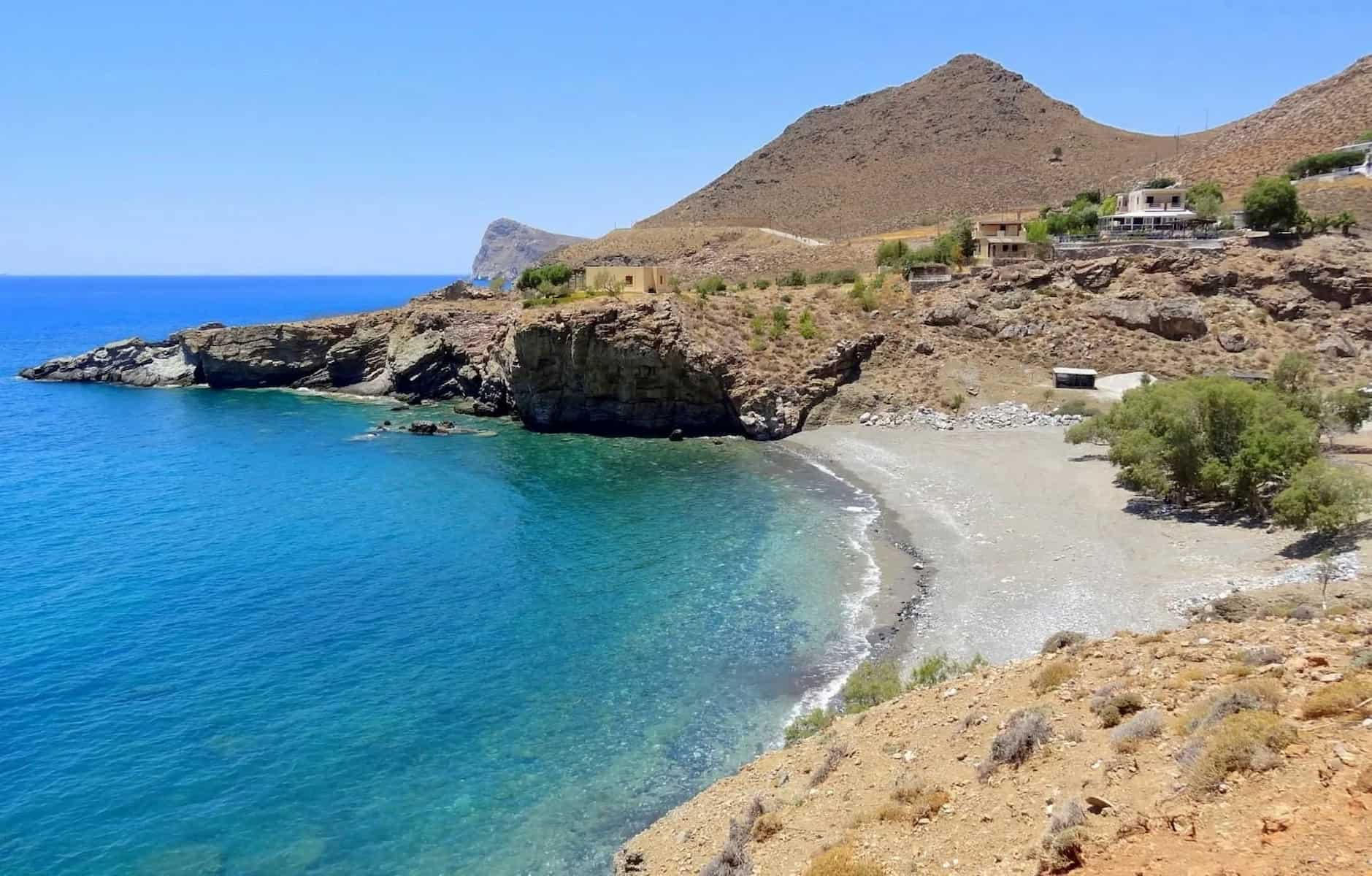
Sunset spectacle. Arriving at Koumbes around 7 PM rewarded me with a magnificent sunset view framing the distant White Mountains. Local couples and families gathered on the small headland to applaud as the sun dipped below the horizon.
Nature encounters. The rocky outcrops at the western end of Koumbes Beach created natural tide pools where I spotted colorful sea anemones, tiny crabs, and darting fish – a natural aquarium that fascinated me for hours.
Practical advice: Bring water shoes if you plan to explore the rocky sections, and pack your own refreshments as facilities are limited compared to the main town beaches.
4. Historical Fountains Tour
Water heritage. I created my own free walking tour connecting Rethymno’s historic fountains, each telling a story of the city’s development. These functional works of art once formed the backbone of public water supply and social gathering spaces.
Architectural variety. Beyond the famous Rimondi Fountain, I discovered the lesser-known Priuli Fountain (1609) near the Loggia with its distinctive Venetian lion relief. Each fountain showcases different artistic influences from Rethymno’s multicultural past.
Local interactions. While photographing the small Ottoman fountain on Mesologgiou Street, an elderly resident invited me to taste its “sweet water” – still considered by locals to have special properties compared to modern tap water.
Self-guided route:
- Start: Rimondi Fountain (Old Town center)
- Continue: Priuli Fountain → Patellaro Fountain
- End: Ottoman fountains near Neratze Mosque
- Distance: 1 km (approximately 1-2 hours with stops)
Cultural insight: Notice how fountain designs changed between Venetian rule (more decorative, with Christian symbols) and Ottoman period (simpler, with Arabic inscriptions) – a visual history lesson in stone.
Seasonal Activities in Rethymno
Christmas in Rethymno
Festive transformation. Experiencing Rethymno during Christmas revealed a magical side of this summer destination. The narrow Old Town streets glowed with thousands of twinkling lights, while traditional karavakia (small Christmas boats) replaced conventional trees in many displays.
Market treasures. The Christmas market in Mikrasiaton Square became my evening ritual, where I warmed my hands on cups of rakomelo (honey-spiced raki) while browsing handcrafted ceramics and wooden toys. Local producers offered special holiday treats like melomakarona (honey cookies) and kourabiedes (almond shortbread).
Cultural celebrations. I was moved by the Christmas Eve kalanda (carol singing) procession through Old Town, where children carrying lanterns performed traditional Cretan carols accompanied by lyra players. The blend of Byzantine hymns and local musical traditions created an unforgettable atmosphere.
Fortezza illuminations. The special light installation at the fortress transformed its ancient walls into a canvas of moving color patterns visible throughout the city. The contrast of modern lighting against the medieval structure created breathtaking photo opportunities.
Christmas Festivities. The Municipal Philharmonic Orchestra performs a special Christmas concert on December 13th at 19:00, starting from Agnostou Square and passing through Arkadiou Street, Petichaki Square, and Ethnikis Antistaseos Street.
Seasonal tip: Many summer businesses close, but winter reveals authentic tavernas frequented by locals. Try To Pigadi on Arabatzoglou Street for traditional Christmas dishes like gourounopoulo (roast pork) and avgolemono soup.
Summer Festivals and Events
Renaissance Festival magic. The highlight of my July visit was Rethymno’s Renaissance Festival, when the entire Old Town transforms into a living museum of 16th-century life. I watched street performers, attended open-air theater, and joined workshops on traditional crafts – most events completely free. The festival takes place from August 17th to August 30th.
Musical evenings. The ancient Fortezza becomes a spectacular concert venue during summer months. I splurged on tickets (€15-25, approximately $16-27) for the Cretan lyra concert, where traditional music echoed off stone walls under starlit skies.
Beach parties energy. The full moon parties at Kalypso Gulf blended traditional Cretan music with modern beats. Unlike commercial beach parties elsewhere, these gatherings attracted a mix of locals and visitors creating a genuine cultural exchange through music and dance.
Festival schedule:
- Renaissance Festival: August 17th – August 30th
- Wine Festival: Early October
- Traditional Music Nights: Every Tuesday (July-August)
Local insight: For authentic Cretan music without tourist markup, follow posters for glendi (local celebrations) in nearby villages – often featuring better musicians than commercial events.
Spring Blooms
Wildflower explosion. My April visit coincided with Crete’s spectacular wildflower season. The hills around Rethymno transformed into carpets of red poppies, yellow daisies, and purple anemones – creating natural gardens more impressive than any cultivated display.
Gorge adventures. Mili Gorge, just 7km south of Rethymno, offered the perfect spring hiking experience. The moderate 4km trail follows an ancient path connecting abandoned water mills, with wildflowers and flowing streams creating a sensory paradise.
Bird watching. Spring migration brought dozens of bird species to the wetlands near Geropotamos River (15 minutes east of Rethymno). I spotted colorful bee-eaters, hoopoes, and even flamingos with my basic binoculars – no expensive equipment needed.
Agricultural experiences. Local farmers invited me to participate in the spring sheep shearing and cheese-making demonstrations at Agreco Farm (20 minutes from Rethymno). The hands-on activities connected me with agricultural traditions still practiced across Crete.
Practical advice: Spring weather can be unpredictable – pack layers and light rain gear even on sunny mornings, as mountain conditions change quickly.
Peak wildflower season: February to end of April
Autumn Foliage Walks
Golden landscapes. While Crete isn’t known for dramatic fall colors like northern Europe, my October hike through Kotsifou Gorge revealed subtle autumn beauty. The changing plane trees and wild pears created golden tunnels along the ancient shepherd paths.
Perfect temperatures. Autumn provided ideal hiking conditions – warm enough for t-shirts during day hikes but without summer’s oppressive heat. The crystal-clear air improved visibility, revealing distant mountains often hazy during summer months.
Harvest activities. I joined a local family for their olive harvest, an experience typically closed to tourists during busier seasons. The traditional methods, communal meals, and sense of connection to the land offered insights into Cretan culture impossible to gain during peak season.
Trail recommendation:
- Kotsifou Gorge: 8km out-and-back trail
- Difficulty: Moderate
- Starting point: Plakias village (40 minutes from Rethymno)
- Highlights: Byzantine chapel, limestone cliffs, autumn foliage
Seasonal tip: October-November brings the olive harvest – many small producers welcome visitors to observe traditional pressing methods if you express genuine interest.
Olive harvest season: Late October through December, sometimes extending into January
Day Trips from Rethymno
1. Elafonissi Pink Sand Beach
Natural wonder. Taking a day trip from Rethymno to Elafonissi revealed one of the most beautiful beaches in all of Crete. The famous pink-tinged sand creates an otherworldly landscape against crystal-clear turquoise waters that made me question if I was still in Greece or had somehow teleported to the Caribbean.
Island exploration. During low tide, I waded through knee-deep waters to reach the small island nature reserve. Following marked paths between protected sand dunes, I discovered secluded coves where fewer visitors venture. The contrast between the pink sand and blue sea makes this one of the most enchanting spots on the northern coast of Crete.
Practical journey. The drive from Rethymno takes about 90 minutes through picturesque mountain villages and dramatic gorges. I recommend leaving Rethymno early (before 8 AM) to arrive before the crowds and tour buses from Chania and Heraklion.
Local tip: Visit the small Byzantine chapel on the island for a moment of tranquility away from the beach crowds. Its simple white walls against the natural landscape create a quintessentially Greek scene worth photographing.
Beach essentials:
- Entrance: Free (parking €3)
- Facilities: Basic tavernas, restrooms, umbrella rentals (€7)
- Best visited: May-June or September (July-August gets extremely crowded)
⭐ Best Activities
- From Rethymno/Kavros: Elafonissi Pink Sand Beach Tour – Embark on a full-day trip to Elafonissi Island in the southwest of Crete, Travel on an air-conditioned bus.
2. Samaria Gorge Trekking
Natural marvel. Hiking through Europe’s longest gorge was the most challenging yet rewarding day trip from Rethymno. The 16km trail descends from the White Mountains through increasingly dramatic landscapes – from pine forests to narrow passages where cliff walls tower 300m overhead.
Wildlife encounters. I spotted several kri-kri (Cretan wild goats) near the abandoned village of Samaria. These endangered animals are found nowhere else in the world, making this hike as much a wildlife experience as a natural one.
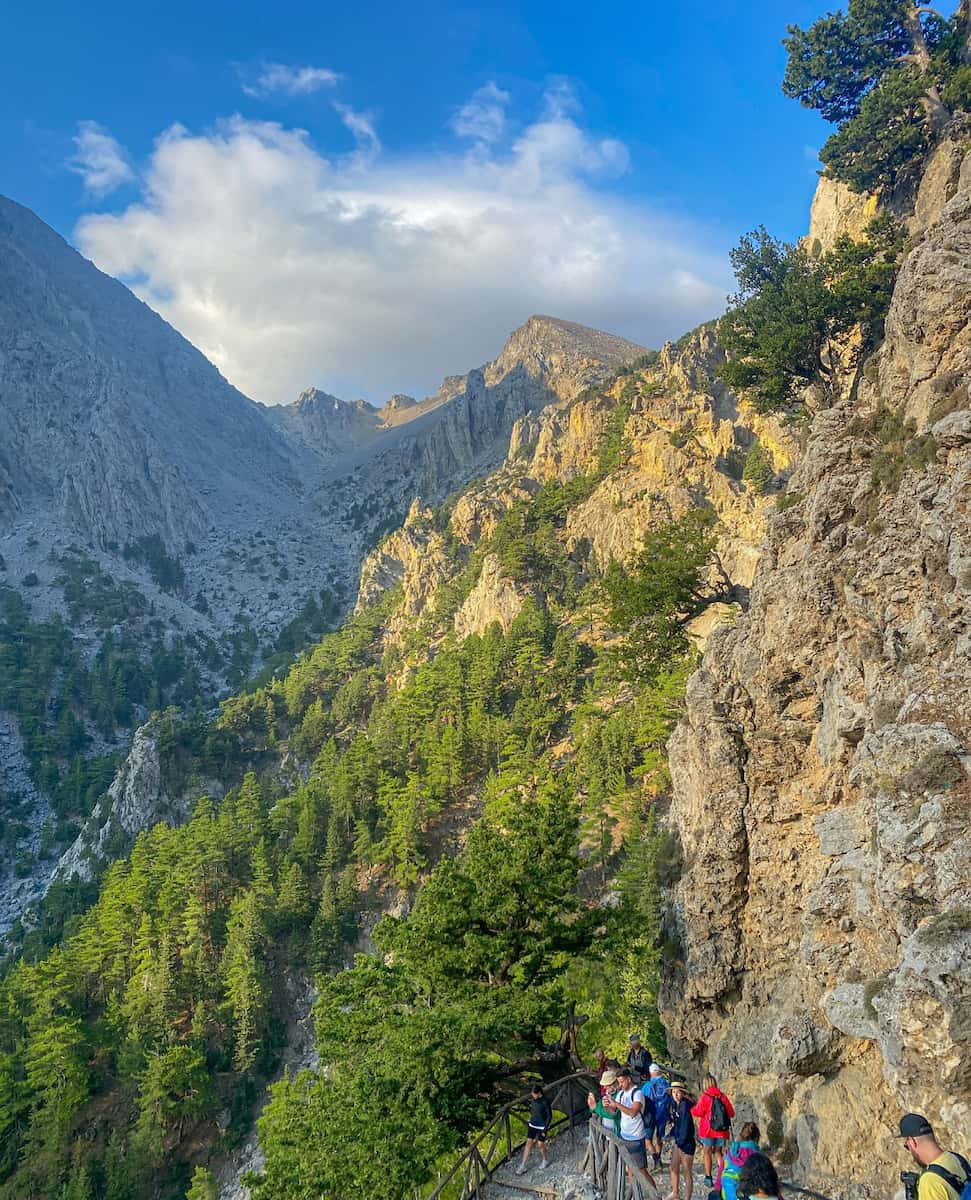
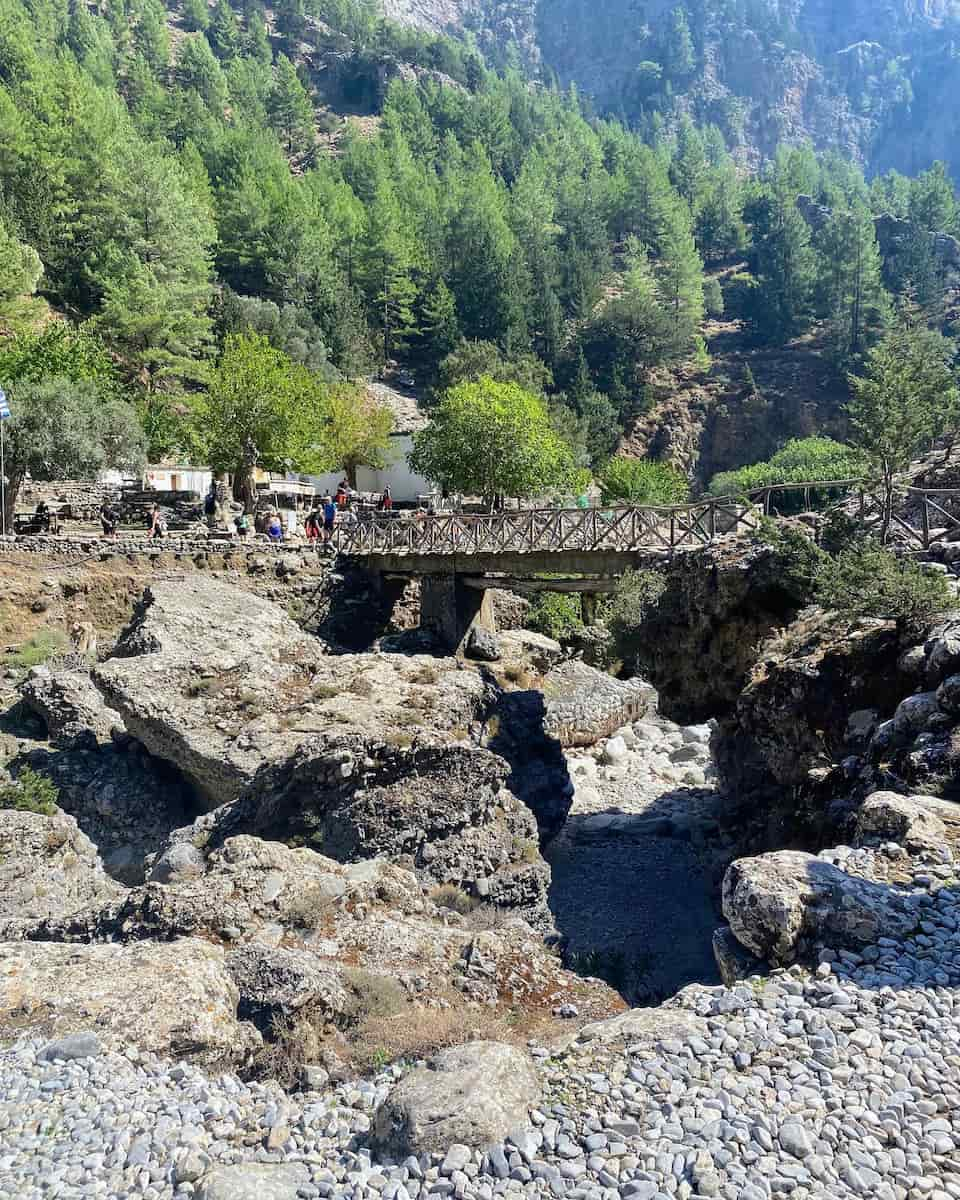
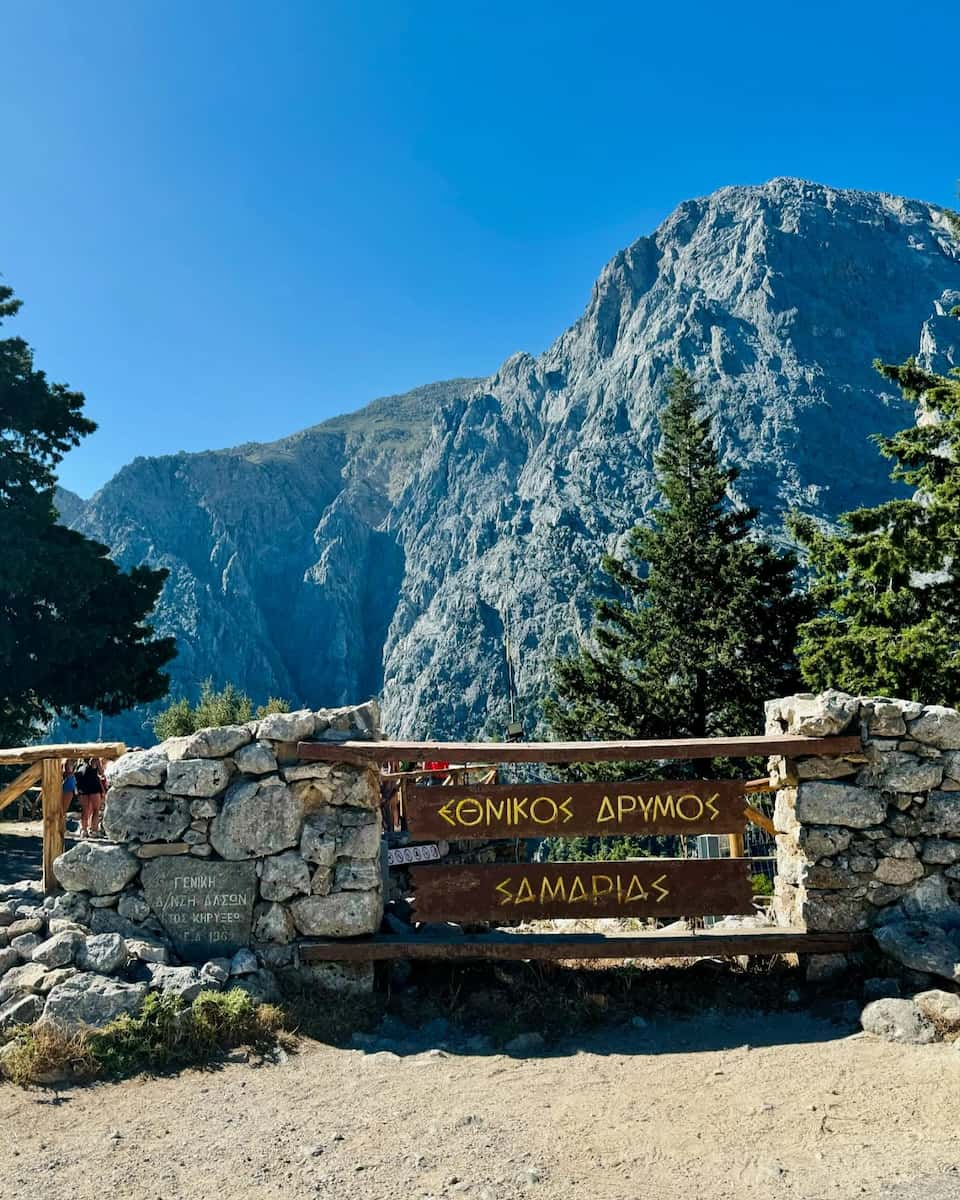
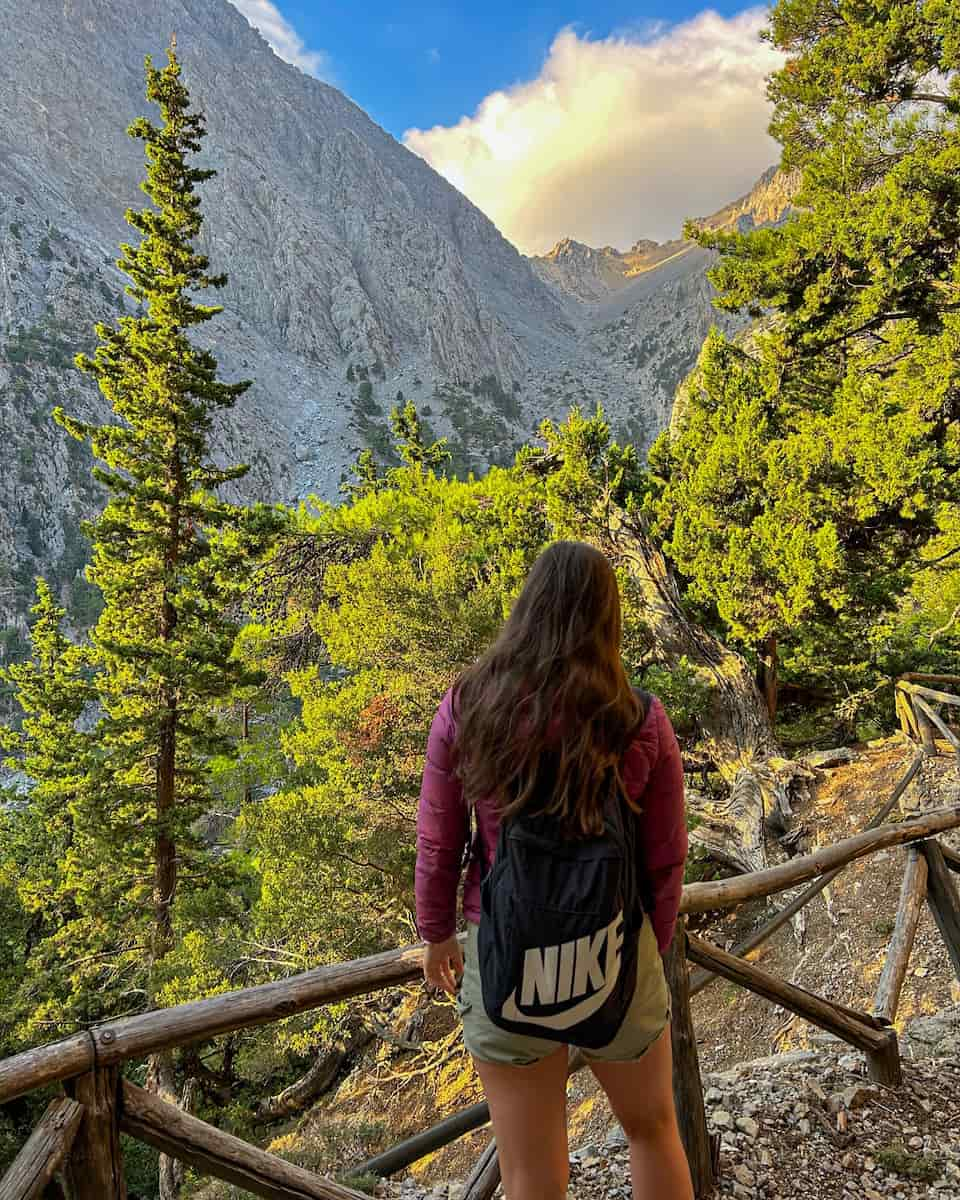
Logistical planning. The journey requires careful organization: I took an early bus from Rethymno to the Omalos plateau starting point (€15), hiked through to Agia Roumeli, then caught the ferry to Sfakia (€12) and finally a bus back to Rethymno (€11).
Physical challenge. The trail descends over 1,200 meters, putting significant strain on knees and ankles. I’m glad I brought proper hiking boots and trekking poles – this is definitely not a flip-flop friendly excursion from Rethymno town!
Worth the effort: Despite the physical demands, emerging at the small coastal village of Agia Roumeli and diving into the Libyan Sea after the hike remains one of my most memorable experiences in Crete.
⭐ Best Activities
- From Rethymno: Samaria Gorge Full-Day Trek with Pickup & Guide – Embark on an unforgettable hiking adventure through Europe’s longest gorge with expert guides, transportation from Rethymno, and the chance to experience Crete’s most impressive natural wonder.
3. Chania and Kournas Lake Tour
Venetian splendor. Just 60 minutes west of Rethymno lies Chania, another Venetian harbor town that rivals Rethymno in beauty but offers a different atmosphere. I spent the morning wandering its colorful streets, finding the old Venetian harbor even more extensive than Rethymno’s, with a larger lighthouse creating an iconic backdrop.
Market treasures. Chania’s covered market became my favorite spot to discover local crafts and Cretan specialties. The building itself, dating from 1913, houses dozens of vendors selling everything from mountain herbs to handcrafted knives – perfect souvenirs to bring back to Rethymno.
Lake serenity. After the urban exploration, I drove 30 minutes to Lake Kournas, Crete’s only freshwater lake. The contrast between the turquoise waters and surrounding mountains created a landscape that felt more like Austria than Greece. Renting a pedal boat (€10 for 30 minutes) allowed me to reach the center of the lake for panoramic views.
Culinary highlight. In the small village overlooking the lake, I discovered Taverna Kournas where the owner Maria served traditional dishes cooked in clay pots – a welcome change from the more tourist-oriented menus in the heart of Rethymno.
Perfect combination: This day trip offers both cultural and natural attractions, making it ideal for families with kids who might get restless with just one type of activity.
⭐ Best Activities
- Day trip to Rethymno, Chania & Kournas lake – If you like to explore independently but prefer to avoid self-drive, this western Crete tour is ideal. Cover ground you couldn’t hope to cover on public transport and save yourself more than four hours’ driving when you book this convenient trip to historic Rethymno, Venetian Chania and Lake Kournas, Crete’s only freshwater lake. A guide accompanies your bus but you’re free to discover each stop at your own pace.
4. Gramvousa Island and Balos Beach Excursion
Caribbean of Crete. The longest day trip from Rethymno (about 2 hours drive to Kissamos port) rewarded me with scenes that seemed impossible for Europe. The lagoon at Balos Beach features shallow waters in impossible shades of blue, with pink-white sand creating a natural paradise that rivals any beach I’ve seen worldwide.
Pirate history. The boat trip from Kissamos (€28 including port taxes) first stopped at Gramvousa Island, where I hiked 20 minutes up to a 16th-century Venetian fortress. Once a pirate hideout, the abandoned castle offers spectacular views over the sea wall and surrounding waters that made me feel like I’d stepped back in time.
Logistical reality. This excursion requires commitment – I left Rethymno at 6:30 AM and didn’t return until after 8 PM. The boat journey can be rough on windy days, and the path down to Balos involves a rocky 20-minute descent (and later ascent).
Photography paradise. The view from the trail approaching Balos provides the iconic postcard image of Crete that you’ve likely seen. I recommend bringing a good camera – smartphone photos simply can’t capture the extraordinary color gradients of the lagoon.
Worth visiting: Despite the crowds in peak season, this remains one of the best places in Greece for natural beauty. If you’re looking for an unforgettable day trip from Rethymno, this should top your list.
⭐ Best Activities
- Rethymno: Gramvousa & Balos Lagoon Day Trip with Boat Ticket – Visit the stunning Balos Lagoon and Gramvousa Island on this full-day excursion from Rethymno, including a scenic boat ride to these paradise-like destinations known for their turquoise waters and pink-white sand.
❓ FAQ
Is Rethymno or Rethymnon worth visiting in Crete?
Rethymno is absolutely worth visiting as one of the most charming cities in Greece, boasting one of the best-preserved Venetian old towns in the Mediterranean. Its unique blend of Venetian, Ottoman, and Greek influences creates an authentic atmosphere that transports visitors back in time unlike many other tourist destinations.
How do I get to Rethymno from other cities in Greece?
You can reach Rethymno by direct bus from Heraklion (1 hour) or Chania (40 minutes), with services running hourly throughout the day. Alternatively, rental cars offer flexibility for exploring, while ferry connections from Athens (Piraeus) to Rethymno port operate during summer months.
What are the best beaches near Rethymno town?
The main Rethymno Beach stretches for 12km east of town, offering organized sections with sunbeds and water sports alongside quieter sandy beach areas. For more secluded swimming, try Episkopi Beach (15 minutes east) or Bali Beach (30 minutes east), both featuring crystal clear waters and dramatic mountain backdrops.
Which churches and mosques should I visit in Rethymno?
Neratze Mosque (now a music conservatory) with its impressive minaret and the Four Martyrs Church are must-see religious sites in the old town. Don’t miss the small Byzantine churches hidden in narrow alleys, particularly Agios Frangiskos with its remarkable Venetian architecture and the Ottoman-era Kara Musa Pasha Mosque near the Fortezza.
What fun things can families do in Rethymnon?
Families can enjoy the shallow waters of Rethymno Beach, take a mini pirate boat cruise from the Venetian harbor, or visit the interactive Archaeological Museum. The nearby Acqua Plus Water Park (30 minutes east) and the traditional olive oil factory tours offer entertaining educational experiences for children of all ages.
What makes Rethymno Old Town special to explore?
Rethymnon Old Town features a magical labyrinth of narrow Venetian streets lined with Ottoman architecture, colorful buildings, and hidden courtyards. Its authentic character remains intact with local craftsmen still working in traditional shops, while the absence of vehicle traffic in many areas creates a peaceful atmosphere perfect for wandering.
Is the Fortezza Castle in Rethimno worth the climb?
The Fortezza is absolutely worth the moderate uphill walk, rewarding visitors with panoramic views of the entire city, harbor, and coastline of Crete. Inside the massive 16th-century walls, you’ll discover well-preserved buildings including the Sultan Ibrahim Mosque, archaeological remains, and a small museum explaining the fortress’s strategic importance.
Can I take a day trip from Rethymno to famous Cretan sites?
Rethymno’s central location makes it perfect for day trips to Knossos Palace near Heraklion (1 hour east), the stunning Elafonissi pink sand beach (90 minutes southwest), or the impressive Samaria Gorge. Organized tours depart daily from the town center, or rental cars provide flexibility to explore lesser-known mountain villages and secluded beaches.
What is special about the Venetian lighthouse in Rethymno?
The Egyptian lighthouse (often called Venetian) stands as Rethymno’s most photographed landmark, marking the entrance to the old harbor with its distinctive stone structure. Built during the Egyptian occupation of Crete in the 1830s on Venetian foundations, it creates a magical silhouette at sunset and offers excellent photo opportunities from the harbor breakwater.
When is the best time to visit Rethymno, Crete?
May-June and September-October offer perfect conditions with warm temperatures (22-28°C), fewer crowds, and lower prices than peak summer. These shoulder seasons allow you to enjoy swimming at Rethymno beaches while also comfortably exploring the old town, plus you’ll experience more authentic local life as many cultural festivals occur during these months.
